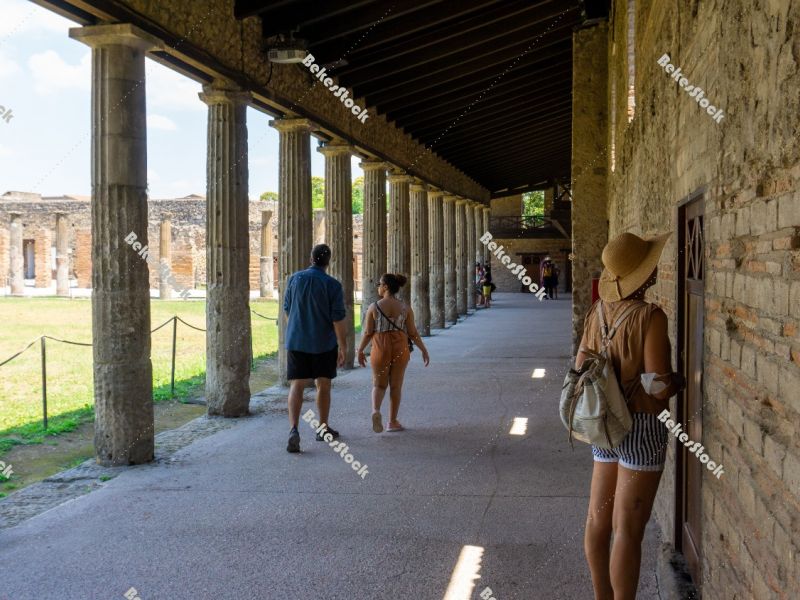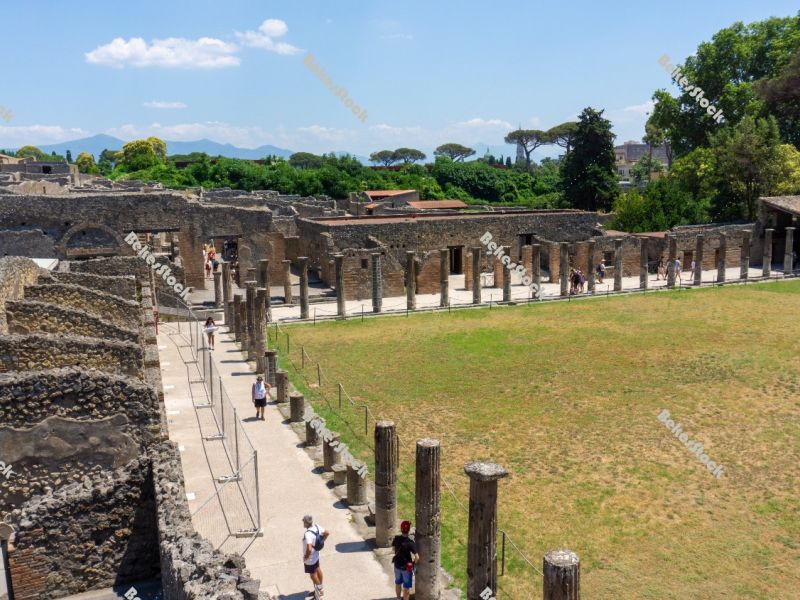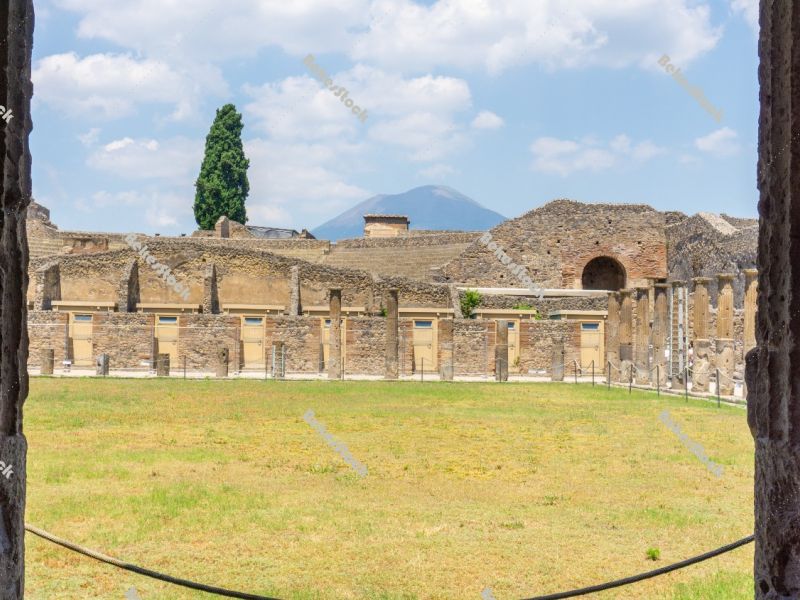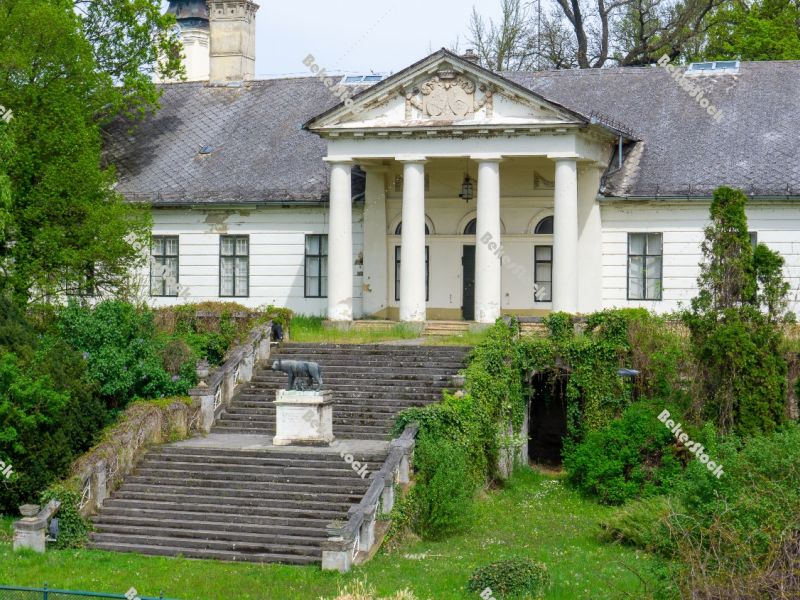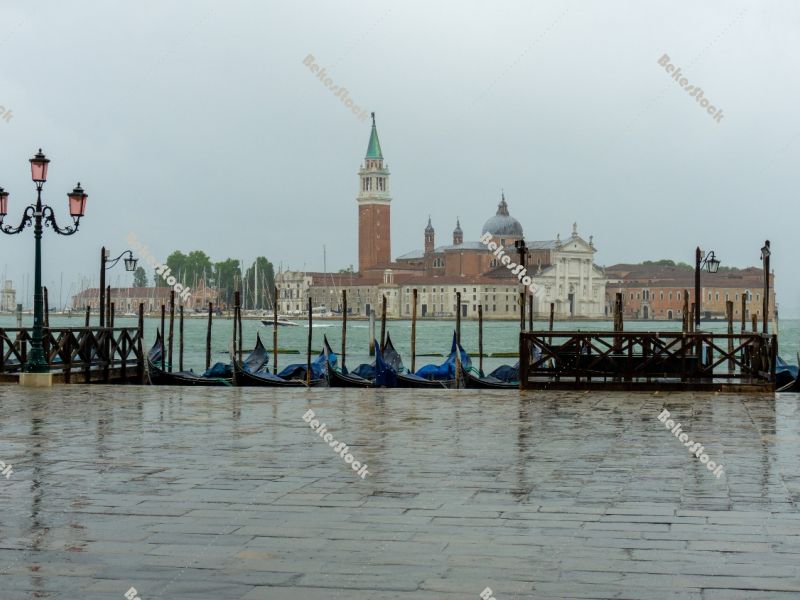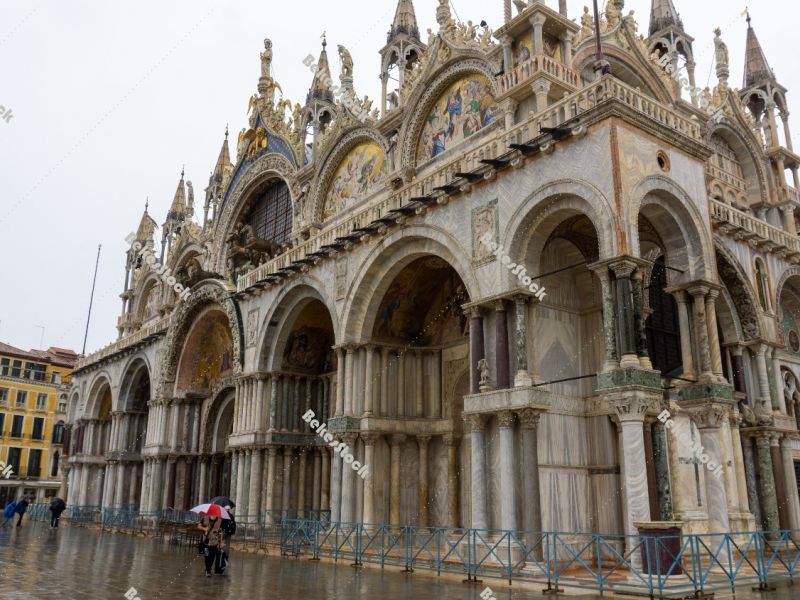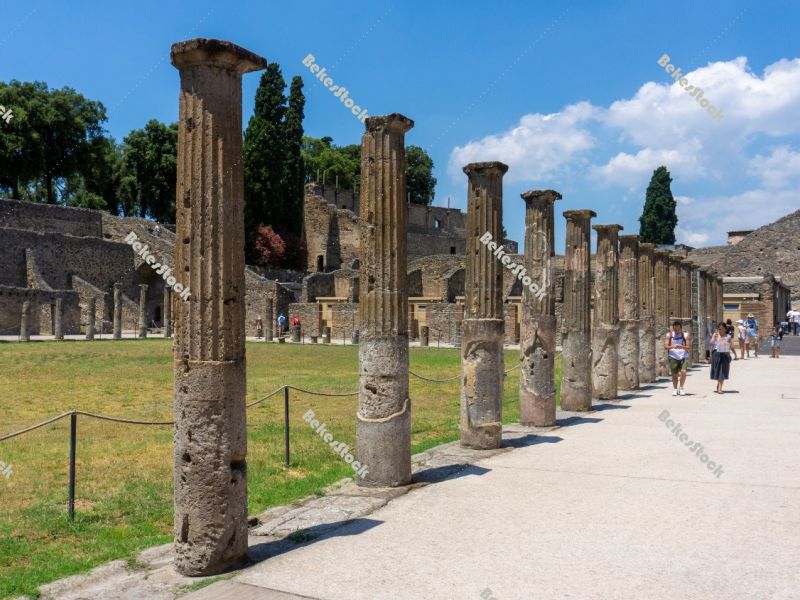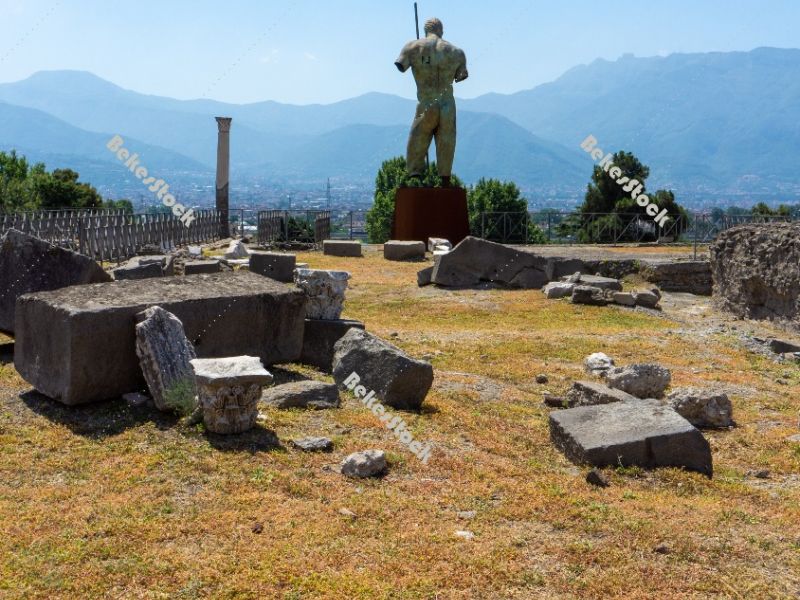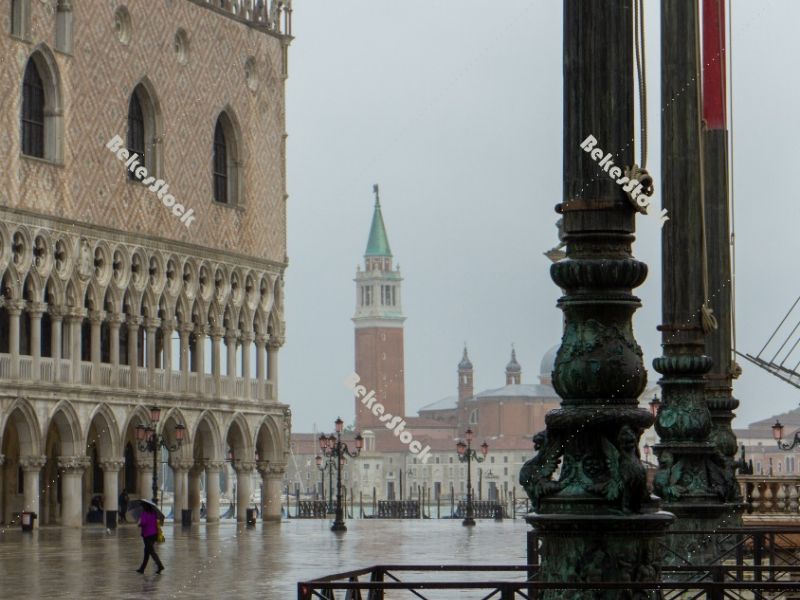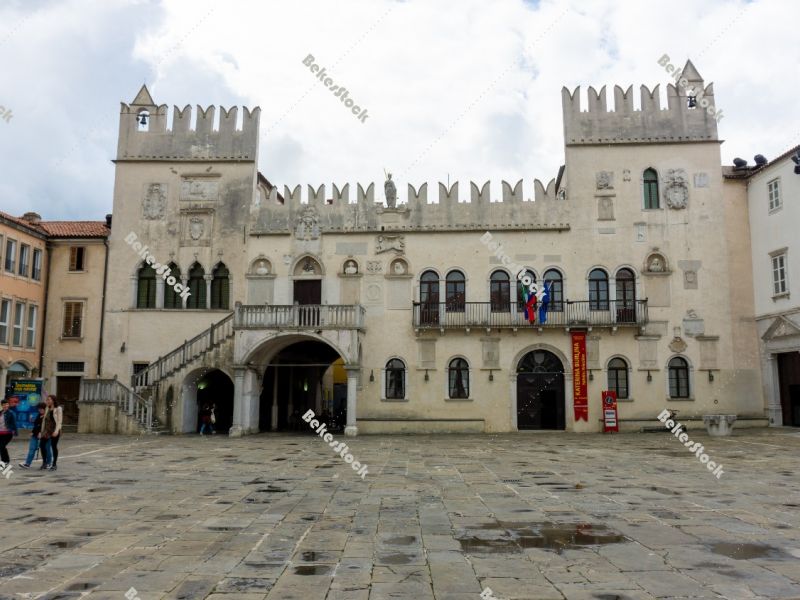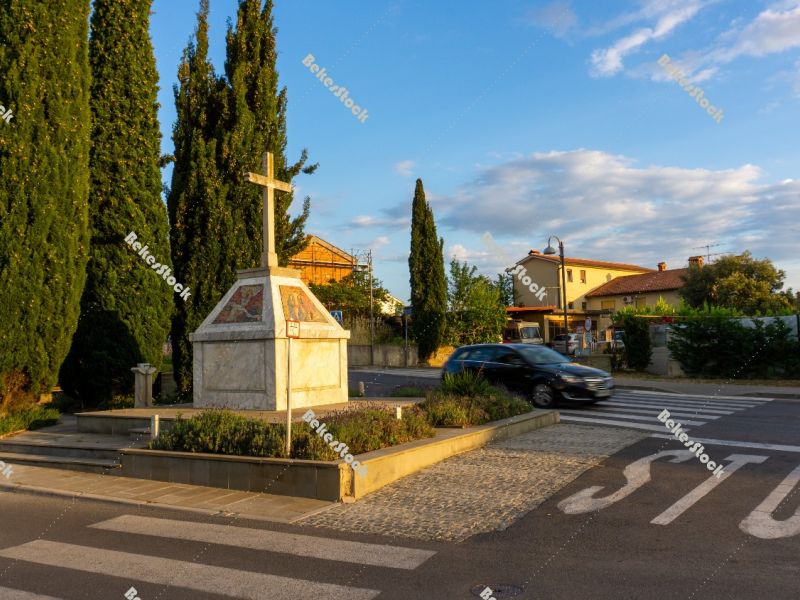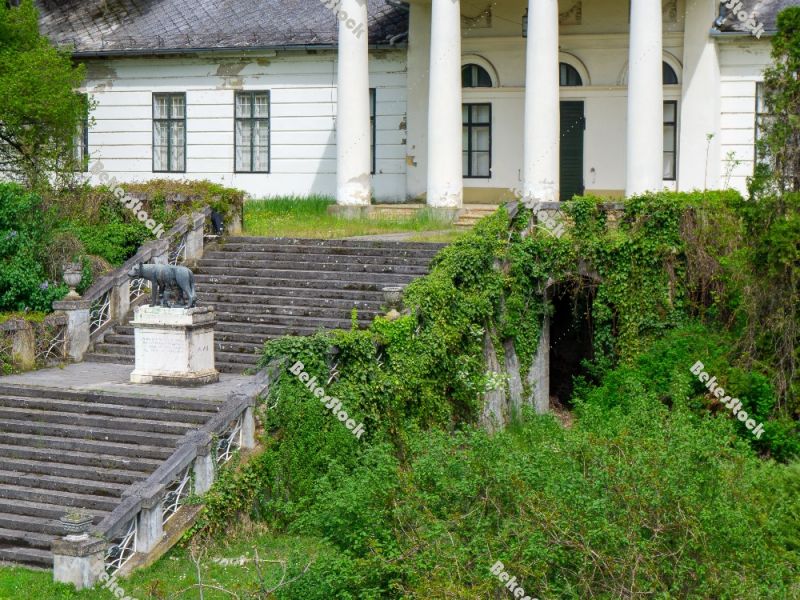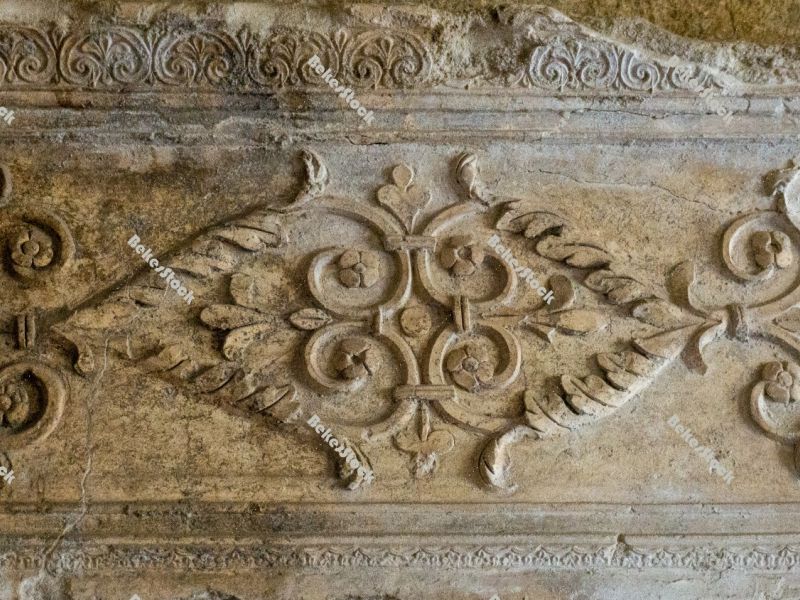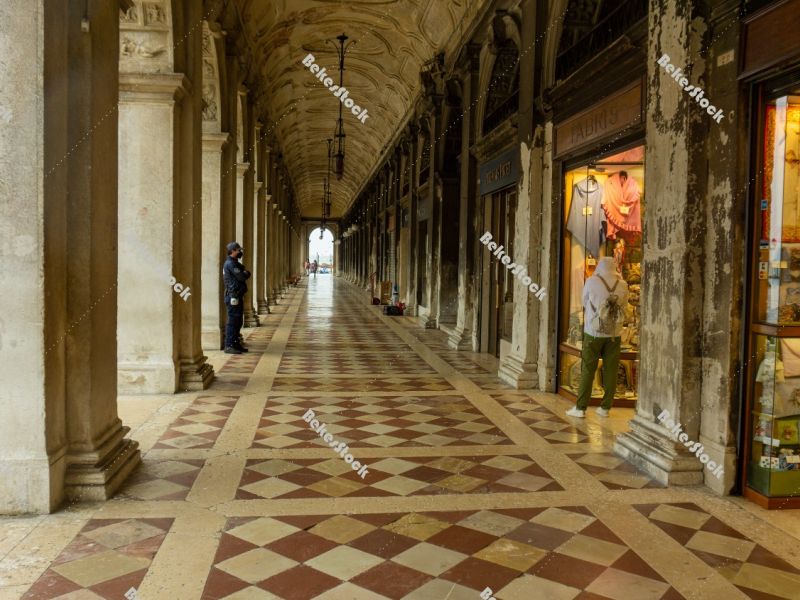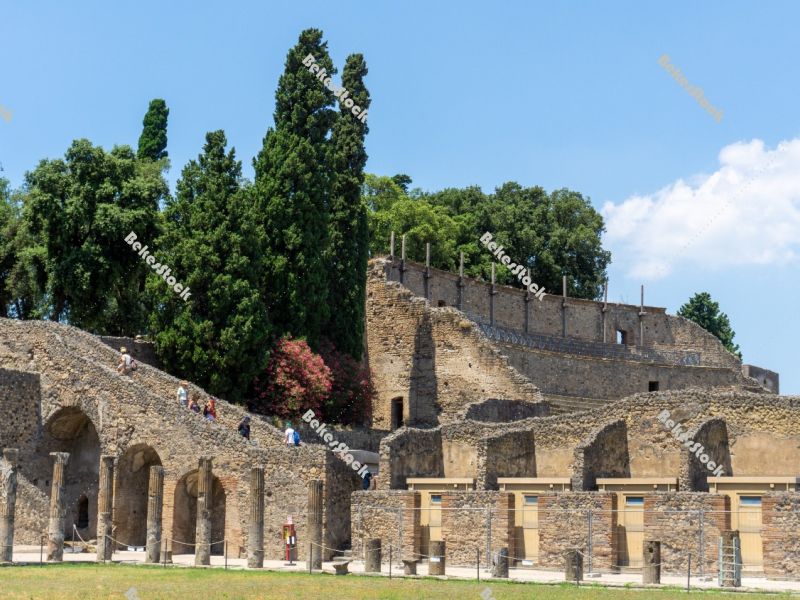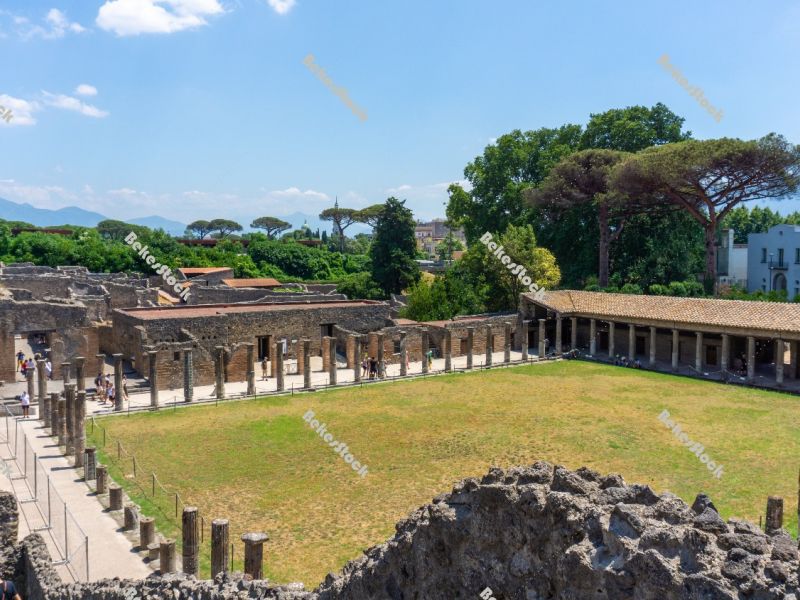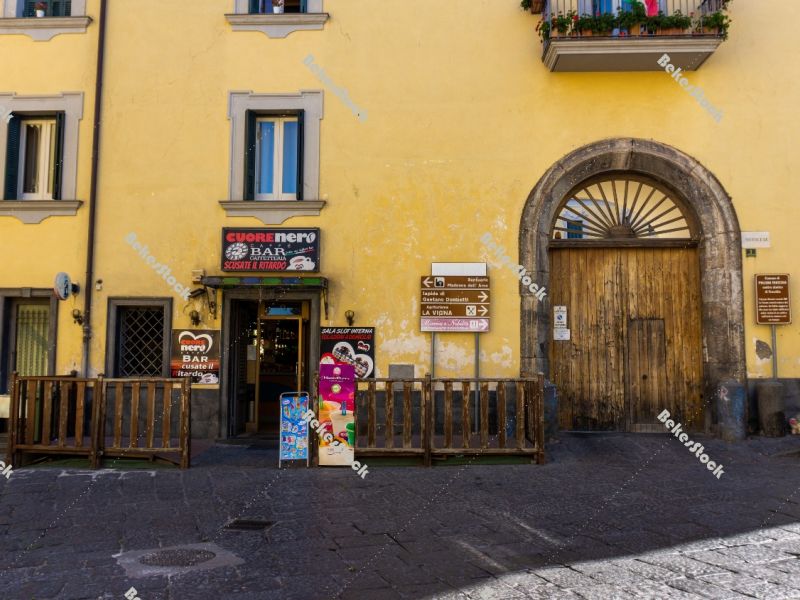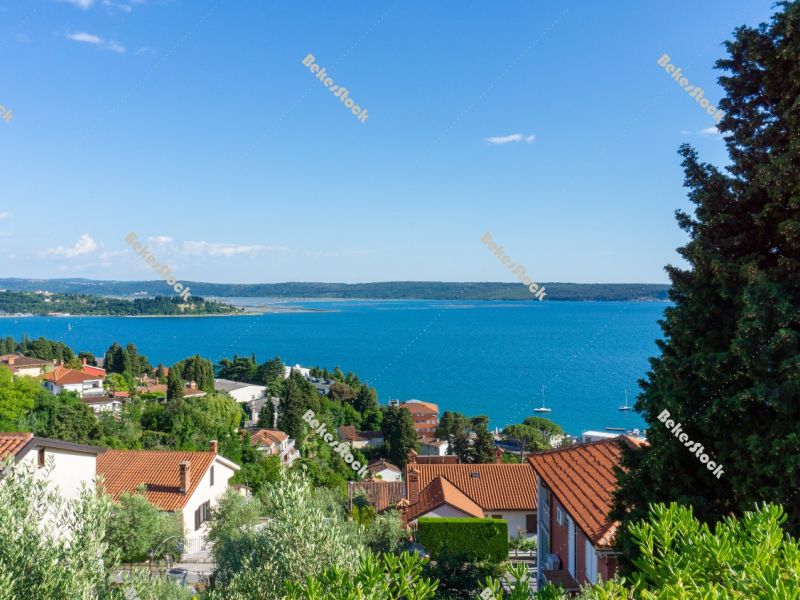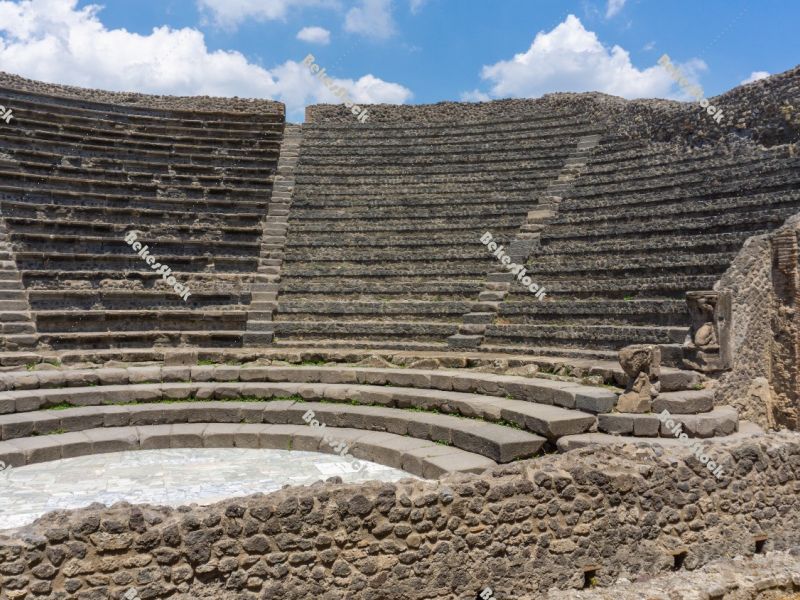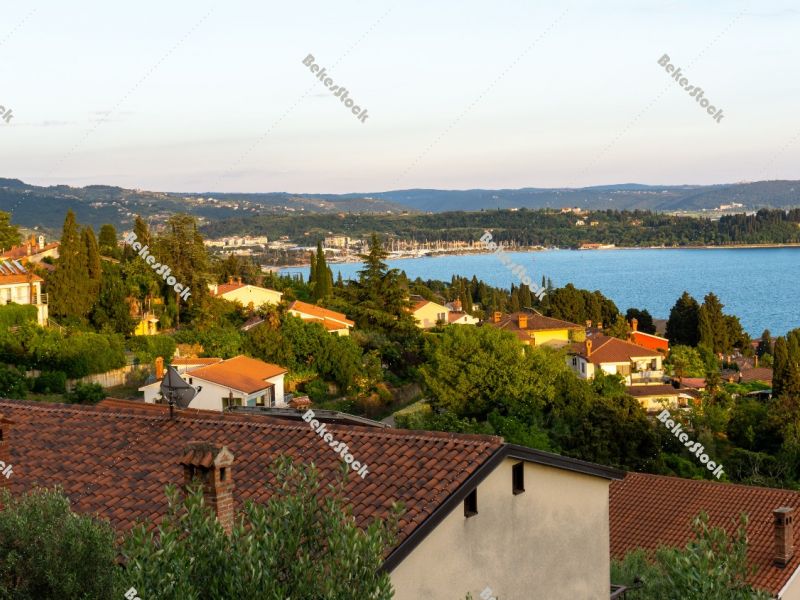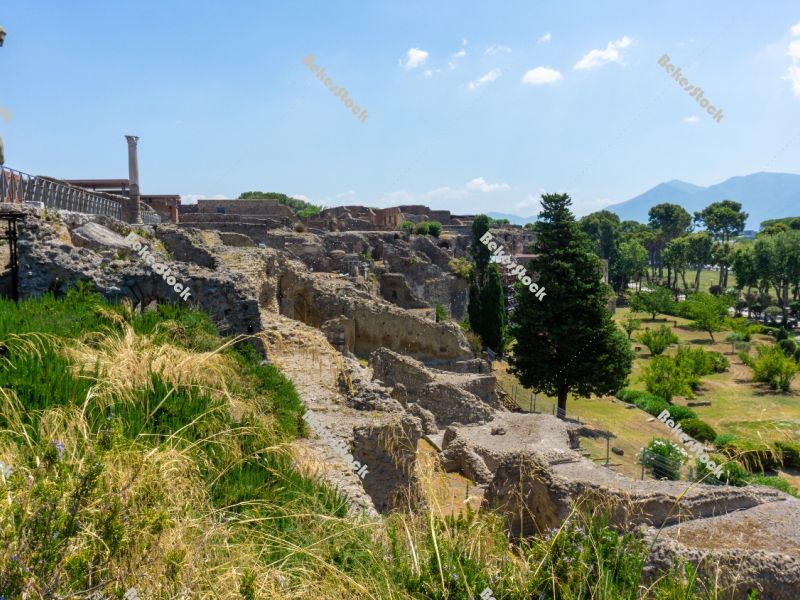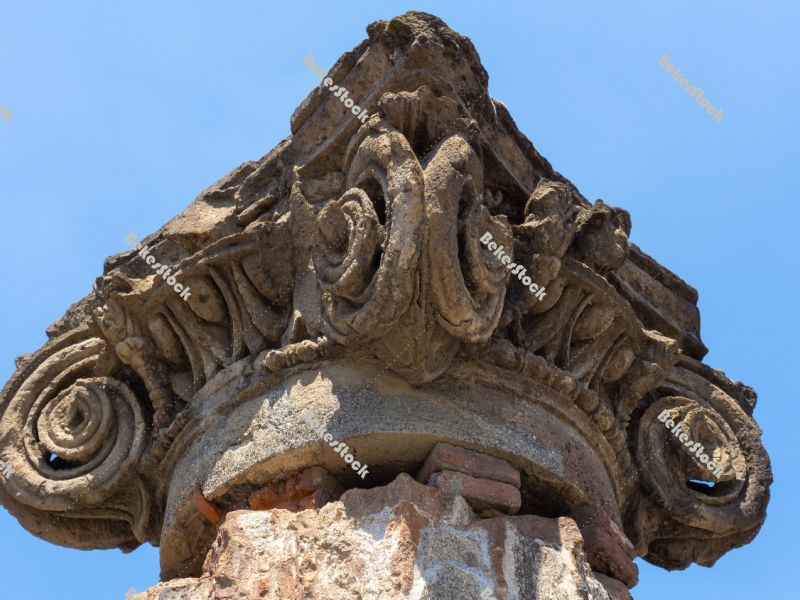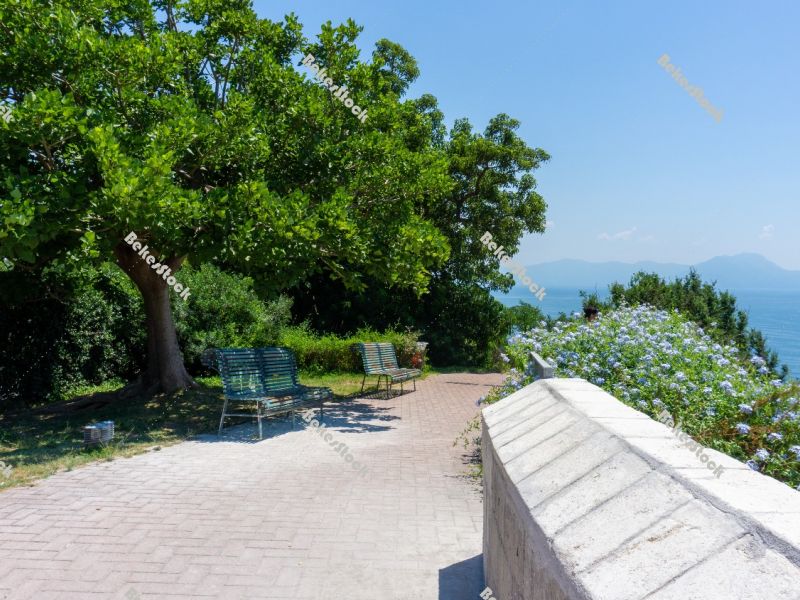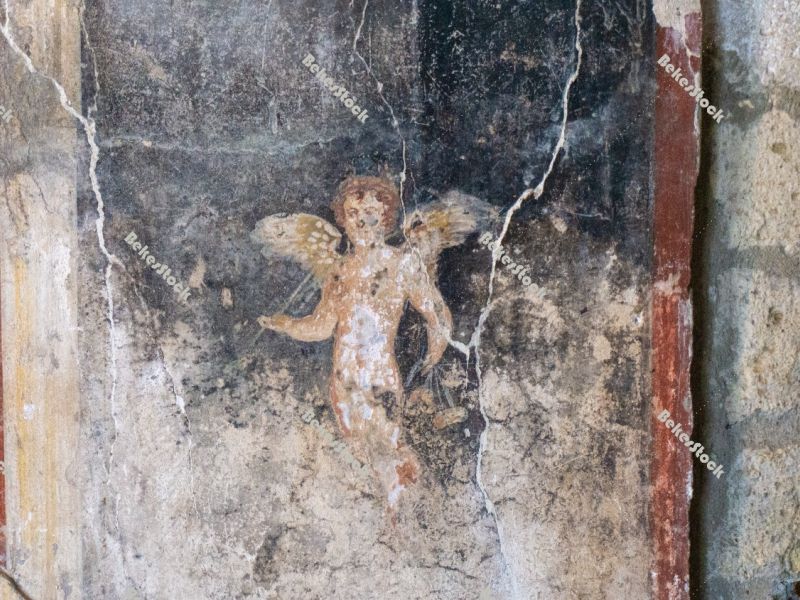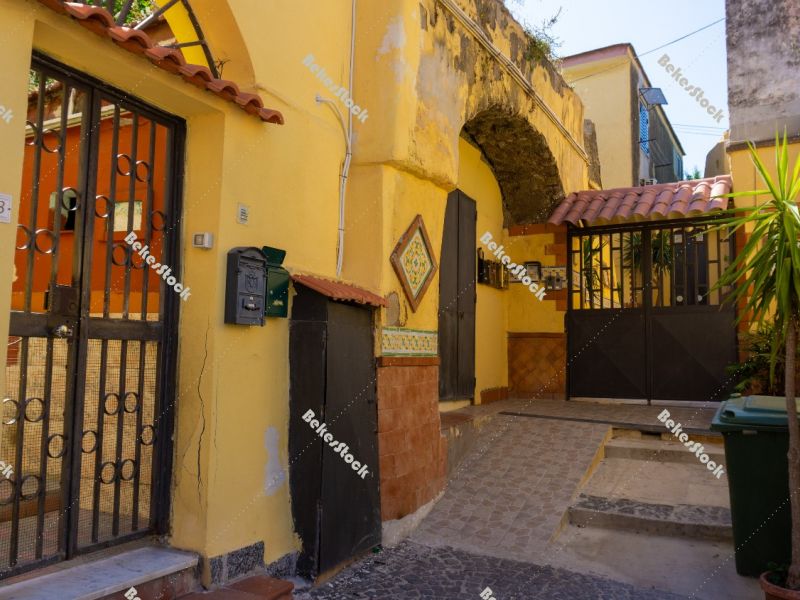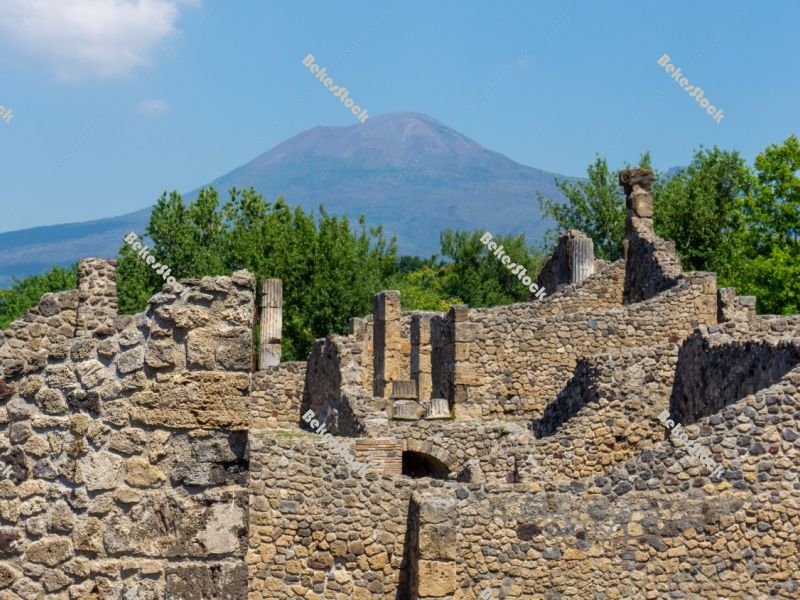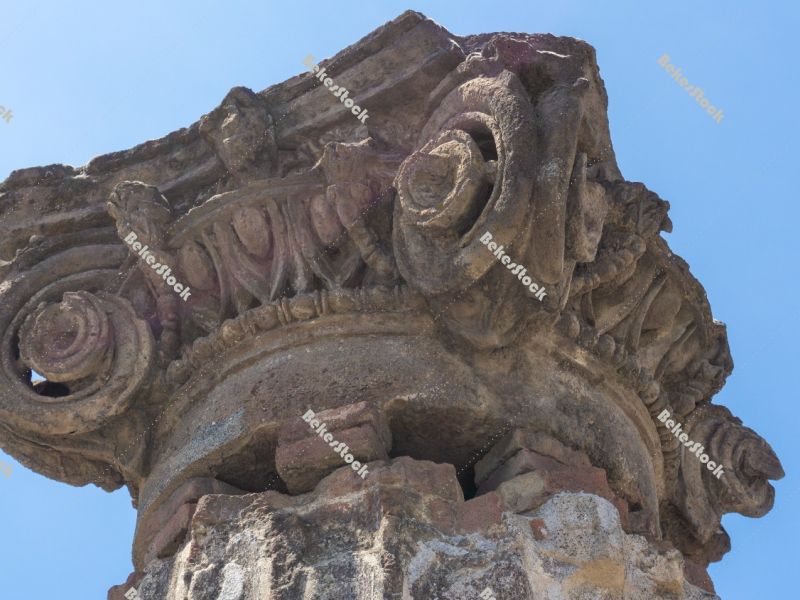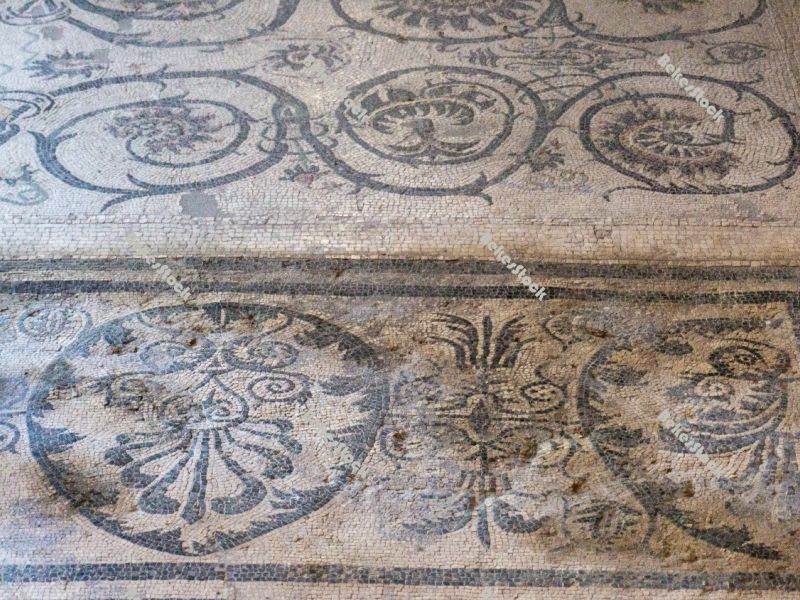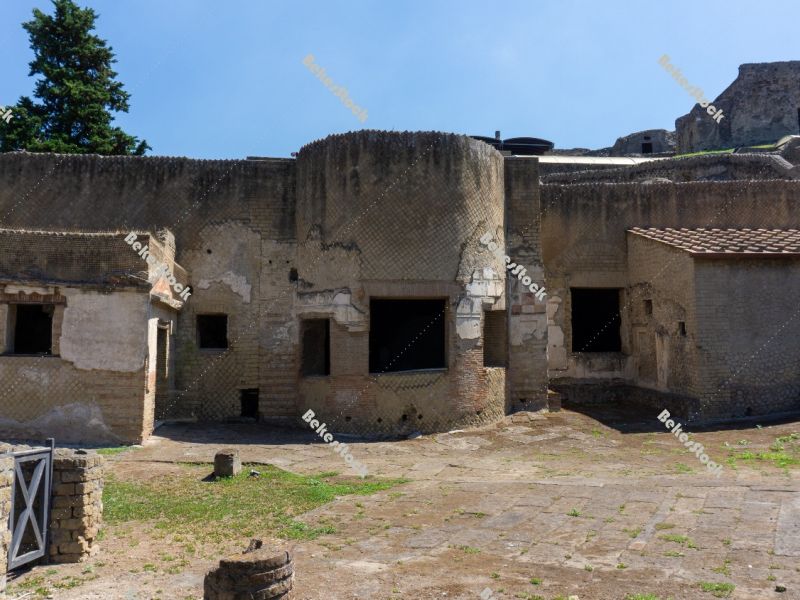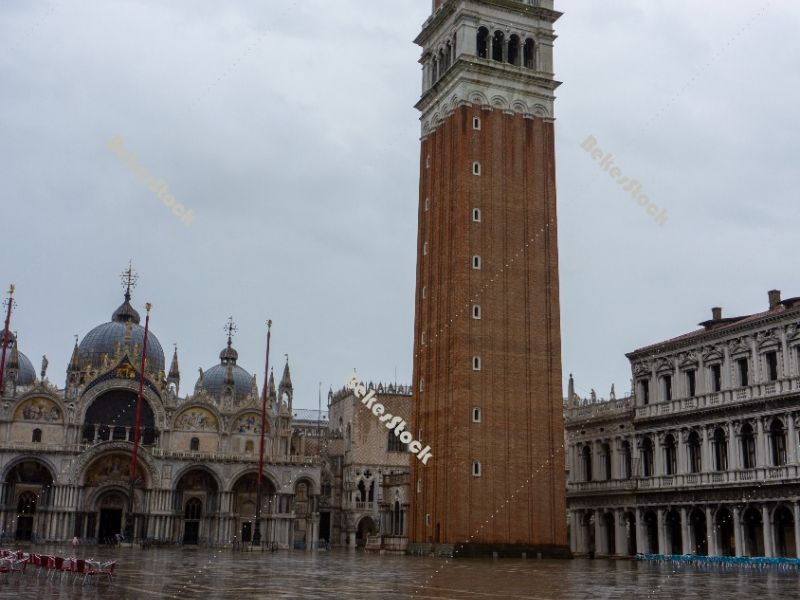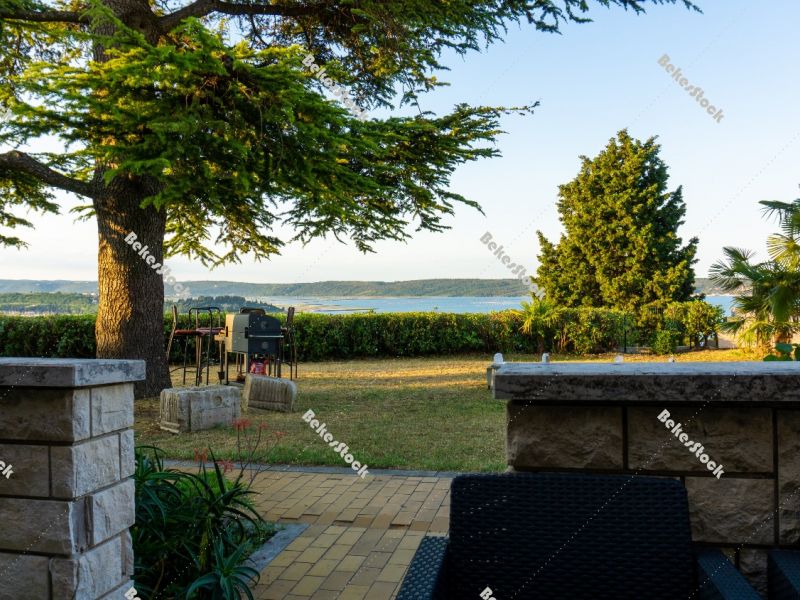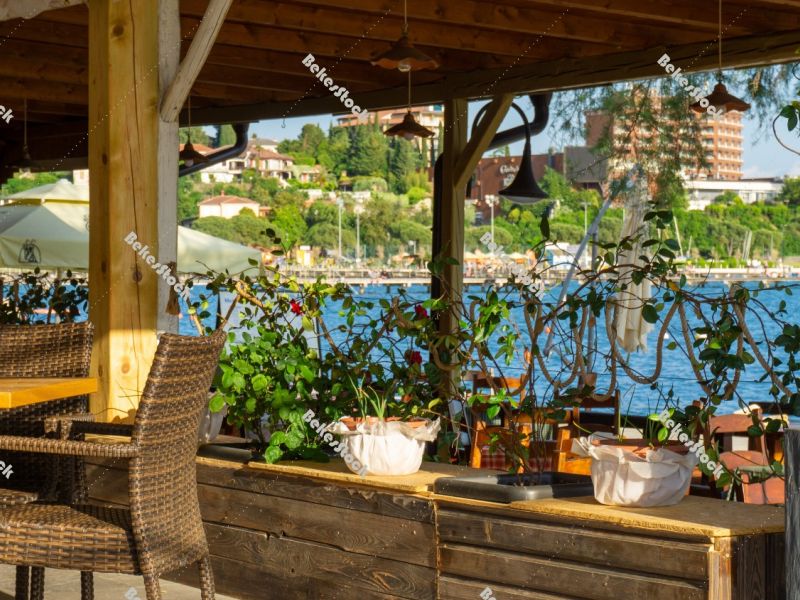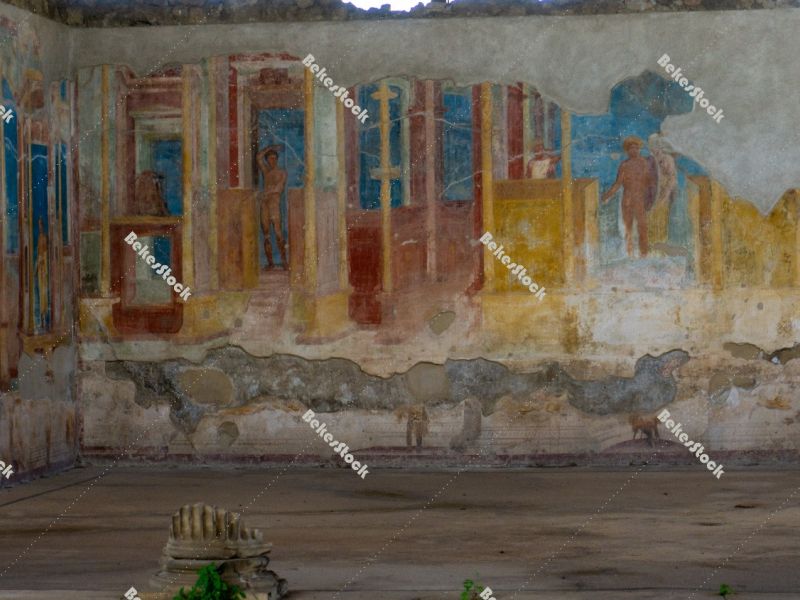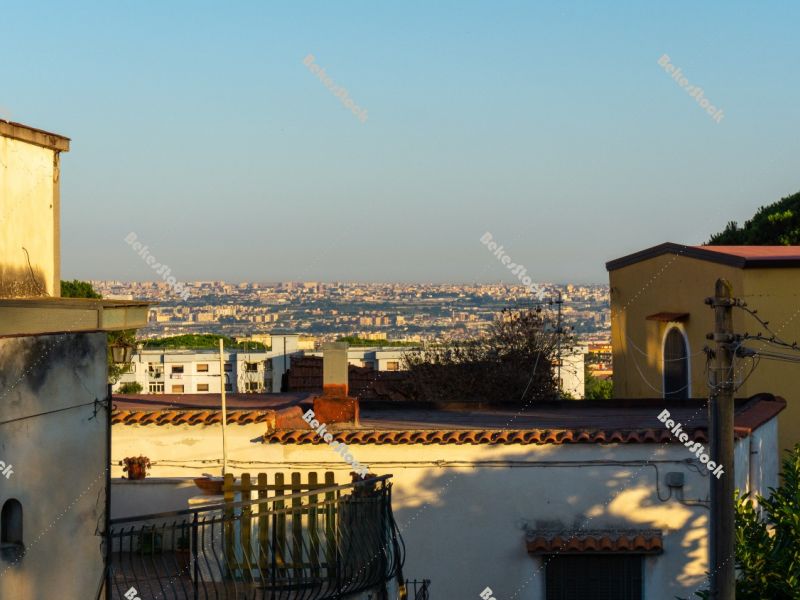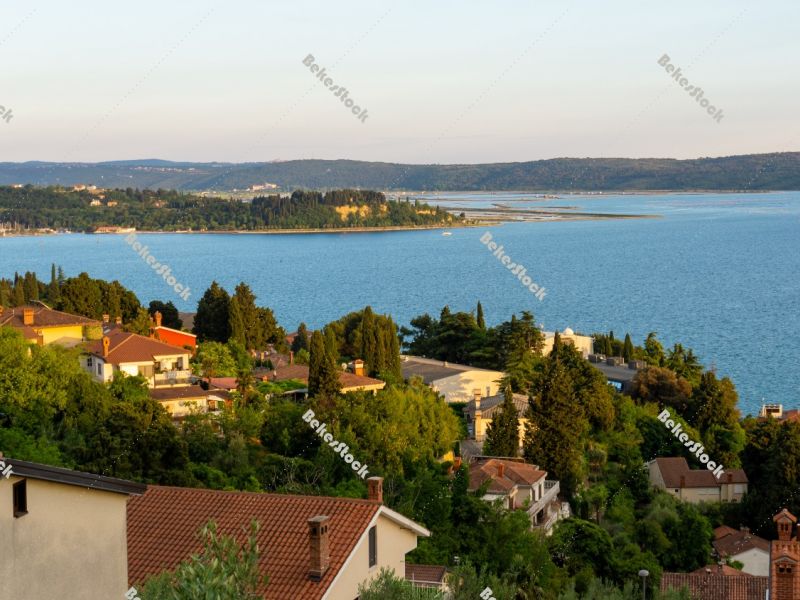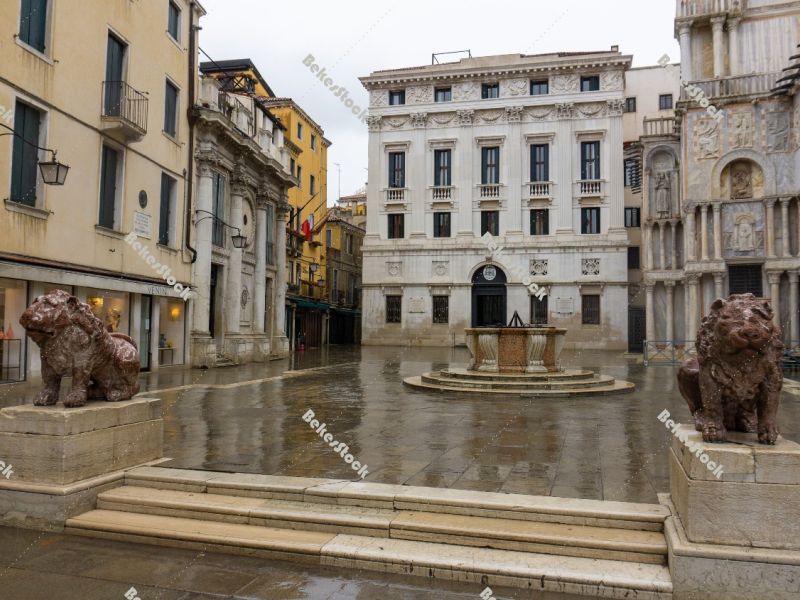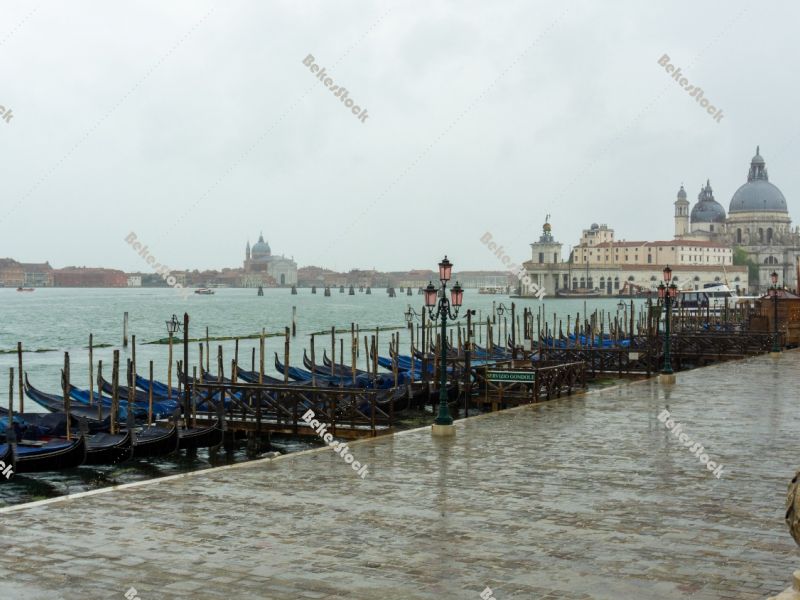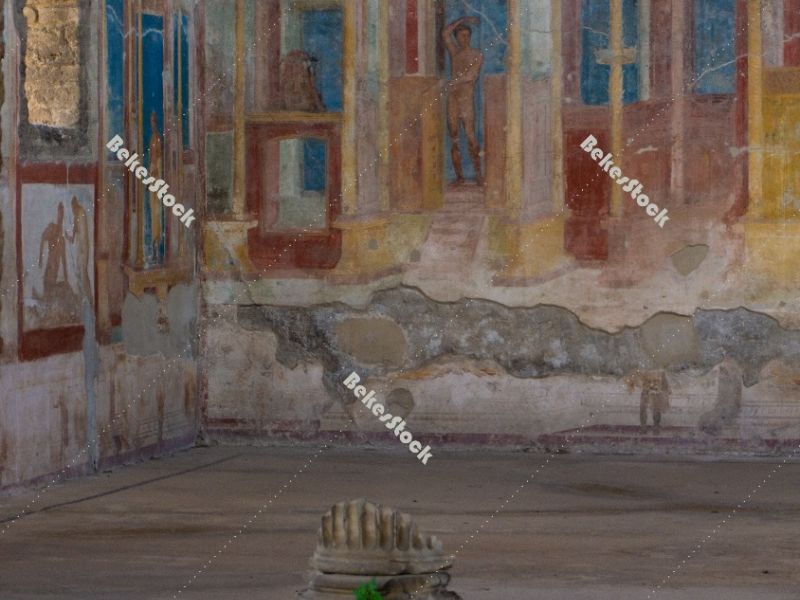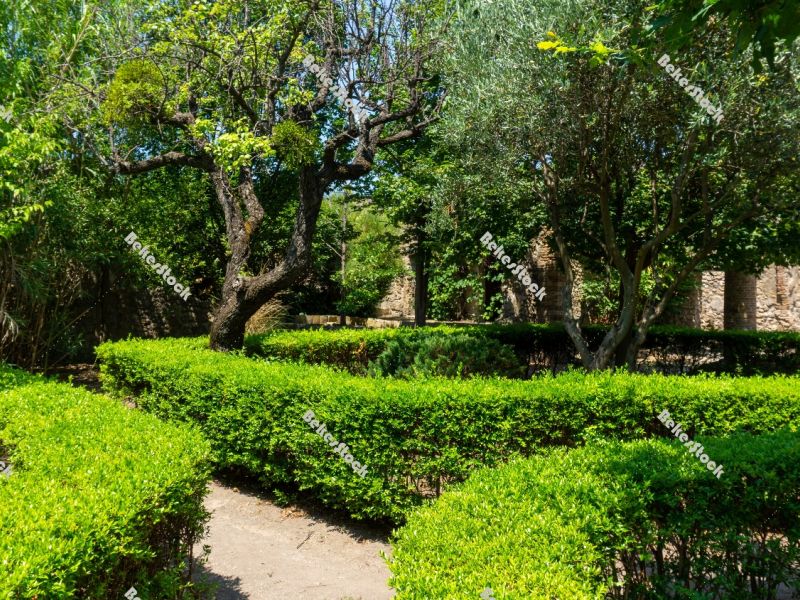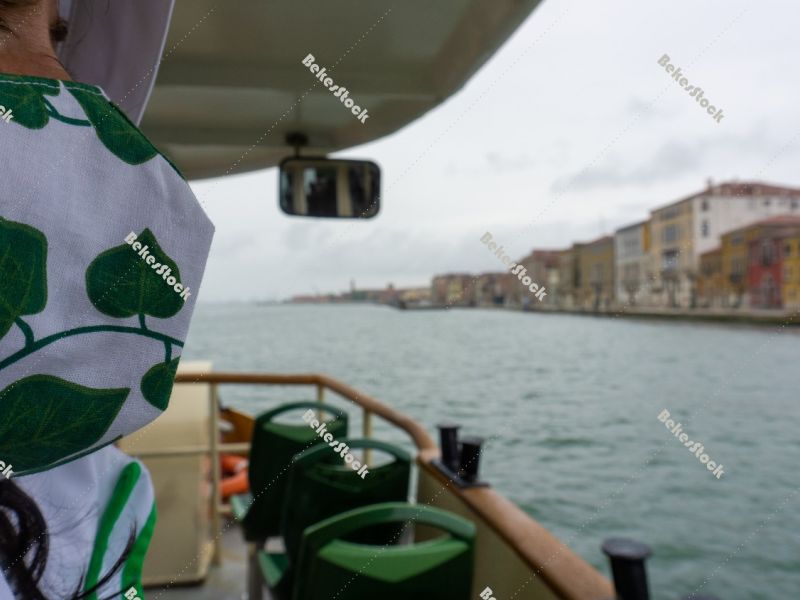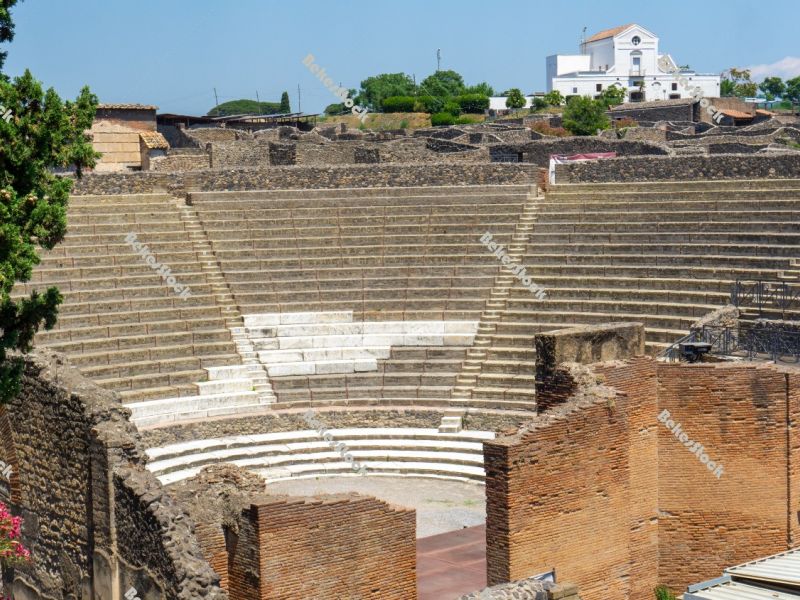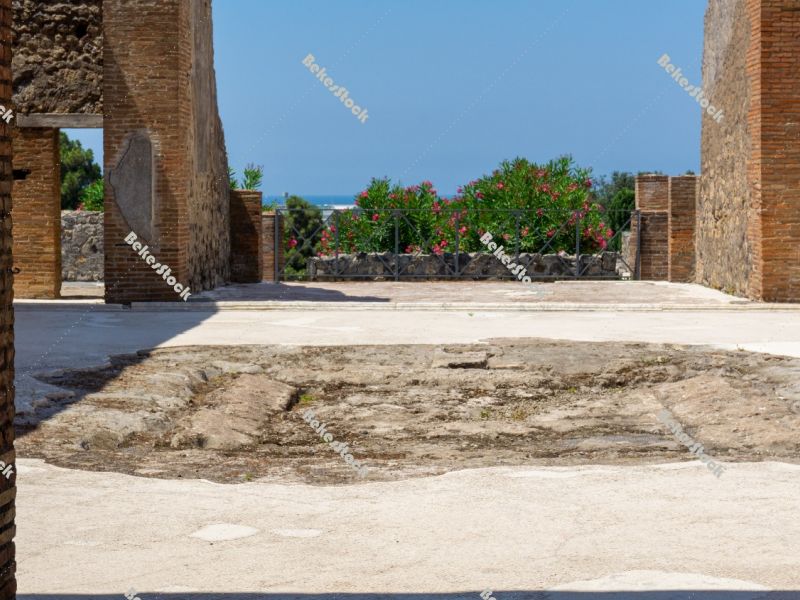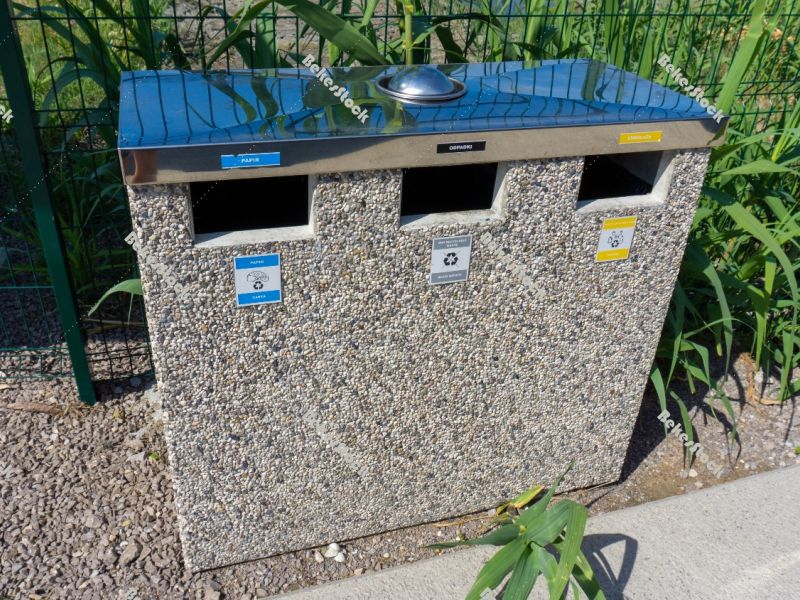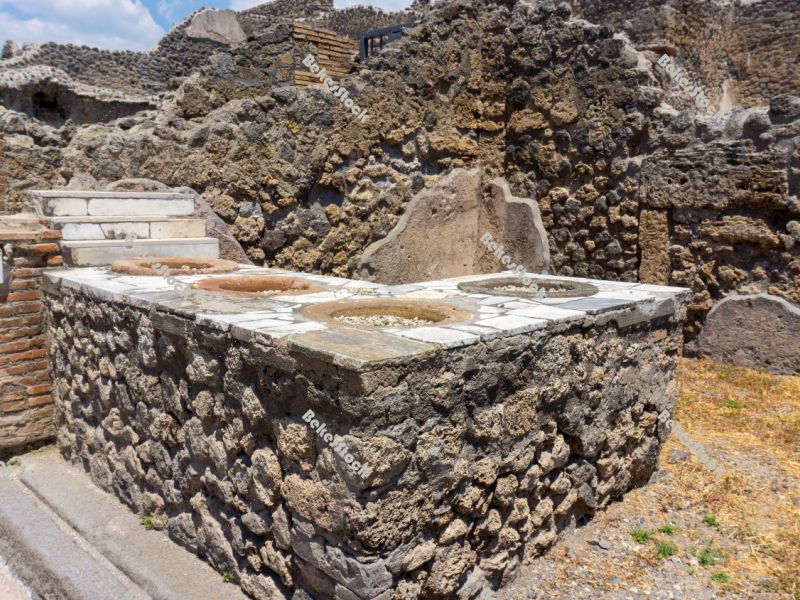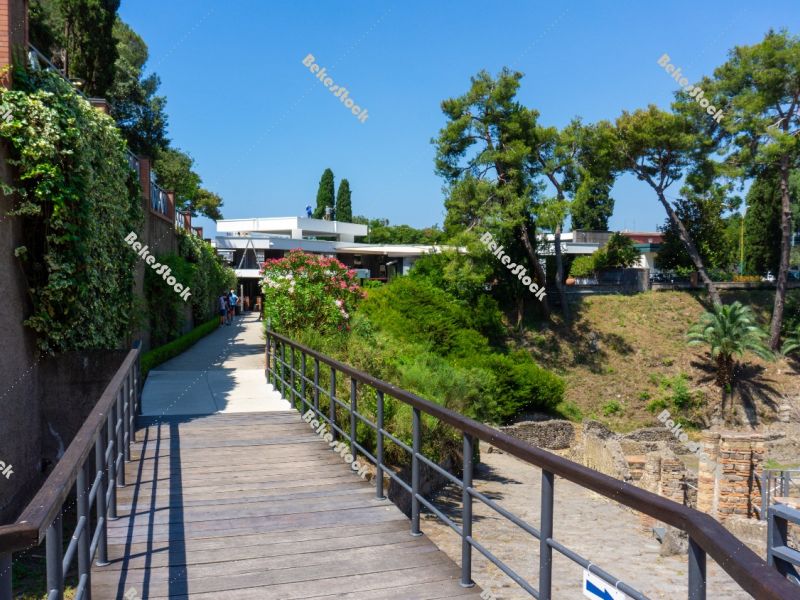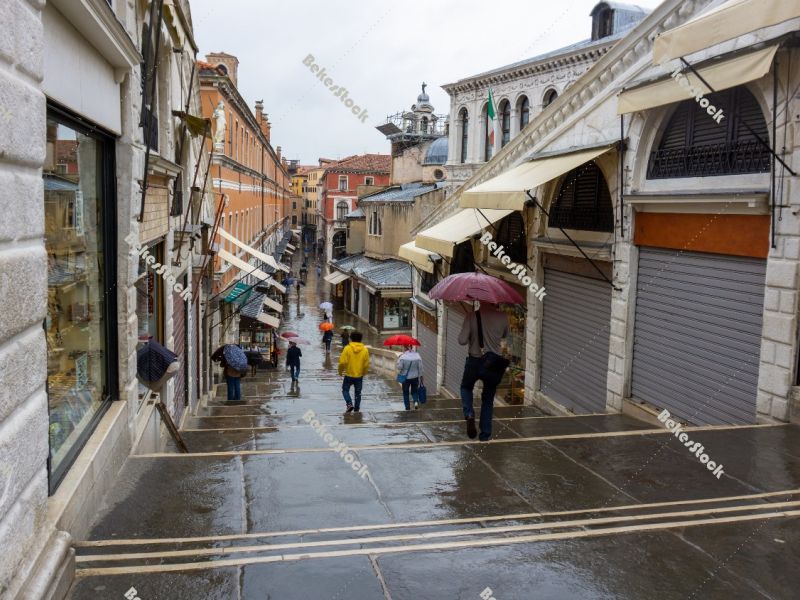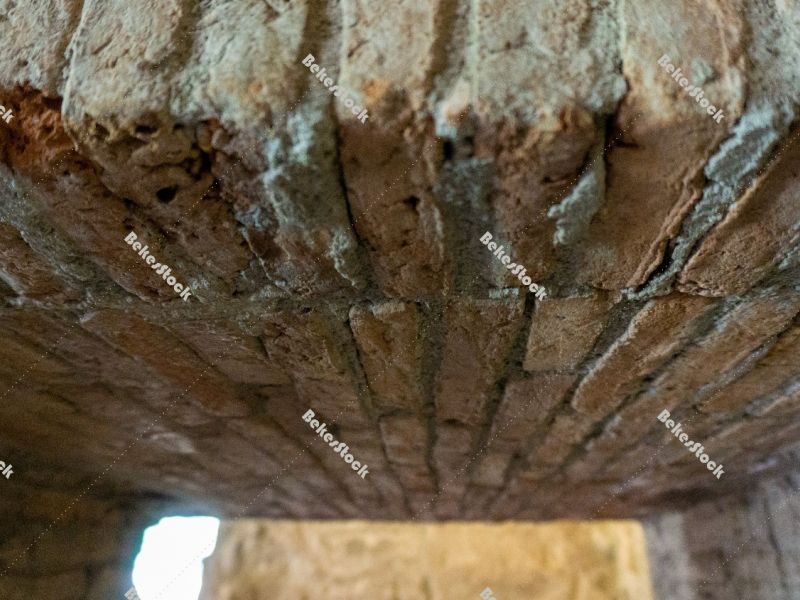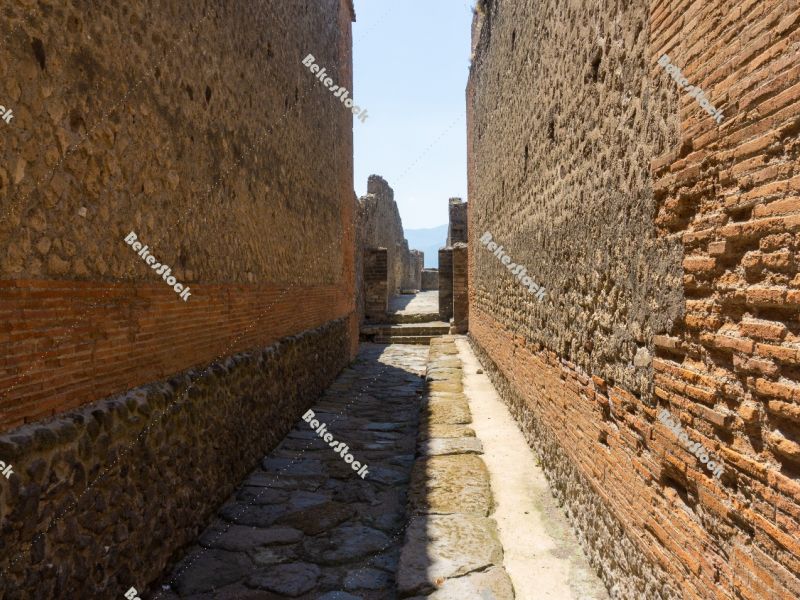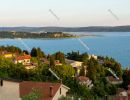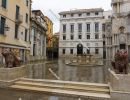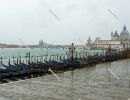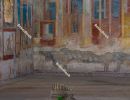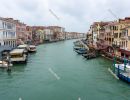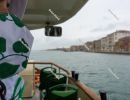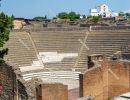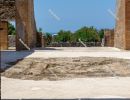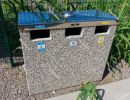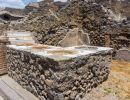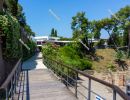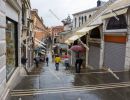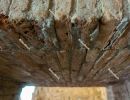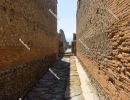Image Tags - italian
-
View of Capo di Posillipo from Parco Virgiliano (Virgilian Park) View of Capo di Posillipo from Parco Virgiliano (Virgilian Park)
View of Capo di Posillipo from Parco Virgiliano (Virgilian Park). In the bay of the peninsula, ships anchor on the blue water (Tyrrhenian Sea). Parco Virgiliano - Park with panoramic views. Parco Virgiliano (the Park of Remembrance) is a scenic park located on the hill of Posillipo, Naples, Italy. The Park serves as a green oasis, built on the tufa stone typical to the coast of Posillipo. Posillipo, Metropolitan City of Naples, Campania, Italy, July 2020. @csabaprog
sailer csabaprog bush tyrrhenian city tourist panorama posillipo summer ship sky parco landscape virgiliano wooden landmark vacation town sun country napoli green oasis marine vegetation sunny ships bench water italy peninsula anchor hill sailboat sea trees panoramic tree views trip boat campania argosy painted capo europe naples view tufa july tyrrhen rimembranze italian mediterranean outdoor 2020 coast shrub stone garden famous blue colorful seat promenade travel bay gulf attraction exterior park scenic tourism picturesque walkView of Capo di Posillipo from Parco Virgiliano (Virgilian Park). In the bay of the peninsula, ships anchor on the blue water (Tyrrhenian Sea). Parco Virgiliano - Park with panoramic views. Parco Virgiliano (the Park of Remembrance) is a scenic park located on the hill of Posillipo, Naples, Italy. The Park serves as a green oasis, built on the tufa stone typical to the coast of Posillipo. Posillipo, Metropolitan City of Naples, Campania, Italy, July 2020. @csabaprog
sailer csabaprog bush tyrrhenian city tourist panorama posillipo summer ship sky parco landscape virgiliano wooden landmark vacation town sun country napoli green oasis marine vegetation sunny ships bench water italy peninsula anchor hill sailboat sea trees panoramic tree views trip boat campania argosy painted capo europe naples view tufa july tyrrhen rimembranze italian mediterranean outdoor 2020 coast shrub stone garden famous blue colorful seat promenade travel bay gulf attraction exterior park scenic tourism picturesque walk -
Cloister - QUADRIPORTICUS OF THE THEATRES OR GLADIATORS BARRACKS Cloister - QUADRIPORTICUS OF THE THEATRES OR GLADIATORS BARRACKS
Cloister - QUADRIPORTICUS OF THE THEATRES OR GLADIATORS BARRACKS in Pompeii. A lady looks through a closed door. Behind the scene of the Large Theatre there is a large quadrangle surrounded by 74 Doric grey tuff columns of Nocera used as a foyer, an area where the spectators could stop during the intervals of the theatre shows. After the earthquake of 62 AD the building changed its function and became a barracks for gladiators, which resulted in certain parts of the building being reorganised. The most important rooms were those on the eastern side whereas the rooms upstairs may have been the apartments of the undertaker of the gladiators. Pompeii was an ancient city located in what is now the comune of Pompei near Naples in the Campania region of Italy. Pompeii, along with Herculaneum and many villas in the surrounding area, was buried under 4 to 6 m of volcanic ash and pumice in the eruption of Mount Vesuvius in AD 79 (1st century). Pompei, Naples (Napoli), Campania, Italy, July 2020. @csabaprog
ornament csabaprog decay gladiator city tourist lady architectural door sightseeing italian empire naples paved barrack teatro houses building vesuvius old landmark excavation vacation town eruption rome historical disaster ruins 1st house history archaeology ancient catastrophe historic volcano theatre doric roman looks journey trip vesuvio column tall ruined scenary mount died century mediterranean vesuvious architecture europe napoli unesco romanesque famous buried colorful excursion beautiful travel ash overlooked stone destroyed remains demolished tourism woman archeological italyCloister - QUADRIPORTICUS OF THE THEATRES OR GLADIATORS BARRACKS in Pompeii. A lady looks through a closed door. Behind the scene of the Large Theatre there is a large quadrangle surrounded by 74 Doric grey tuff columns of Nocera used as a foyer, an area where the spectators could stop during the intervals of the theatre shows. After the earthquake of 62 AD the building changed its function and became a barracks for gladiators, which resulted in certain parts of the building being reorganised. The most important rooms were those on the eastern side whereas the rooms upstairs may have been the apartments of the undertaker of the gladiators. Pompeii was an ancient city located in what is now the comune of Pompei near Naples in the Campania region of Italy. Pompeii, along with Herculaneum and many villas in the surrounding area, was buried under 4 to 6 m of volcanic ash and pumice in the eruption of Mount Vesuvius in AD 79 (1st century). Pompei, Naples (Napoli), Campania, Italy, July 2020. @csabaprog
ornament csabaprog decay gladiator city tourist lady architectural door sightseeing italian empire naples paved barrack teatro houses building vesuvius old landmark excavation vacation town eruption rome historical disaster ruins 1st house history archaeology ancient catastrophe historic volcano theatre doric roman looks journey trip vesuvio column tall ruined scenary mount died century mediterranean vesuvious architecture europe napoli unesco romanesque famous buried colorful excursion beautiful travel ash overlooked stone destroyed remains demolished tourism woman archeological italy -
QUADRIPORTICUS OF THE THEATRES OR GLADIATORS BARRACKS in Pompeii QUADRIPORTICUS OF THE THEATRES OR GLADIATORS BARRACKS in Pompeii
QUADRIPORTICUS OF THE THEATRES OR GLADIATORS BARRACKS in Pompeii. In the background you can see mountains, trees and a blue sky. Behind the scene of the Large Theatre there is a large quadrangle surrounded by 74 Doric grey tuff columns of Nocera used as a foyer, an area where the spectators could stop during the intervals of the theatre shows. After the earthquake of 62 AD the building changed its function and became a barracks for gladiators, which resulted in certain parts of the building being reorganised. The most important rooms were those on the eastern side whereas the rooms upstairs may have been the apartments of the undertaker of the gladiators. Pompeii was an ancient city located in what is now the comune of Pompei near Naples in the Campania region of Italy. Pompeii, along with Herculaneum and many villas in the surrounding area, was buried under 4 to 6 m of volcanic ash and pumice in the eruption of Mount Vesuvius in AD 79 (1st century). Pompei, Naples (Napoli), Campania, Italy, July 2020. @csabaprog
ornament csabaprog decay gladiator city tourist panorama architectural sightseeing italian empire architecture paved barrack teatro houses building vesuvius old landmark mountains vacation town eruption rome historical disaster ruins 1st house history archaeology ancient sunny catastrophe historic volcano theatre doric trees roman journey trip vesuvio column tall ruined scenary mount died vesuvious century mediterranean excavation europe naples napoli unesco romanesque famous buried colorful excursion beautiful travel ash overlooked sky remains destroyed demolished tourism stone archeological italyQUADRIPORTICUS OF THE THEATRES OR GLADIATORS BARRACKS in Pompeii. In the background you can see mountains, trees and a blue sky. Behind the scene of the Large Theatre there is a large quadrangle surrounded by 74 Doric grey tuff columns of Nocera used as a foyer, an area where the spectators could stop during the intervals of the theatre shows. After the earthquake of 62 AD the building changed its function and became a barracks for gladiators, which resulted in certain parts of the building being reorganised. The most important rooms were those on the eastern side whereas the rooms upstairs may have been the apartments of the undertaker of the gladiators. Pompeii was an ancient city located in what is now the comune of Pompei near Naples in the Campania region of Italy. Pompeii, along with Herculaneum and many villas in the surrounding area, was buried under 4 to 6 m of volcanic ash and pumice in the eruption of Mount Vesuvius in AD 79 (1st century). Pompei, Naples (Napoli), Campania, Italy, July 2020. @csabaprog
ornament csabaprog decay gladiator city tourist panorama architectural sightseeing italian empire architecture paved barrack teatro houses building vesuvius old landmark mountains vacation town eruption rome historical disaster ruins 1st house history archaeology ancient sunny catastrophe historic volcano theatre doric trees roman journey trip vesuvio column tall ruined scenary mount died vesuvious century mediterranean excavation europe naples napoli unesco romanesque famous buried colorful excursion beautiful travel ash overlooked sky remains destroyed demolished tourism stone archeological italy -
The view of Vesuvius from the Gladiators' Barracks. Pompei, Camp The view of Vesuvius from the Gladiators' Barracks. Pompei, Camp
The view of Vesuvius from the Gladiators' Barracks (QUADRIPORTICUS OF THE THEATRES). Behind the scene of the Large Theatre there is a large quadrangle surrounded by 74 Doric grey tuff columns of Nocera used as a foyer, an area where the spectators could stop during the intervals of the theatre shows. After the earthquake of 62 AD the building changed its function and became a barracks for gladiators, which resulted in certain parts of the building being reorganised. The most important rooms were those on the eastern side whereas the rooms upstairs may have been the apartments of the undertaker of the gladiators. Pompeii was an ancient city located in what is now the comune of Pompei near Naples in the Campania region of Italy. Pompeii, along with Herculaneum and many villas in the surrounding area, was buried under 4 to 6 m of volcanic ash and pumice in the eruption of Mount Vesuvius in AD 79 (1st century). Pompei, Naples (Napoli), Campania, Italy, July 2020. @csabaprog
ornament csabaprog decay gladiator city tourist architectural door sightseeing italian empire naples paved barrack teatro houses building vesuvius old landmark excavation vacation town eruption rome historical disaster ruins 1st house history archaeology ancient catastrophe destroyed volcano theatre doric roman journey trip vesuvio column tall ruined scenary mount died century mediterranean vesuvious architecture europe napoli romanesque famous buried unesco excursion beautiful travel remains ash overlooked stone colorful historic tourism demolished archeological italyThe view of Vesuvius from the Gladiators' Barracks (QUADRIPORTICUS OF THE THEATRES). Behind the scene of the Large Theatre there is a large quadrangle surrounded by 74 Doric grey tuff columns of Nocera used as a foyer, an area where the spectators could stop during the intervals of the theatre shows. After the earthquake of 62 AD the building changed its function and became a barracks for gladiators, which resulted in certain parts of the building being reorganised. The most important rooms were those on the eastern side whereas the rooms upstairs may have been the apartments of the undertaker of the gladiators. Pompeii was an ancient city located in what is now the comune of Pompei near Naples in the Campania region of Italy. Pompeii, along with Herculaneum and many villas in the surrounding area, was buried under 4 to 6 m of volcanic ash and pumice in the eruption of Mount Vesuvius in AD 79 (1st century). Pompei, Naples (Napoli), Campania, Italy, July 2020. @csabaprog
ornament csabaprog decay gladiator city tourist architectural door sightseeing italian empire naples paved barrack teatro houses building vesuvius old landmark excavation vacation town eruption rome historical disaster ruins 1st house history archaeology ancient catastrophe destroyed volcano theatre doric roman journey trip vesuvio column tall ruined scenary mount died century mediterranean vesuvious architecture europe napoli romanesque famous buried unesco excursion beautiful travel remains ash overlooked stone colorful historic tourism demolished archeological italy -
Bolza Castle (`Bolza-kastély`). Szarvas, Bekes County, Hungary Bolza Castle (`Bolza-kastély`). Szarvas, Bekes County, Hungary
Bolza Castle (`Bolza-kastély`). The Bolza family was of Italian origin and settled in Hungary in the 18th century through marriage. Over the years they assimilated and became highly respected by the citizens of Szarvas. As a matter of fact, the Bolza family left behind a rich legacy, the most spectacular of which is the Bolza Castle. At the bottom of the stairs – as a remainder of the family’s Italian origin – Pál Bolza erected a replica of the wolf statue of Romulus and Remus, the legendary founders of Rome. Szarvas, Bekes county (Bekes megye), Hungary, May 2021. @bekesstock @csabaprog
hungary spring szarvastown cultural wolf bekes county bekesstock stairs szarvas italian mansion remus may bekes bekes megye view castle tradition szarvas town landscape 2021 tourism replica landmark building csabaprog outdoor vacation exterior town romulus rome famous bolza pál historical citizen palace travel statue house history citizens family bolza europe szarvasvaros renovated szarvasvárosBolza Castle (`Bolza-kastély`). The Bolza family was of Italian origin and settled in Hungary in the 18th century through marriage. Over the years they assimilated and became highly respected by the citizens of Szarvas. As a matter of fact, the Bolza family left behind a rich legacy, the most spectacular of which is the Bolza Castle. At the bottom of the stairs – as a remainder of the family’s Italian origin – Pál Bolza erected a replica of the wolf statue of Romulus and Remus, the legendary founders of Rome. Szarvas, Bekes county (Bekes megye), Hungary, May 2021. @bekesstock @csabaprog
hungary spring szarvastown cultural wolf bekes county bekesstock stairs szarvas italian mansion remus may bekes bekes megye view castle tradition szarvas town landscape 2021 tourism replica landmark building csabaprog outdoor vacation exterior town romulus rome famous bolza pál historical citizen palace travel statue house history citizens family bolza europe szarvasvaros renovated szarvasváros -
Empty gondolas moored, without tourists in Venice during the cor Empty gondolas moored, without tourists in Venice during the cor
Deserted, rainy St. Mark's Square in Venice during the coronavirus crisis. Empty gondolas moored, without tourists. In the background is the Church of San Giorgio Maggiore. Isola di S.Giorgio Maggiore, Venice, Veneto, Italy, June 2020. @csabaprog
csabaprog pandemic epidemic marks venetian without tourist virus restore summer italian sterilized hygiene building tourists coronavirus landmark cityscape vacation empty town venezia lockdown rainy gondolas of rain square historic church covid italy 2020 VE adriatic maggiore june st crisis desert recession view alert europe san trip covid19 tourism old romantic venice mediterranean outdoor famous quarantine saint di street exterior blue distancing gondola landscape travel isola giorgio sky deserted 2019ncov corona social isolation mooredDeserted, rainy St. Mark's Square in Venice during the coronavirus crisis. Empty gondolas moored, without tourists. In the background is the Church of San Giorgio Maggiore. Isola di S.Giorgio Maggiore, Venice, Veneto, Italy, June 2020. @csabaprog
csabaprog pandemic epidemic marks venetian without tourist virus restore summer italian sterilized hygiene building tourists coronavirus landmark cityscape vacation empty town venezia lockdown rainy gondolas of rain square historic church covid italy 2020 VE adriatic maggiore june st crisis desert recession view alert europe san trip covid19 tourism old romantic venice mediterranean outdoor famous quarantine saint di street exterior blue distancing gondola landscape travel isola giorgio sky deserted 2019ncov corona social isolation moored -
Deserted, rainy St. Mark's Square in Venice during the coronavirus Deserted, rainy St. Mark's Square in Venice during the coronavirus
Deserted, rainy Saint Mark's Square in Venice during the coronavirus crisis. The photo shows St. Mark's Cathedral (`Basilica di San Marco`). `Piazza San Marco`, Venice, Veneto, Italy, June 2020. @csabaprog
csabaprog pandemic epidemic marks romantic tourist virus restore summer italian sky hygiene building cathedral coronavirus landmark venice vacation empty town venezia lockdown rainy rain square sunny historic covid italy 2020 VE adriatic june st crisis recession view marco alert europe desert street corona san social mediterranean outdoor famous quarantine sait sterilized landscape exterior blue distancing covid19 old travel venetian cityscape piazza deserted 2019ncov mark tourism isolation tripDeserted, rainy Saint Mark's Square in Venice during the coronavirus crisis. The photo shows St. Mark's Cathedral (`Basilica di San Marco`). `Piazza San Marco`, Venice, Veneto, Italy, June 2020. @csabaprog
csabaprog pandemic epidemic marks romantic tourist virus restore summer italian sky hygiene building cathedral coronavirus landmark venice vacation empty town venezia lockdown rainy rain square sunny historic covid italy 2020 VE adriatic june st crisis recession view marco alert europe desert street corona san social mediterranean outdoor famous quarantine sait sterilized landscape exterior blue distancing covid19 old travel venetian cityscape piazza deserted 2019ncov mark tourism isolation trip -
Loggia Palace (Slovenian: `Loža`, Italian: `palazzo della Loggi Loggia Palace (Slovenian: `Loža`, Italian: `palazzo della Loggi
Loggia Palace (Slovenian: `Loža`, Italian: `palazzo della Loggia`) Koper, Tito Square (`Titov trg`). The Loggia Palace is a Venetian Gothic palace in Koper, a port town in southwestern Slovenia. It is the only preserved Gothic town hall in Slovenia. Koper, Slovenia, June 2020. @csabaprog
square csabaprog historic venetian city 2020 titov june slovenian summer hall attraction touristic capodistria istria europe adria trip gothic tito building trg cityscape capital preserved koper della landscape loza loggia old landmark port mediterranean outdoor vacation attractions town southwestern culture exterior slovenia colorful sky palace travel cloud house sea style adriatic palazzo tourism antique architectureLoggia Palace (Slovenian: `Loža`, Italian: `palazzo della Loggia`) Koper, Tito Square (`Titov trg`). The Loggia Palace is a Venetian Gothic palace in Koper, a port town in southwestern Slovenia. It is the only preserved Gothic town hall in Slovenia. Koper, Slovenia, June 2020. @csabaprog
square csabaprog historic venetian city 2020 titov june slovenian summer hall attraction touristic capodistria istria europe adria trip gothic tito building trg cityscape capital preserved koper della landscape loza loggia old landmark port mediterranean outdoor vacation attractions town southwestern culture exterior slovenia colorful sky palace travel cloud house sea style adriatic palazzo tourism antique architecture -
Cloister - QUADRIPORTICUS OF THE THEATRES OR GLADIATORS BARRACKS Cloister - QUADRIPORTICUS OF THE THEATRES OR GLADIATORS BARRACKS
Cloister - QUADRIPORTICUS OF THE THEATRES OR GLADIATORS BARRACKS in Pompeii. Behind the scene of the Large Theatre there is a large quadrangle surrounded by 74 Doric grey tuff columns of Nocera used as a foyer, an area where the spectators could stop during the intervals of the theatre shows. After the earthquake of 62 AD the building changed its function and became a barracks for gladiators, which resulted in certain parts of the building being reorganised. The most important rooms were those on the eastern side whereas the rooms upstairs may have been the apartments of the undertaker of the gladiators. Pompeii was an ancient city located in what is now the comune of Pompei near Naples in the Campania region of Italy. Pompeii, along with Herculaneum and many villas in the surrounding area, was buried under 4 to 6 m of volcanic ash and pumice in the eruption of Mount Vesuvius in AD 79 (1st century). Pompei, Naples (Napoli), Campania, Italy, July 2020. @csabaprog
ornament csabaprog decay gladiator city tourist architectural door sightseeing italian empire naples paved barrack teatro houses building vesuvius old landmark excavation vacation town eruption rome historical disaster ruins 1st house history archaeology ancient catastrophe destroyed volcano theatre doric roman journey trip vesuvio column tall ruined scenary mount died century mediterranean vesuvious architecture europe napoli romanesque famous buried unesco excursion beautiful travel remains ash overlooked stone colorful historic tourism demolished archeological italyCloister - QUADRIPORTICUS OF THE THEATRES OR GLADIATORS BARRACKS in Pompeii. Behind the scene of the Large Theatre there is a large quadrangle surrounded by 74 Doric grey tuff columns of Nocera used as a foyer, an area where the spectators could stop during the intervals of the theatre shows. After the earthquake of 62 AD the building changed its function and became a barracks for gladiators, which resulted in certain parts of the building being reorganised. The most important rooms were those on the eastern side whereas the rooms upstairs may have been the apartments of the undertaker of the gladiators. Pompeii was an ancient city located in what is now the comune of Pompei near Naples in the Campania region of Italy. Pompeii, along with Herculaneum and many villas in the surrounding area, was buried under 4 to 6 m of volcanic ash and pumice in the eruption of Mount Vesuvius in AD 79 (1st century). Pompei, Naples (Napoli), Campania, Italy, July 2020. @csabaprog
ornament csabaprog decay gladiator city tourist architectural door sightseeing italian empire naples paved barrack teatro houses building vesuvius old landmark excavation vacation town eruption rome historical disaster ruins 1st house history archaeology ancient catastrophe destroyed volcano theatre doric roman journey trip vesuvio column tall ruined scenary mount died century mediterranean vesuvious architecture europe napoli romanesque famous buried unesco excursion beautiful travel remains ash overlooked stone colorful historic tourism demolished archeological italy -
Sanctuary of Venus with bronze statue of Daedalus (`Dedalo`) in Sanctuary of Venus with bronze statue of Daedalus (`Dedalo`) in
Sanctuary of Venus with bronze statue of Daedalus (`Dedalo`) in the background in Pompeii. Ancient ruins in the foreground, mountains and a blue sky in the background. Venus was the patron goddess of Pompeii, to whom the colony was named upon conclusion (80 BC). Pompeii was an ancient city located in what is now the comune of Pompei near Naples in the Campania region of Italy. Pompeii, along with Herculaneum and many villas in the surrounding area, was buried under 4 to 6 m of volcanic ash and pumice in the eruption of Mount Vesuvius in AD 79 (1st century). Pompei, Naples (Napoli), Campania, Italy, July 2020. @csabaprog
csabaprog decay venus city tourist architectural sightseeing italian empire architecture paved daedalus houses landscape vesuvius old landmark excavation vacation town eruption rome historical disaster ruins 1st house history archaeology demolished sunny patron catastrophe historic bronze volcano roman journey trip vesuvio destroyed vesuvious europe stone napoli sky scenary mount walls overlooked died colorful century mediterranean mountains blue beautiful ancient unesco romanesque famous buried remains excursion statue travel ruined ash naples sanctuary park building tourism symbol archeological italySanctuary of Venus with bronze statue of Daedalus (`Dedalo`) in the background in Pompeii. Ancient ruins in the foreground, mountains and a blue sky in the background. Venus was the patron goddess of Pompeii, to whom the colony was named upon conclusion (80 BC). Pompeii was an ancient city located in what is now the comune of Pompei near Naples in the Campania region of Italy. Pompeii, along with Herculaneum and many villas in the surrounding area, was buried under 4 to 6 m of volcanic ash and pumice in the eruption of Mount Vesuvius in AD 79 (1st century). Pompei, Naples (Napoli), Campania, Italy, July 2020. @csabaprog
csabaprog decay venus city tourist architectural sightseeing italian empire architecture paved daedalus houses landscape vesuvius old landmark excavation vacation town eruption rome historical disaster ruins 1st house history archaeology demolished sunny patron catastrophe historic bronze volcano roman journey trip vesuvio destroyed vesuvious europe stone napoli sky scenary mount walls overlooked died colorful century mediterranean mountains blue beautiful ancient unesco romanesque famous buried remains excursion statue travel ruined ash naples sanctuary park building tourism symbol archeological italy -
Giudecca photographed from the sea. Without tourists during the Giudecca photographed from the sea. Without tourists during the
Giudecca photographed from the sea. Without tourists during the coronavirus crisis. In the background is the Chiesa di Santa Maria della Presentazione (Le Zitelle). Canale della Giudecca, Venice, Veneto, Italy, June 2020. @csabaprog
csabaprog pandemic epidemic street without tourist virus santa summer italian sky hygiene giudecca landscape tourists old landmark cityscape saint empty town venezia della lockdown rainy presentazione rain historic church covid italy 2020 maria sea VE le june crisis coronavirus isolation europe recession view adria chiesa corona sterilized covid19 desert romantic social adriatic mediterranean outdoor background quarantine zitelle venetian canale famous blue distancing building di travel restore exterior vacation deserted 2019ncov trip tourism alert veniceGiudecca photographed from the sea. Without tourists during the coronavirus crisis. In the background is the Chiesa di Santa Maria della Presentazione (Le Zitelle). Canale della Giudecca, Venice, Veneto, Italy, June 2020. @csabaprog
csabaprog pandemic epidemic street without tourist virus santa summer italian sky hygiene giudecca landscape tourists old landmark cityscape saint empty town venezia della lockdown rainy presentazione rain historic church covid italy 2020 maria sea VE le june crisis coronavirus isolation europe recession view adria chiesa corona sterilized covid19 desert romantic social adriatic mediterranean outdoor background quarantine zitelle venetian canale famous blue distancing building di travel restore exterior vacation deserted 2019ncov trip tourism alert venice -
Street (`via`) in Pompeii. The narrow street is lined with stone Street (`via`) in Pompeii. The narrow street is lined with stone
Street (`via`) in Pompeii. The narrow street (`strada`) is lined with stone walls. Pompeii was an ancient city located in what is now the comune of Pompei near Naples in the Campania region of Italy. Pompeii, along with Herculaneum and many villas in the surrounding area, was buried under 4 to 6 m of volcanic ash and pumice in the eruption of Mount Vesuvius in AD 79 (1st century). Pompei, Naples (Napoli), Campania, Italy, July 2020. @csabaprog
csabaprog decay street city tourist architectural sightseeing italian empire ash paved houses building vesuvius old landmark excavation vacation town eruption rome historical disaster ruins 1st house history archaeology demolished catastrophe destroyed via volcano roman way journey trip vesuvio wall ruined historic scenary mount landscape europe died architecture century mediterranean overlooked stone ancient unesco strada romanesque famous buried colorful excursion beautiful travel naples napoli remains walls symbol brick tourism vesuvious archeological italyStreet (`via`) in Pompeii. The narrow street (`strada`) is lined with stone walls. Pompeii was an ancient city located in what is now the comune of Pompei near Naples in the Campania region of Italy. Pompeii, along with Herculaneum and many villas in the surrounding area, was buried under 4 to 6 m of volcanic ash and pumice in the eruption of Mount Vesuvius in AD 79 (1st century). Pompei, Naples (Napoli), Campania, Italy, July 2020. @csabaprog
csabaprog decay street city tourist architectural sightseeing italian empire ash paved houses building vesuvius old landmark excavation vacation town eruption rome historical disaster ruins 1st house history archaeology demolished catastrophe destroyed via volcano roman way journey trip vesuvio wall ruined historic scenary mount landscape europe died architecture century mediterranean overlooked stone ancient unesco strada romanesque famous buried colorful excursion beautiful travel naples napoli remains walls symbol brick tourism vesuvious archeological italy -
Botanical Garden (`Orto Botanico`) in Pompeii. Pompei, Campania, Botanical Garden (`Orto Botanico`) in Pompeii. Pompei, Campania,
Botanical Garden (`Orto Botanico`) in Pompeii. The Botanical Garden, which is tended to by the Superintendency of Pompeii’s Laboratory of Applied Research, covers an area of over 800m2, where all species which were cultivated in the ancient city are featured today, including: fruit trees and sacred, medicinal and textile plants, as well as vegetables. The Garden also features varied routes divided by theme. Pompeii was an ancient city located in what is now the comune of Pompei near Naples in the Campania region of Italy. Pompeii, along with Herculaneum and many villas in the surrounding area, was buried under 4 to 6 m of volcanic ash and pumice in the eruption of Mount Vesuvius in AD 79 (1st century). Pompei, Naples (Napoli), Campania, Italy, July 2020. @csabaprog
csabaprog decay botanico city tourist architectural sightseeing italian empire naples paved vesuvious building vesuvius orto old landmark excavation vacation town eruption rome historical disaster ruins 1st house botanical archaeology fruit demolished sunny catastrophe destroyed volcano trees roman tree journey trip vesuvio archeological ruined napoli europe scenary mount architecture vegetables died overlooked century mediterranean ash houses history colorful ancient garden famous buried unesco excursion beautiful travel historic plants romanesque remains park stone tourism landscape medicinal italyBotanical Garden (`Orto Botanico`) in Pompeii. The Botanical Garden, which is tended to by the Superintendency of Pompeii’s Laboratory of Applied Research, covers an area of over 800m2, where all species which were cultivated in the ancient city are featured today, including: fruit trees and sacred, medicinal and textile plants, as well as vegetables. The Garden also features varied routes divided by theme. Pompeii was an ancient city located in what is now the comune of Pompei near Naples in the Campania region of Italy. Pompeii, along with Herculaneum and many villas in the surrounding area, was buried under 4 to 6 m of volcanic ash and pumice in the eruption of Mount Vesuvius in AD 79 (1st century). Pompei, Naples (Napoli), Campania, Italy, July 2020. @csabaprog
csabaprog decay botanico city tourist architectural sightseeing italian empire naples paved vesuvious building vesuvius orto old landmark excavation vacation town eruption rome historical disaster ruins 1st house botanical archaeology fruit demolished sunny catastrophe destroyed volcano trees roman tree journey trip vesuvio archeological ruined napoli europe scenary mount architecture vegetables died overlooked century mediterranean ash houses history colorful ancient garden famous buried unesco excursion beautiful travel historic plants romanesque remains park stone tourism landscape medicinal italy -
Deserted, rainy St. Mark's Square in Venice during the coronavir Deserted, rainy St. Mark's Square in Venice during the coronavir
Deserted, rainy Saint Mark's Square in Venice during the coronavirus crisis. The photo shows the Doge's Palace (`Palazzo Ducale`) as well as the flagpoles. `Piazza San Marco`, Venice, Veneto, Italy, June 2020. @csabaprog
csabaprog pandemic epidemic marks romantic tourist virus restore palazzo summer italian doges sky hygiene landscape corona ducale landmark venice saint marco town venezia lockdown rainy rain square sunny flag historic covid italy 2020 VE adriatic june st piazza street recession view isolation social trip vacation desert coronavirus sterilized covid19 old mediterranean outdoor empty quarantine flagpoles cityscape building famous blue distancing tourism palace travel exterior san venetian deserted 2019ncov mark europe alert crisisDeserted, rainy Saint Mark's Square in Venice during the coronavirus crisis. The photo shows the Doge's Palace (`Palazzo Ducale`) as well as the flagpoles. `Piazza San Marco`, Venice, Veneto, Italy, June 2020. @csabaprog
csabaprog pandemic epidemic marks romantic tourist virus restore palazzo summer italian doges sky hygiene landscape corona ducale landmark venice saint marco town venezia lockdown rainy rain square sunny flag historic covid italy 2020 VE adriatic june st piazza street recession view isolation social trip vacation desert coronavirus sterilized covid19 old mediterranean outdoor empty quarantine flagpoles cityscape building famous blue distancing tourism palace travel exterior san venetian deserted 2019ncov mark europe alert crisis -
Deserted arcade on St. Mark's Square in Venice during the corona Deserted arcade on St. Mark's Square in Venice during the corona
Deserted arcade on St. Mark's Square in Venice during the coronavirus crisis, Saint Mark`s Square, (`Piazza San Marco`). Closed shops. Venice, Veneto, Italy, June 2020. @csabaprog
arcade pandemic epidemic venetian tourist virus restore summer sait closed sky hygiene shops landscape corona coronavirus landmark cityscape vacation empty town venezia civid19 lockdown rainy rain square sunny historic covid shop italy 2020 VE adriatic june piazza recession view venice isolation desert social old csabaprog building mediterranean outdoor street quarantine san famous tourism exterior blue distancing crisis italian travel romantic sterilized marco deserted 2019ncov mark europe alert tripDeserted arcade on St. Mark's Square in Venice during the coronavirus crisis, Saint Mark`s Square, (`Piazza San Marco`). Closed shops. Venice, Veneto, Italy, June 2020. @csabaprog
arcade pandemic epidemic venetian tourist virus restore summer sait closed sky hygiene shops landscape corona coronavirus landmark cityscape vacation empty town venezia civid19 lockdown rainy rain square sunny historic covid shop italy 2020 VE adriatic june piazza recession view venice isolation desert social old csabaprog building mediterranean outdoor street quarantine san famous tourism exterior blue distancing crisis italian travel romantic sterilized marco deserted 2019ncov mark europe alert trip -
Praetorian Palace (Slovene: `Pretorska palača`, Italian: `palaz Praetorian Palace (Slovene: `Pretorska palača`, Italian: `palaz
Praetorian Palace (Slovene: `Pretorska palača`, Italian: `palazzo Pretorio`) Koper, Tito Square (`Titov trg`). The Praetorian Palace is a 15th-century Venetian Gothic palace. The picturesque palace was once the headquarters of the city’s rulers and today it serves as an important protocol building and town hall. Koper, Slovenia, June 2020. @csabaprog
square csabaprog historic sea venetian pretorska summer city palaca 2020 praetorian pretorio palazzo europe slovenian adriatic hall june touristic attraction istria capodistria style trip gothic tito rules protocol building town adria century outdoor landscape picturesque koper old landmark port mediterranean cityscape vacation attractions capital southwestern culture exterior slovenia colorful trg palace travel cloud house titov headquarters antique sky tourism architecture 15thPraetorian Palace (Slovene: `Pretorska palača`, Italian: `palazzo Pretorio`) Koper, Tito Square (`Titov trg`). The Praetorian Palace is a 15th-century Venetian Gothic palace. The picturesque palace was once the headquarters of the city’s rulers and today it serves as an important protocol building and town hall. Koper, Slovenia, June 2020. @csabaprog
square csabaprog historic sea venetian pretorska summer city palaca 2020 praetorian pretorio palazzo europe slovenian adriatic hall june touristic attraction istria capodistria style trip gothic tito rules protocol building town adria century outdoor landscape picturesque koper old landmark port mediterranean cityscape vacation attractions capital southwestern culture exterior slovenia colorful trg palace travel cloud house titov headquarters antique sky tourism architecture 15th -
Column (cross) 'Beli Kriz' at sunset, Portoroz, Piran, Obalno-kr Column (cross) 'Beli Kriz' at sunset, Portoroz, Piran, Obalno-kr
Column (cross) 'Beli Kriz' at sunset. Portorož, Italian: Portorose, literally "Port of Roses" is a Slovenian Adriatic seaside resort and spa town located in the Municipality of Piran in southwestern Slovenia. Its modern development began in the late 19th century with the vogue for the first health resorts. Portoroz, Piran, Obalno-kraska, Slovenia, June 2020.
Column (cross) 'Beli Kriz' at sunset. Portorož, Italian: Portorose, literally "Port of Roses" is a Slovenian Adriatic seaside resort and spa town located in the Municipality of Piran in southwestern Slovenia. Its modern development began in the late 19th century with the vogue for the first health resorts. Portoroz, Piran, Obalno-kraska, Slovenia, June 2020.
-
Bolza Castle (`Bolza-kastély`). Szarvas, Bekes County, Hungary Bolza Castle (`Bolza-kastély`). Szarvas, Bekes County, Hungary
Bolza Castle (`Bolza-kastély`). The Bolza family was of Italian origin and settled in Hungary in the 18th century through marriage. Over the years they assimilated and became highly respected by the citizens of Szarvas. As a matter of fact, the Bolza family left behind a rich legacy, the most spectacular of which is the Bolza Castle. At the bottom of the stairs – as a remainder of the family’s Italian origin – Pál Bolza erected a replica of the wolf statue of Romulus and Remus, the legendary founders of Rome. Szarvas, Bekes county (Bekes megye), Hungary, May 2021. @bekesstock @csabaprog
hungary spring szarvastown cultural wolf bekes county bekesstock stairs szarvas italian mansion remus may bekes bekes megye view castle tradition szarvas town landscape 2021 tourism replica landmark building csabaprog outdoor vacation exterior town romulus rome famous bolza pál historical citizen palace travel statue house history citizens family bolza europe szarvasvaros renovated szarvasvárosBolza Castle (`Bolza-kastély`). The Bolza family was of Italian origin and settled in Hungary in the 18th century through marriage. Over the years they assimilated and became highly respected by the citizens of Szarvas. As a matter of fact, the Bolza family left behind a rich legacy, the most spectacular of which is the Bolza Castle. At the bottom of the stairs – as a remainder of the family’s Italian origin – Pál Bolza erected a replica of the wolf statue of Romulus and Remus, the legendary founders of Rome. Szarvas, Bekes county (Bekes megye), Hungary, May 2021. @bekesstock @csabaprog
hungary spring szarvastown cultural wolf bekes county bekesstock stairs szarvas italian mansion remus may bekes bekes megye view castle tradition szarvas town landscape 2021 tourism replica landmark building csabaprog outdoor vacation exterior town romulus rome famous bolza pál historical citizen palace travel statue house history citizens family bolza europe szarvasvaros renovated szarvasváros -
Deserted, rainy St. Mark's Square in Venice during the coronavir Deserted, rainy St. Mark's Square in Venice during the coronavir
Deserted, rainy Saint Mark's Square in Venice during the coronavirus crisis. The photo shows St. Mark's Cathedral (`Basilica di San Marco`). `Piazza San Marco`, Venice, Veneto, Italy, June 2020. @csabaprog
csabaprog pandemic epidemic marks romantic tourist virus restore summer italian sky hygiene building cathedral coronavirus landmark venice vacation empty town venezia lockdown rainy rain square sunny historic covid italy 2020 VE adriatic june st crisis recession view marco alert europe desert street corona san social mediterranean outdoor famous quarantine sait sterilized landscape exterior blue distancing covid19 old travel venetian cityscape piazza deserted 2019ncov mark tourism isolation tripDeserted, rainy Saint Mark's Square in Venice during the coronavirus crisis. The photo shows St. Mark's Cathedral (`Basilica di San Marco`). `Piazza San Marco`, Venice, Veneto, Italy, June 2020. @csabaprog
csabaprog pandemic epidemic marks romantic tourist virus restore summer italian sky hygiene building cathedral coronavirus landmark venice vacation empty town venezia lockdown rainy rain square sunny historic covid italy 2020 VE adriatic june st crisis recession view marco alert europe desert street corona san social mediterranean outdoor famous quarantine sait sterilized landscape exterior blue distancing covid19 old travel venetian cityscape piazza deserted 2019ncov mark tourism isolation trip -
Deserted, rainy Bacino Orseolo in Venice during the coronavirus Deserted, rainy Bacino Orseolo in Venice during the coronavirus
Deserted, rainy Bacino Orseolo in Venice during the coronavirus crisis. Empty gondolas moored, without tourists. Venice, Veneto, Italy, June 2020. @csabaprog
venetian alert csabaprog pandemic europe historic sky covid 2019ncov bacino italy tourist 2020 deserted restore crisis VE street adriatic italian june gondola lockdown epidemic rain tourists sterilized corona hygiene exterior landscape recession view covid19 coronavirus empty building desert venice old landmark outdoor mediterranean cityscape vacation quarantine town orseolo venezia famous blue distancing social without travel romantic virus trip rainy gondolas summer tourism isolation mooredDeserted, rainy Bacino Orseolo in Venice during the coronavirus crisis. Empty gondolas moored, without tourists. Venice, Veneto, Italy, June 2020. @csabaprog
venetian alert csabaprog pandemic europe historic sky covid 2019ncov bacino italy tourist 2020 deserted restore crisis VE street adriatic italian june gondola lockdown epidemic rain tourists sterilized corona hygiene exterior landscape recession view covid19 coronavirus empty building desert venice old landmark outdoor mediterranean cityscape vacation quarantine town orseolo venezia famous blue distancing social without travel romantic virus trip rainy gondolas summer tourism isolation moored -
Wall decoration, stucco in the Suburban Baths in Pompeii. Pompei Wall decoration, stucco in the Suburban Baths in Pompeii. Pompei
Wall decoration, stucco in the Suburban Baths in Pompeii. The Suburban Baths, located immediately beneath the Marina Gate. The Suburban Baths were private. The thermal areas have sumptuous decorations. Pompeii was an ancient city located in what is now the comune of Pompei near Naples in the Campania region of Italy. Pompeii, along with Herculaneum and many villas in the surrounding area, was buried under 4 to 6 m of volcanic ash and pumice in the eruption of Mount Vesuvius in AD 79 (1st century). Pompei, Campania, Italy, July 2020. @csabaprog
csabaprog decay gods city tourist architectural sightseeing italian empire ash paved vesuvious building vesuvius old landmark excavation villa vacation town eruption rome historical disaster ruins 1st house history archaeology demolished tessellation catastrophe destroyed bella volcano roman dei journey mysteries trip vesuvio wall historic ruined century europe scenary mount art napoli died symbol overlooked mediterranean naples architecture colorful excursion ancient romanesque famous buried unesco interior beautiful travel remains decorated decoration walls misteri stone tourism houses archeological italyWall decoration, stucco in the Suburban Baths in Pompeii. The Suburban Baths, located immediately beneath the Marina Gate. The Suburban Baths were private. The thermal areas have sumptuous decorations. Pompeii was an ancient city located in what is now the comune of Pompei near Naples in the Campania region of Italy. Pompeii, along with Herculaneum and many villas in the surrounding area, was buried under 4 to 6 m of volcanic ash and pumice in the eruption of Mount Vesuvius in AD 79 (1st century). Pompei, Campania, Italy, July 2020. @csabaprog
csabaprog decay gods city tourist architectural sightseeing italian empire ash paved vesuvious building vesuvius old landmark excavation villa vacation town eruption rome historical disaster ruins 1st house history archaeology demolished tessellation catastrophe destroyed bella volcano roman dei journey mysteries trip vesuvio wall historic ruined century europe scenary mount art napoli died symbol overlooked mediterranean naples architecture colorful excursion ancient romanesque famous buried unesco interior beautiful travel remains decorated decoration walls misteri stone tourism houses archeological italy -
Old-fashioned, rusty lock and padlock on blue wooden door - Port Old-fashioned, rusty lock and padlock on blue wooden door - Port
Old-fashioned, rusty lock and padlock on blue wooden door. The solid door closes a warehouse building. Portorož, Italian: Portorose, literally "Port of Roses" is a Slovenian Adriatic seaside resort and spa town located in the Municipality of Piran in southwestern Slovenia. Its modern development began in the late 19th century with the vogue for the first health resorts. Across the bay is Croatia. Portoroz, Piran, Obalno-kraska, Slovenia, June 2020.
protection secret abstract key lock 2020 accessibility door portorose grunge june closed solid depository design gate isolated prison style warehouse wooden door old safety building piran border industrial depot background storage vintage croatia adria massive texture roses blue slovenia portoroz details prevention open retro house rusty obalno-kraska padlock wooden antique macro securityOld-fashioned, rusty lock and padlock on blue wooden door. The solid door closes a warehouse building. Portorož, Italian: Portorose, literally "Port of Roses" is a Slovenian Adriatic seaside resort and spa town located in the Municipality of Piran in southwestern Slovenia. Its modern development began in the late 19th century with the vogue for the first health resorts. Across the bay is Croatia. Portoroz, Piran, Obalno-kraska, Slovenia, June 2020.
protection secret abstract key lock 2020 accessibility door portorose grunge june closed solid depository design gate isolated prison style warehouse wooden door old safety building piran border industrial depot background storage vintage croatia adria massive texture roses blue slovenia portoroz details prevention open retro house rusty obalno-kraska padlock wooden antique macro security -
Deserted arcade on St. Mark's Square in Venice during the corona Deserted arcade on St. Mark's Square in Venice during the corona
Deserted arcade on St. Mark's Square in Venice during the coronavirus crisis, Saint Mark`s Square, (`Piazza San Marco`). Closed shops. Venice, Veneto, Italy, June 2020. @csabaprog
arcade pandemic epidemic venetian tourist virus restore summer sait closed sky hygiene shops landscape corona coronavirus landmark cityscape vacation empty town venezia civid19 lockdown rainy rain square sunny historic covid shop italy 2020 VE adriatic june piazza recession view venice isolation desert social old csabaprog building mediterranean outdoor street quarantine san famous tourism exterior blue distancing crisis italian travel romantic sterilized marco deserted 2019ncov mark europe alert tripDeserted arcade on St. Mark's Square in Venice during the coronavirus crisis, Saint Mark`s Square, (`Piazza San Marco`). Closed shops. Venice, Veneto, Italy, June 2020. @csabaprog
arcade pandemic epidemic venetian tourist virus restore summer sait closed sky hygiene shops landscape corona coronavirus landmark cityscape vacation empty town venezia civid19 lockdown rainy rain square sunny historic covid shop italy 2020 VE adriatic june piazza recession view venice isolation desert social old csabaprog building mediterranean outdoor street quarantine san famous tourism exterior blue distancing crisis italian travel romantic sterilized marco deserted 2019ncov mark europe alert trip -
QUADRIPORTICUS OF THE THEATRES OR GLADIATORS BARRACKS in Pompeii QUADRIPORTICUS OF THE THEATRES OR GLADIATORS BARRACKS in Pompeii
QUADRIPORTICUS OF THE THEATRES OR GLADIATORS BARRACKS in Pompeii. Behind the scene of the Large Theatre there is a large quadrangle surrounded by 74 Doric grey tuff columns of Nocera used as a foyer, an area where the spectators could stop during the intervals of the theatre shows. After the earthquake of 62 AD the building changed its function and became a barracks for gladiators, which resulted in certain parts of the building being reorganised. The most important rooms were those on the eastern side whereas the rooms upstairs may have been the apartments of the undertaker of the gladiators. Pompeii was an ancient city located in what is now the comune of Pompei near Naples in the Campania region of Italy. Pompeii, along with Herculaneum and many villas in the surrounding area, was buried under 4 to 6 m of volcanic ash and pumice in the eruption of Mount Vesuvius in AD 79 (1st century). Pompei, Naples (Napoli), Campania, Italy, July 2020. @csabaprog
ornament csabaprog decay gladiator city tourist architectural door sightseeing italian empire naples paved barrack teatro houses building vesuvius old landmark excavation vacation town eruption rome historical disaster ruins 1st house history archaeology ancient catastrophe destroyed volcano theatre doric roman journey trip vesuvio column tall ruined scenary mount died century mediterranean vesuvious architecture europe napoli romanesque famous buried unesco excursion beautiful travel remains ash overlooked stone colorful historic tourism demolished archeological italyQUADRIPORTICUS OF THE THEATRES OR GLADIATORS BARRACKS in Pompeii. Behind the scene of the Large Theatre there is a large quadrangle surrounded by 74 Doric grey tuff columns of Nocera used as a foyer, an area where the spectators could stop during the intervals of the theatre shows. After the earthquake of 62 AD the building changed its function and became a barracks for gladiators, which resulted in certain parts of the building being reorganised. The most important rooms were those on the eastern side whereas the rooms upstairs may have been the apartments of the undertaker of the gladiators. Pompeii was an ancient city located in what is now the comune of Pompei near Naples in the Campania region of Italy. Pompeii, along with Herculaneum and many villas in the surrounding area, was buried under 4 to 6 m of volcanic ash and pumice in the eruption of Mount Vesuvius in AD 79 (1st century). Pompei, Naples (Napoli), Campania, Italy, July 2020. @csabaprog
ornament csabaprog decay gladiator city tourist architectural door sightseeing italian empire naples paved barrack teatro houses building vesuvius old landmark excavation vacation town eruption rome historical disaster ruins 1st house history archaeology ancient catastrophe destroyed volcano theatre doric roman journey trip vesuvio column tall ruined scenary mount died century mediterranean vesuvious architecture europe napoli romanesque famous buried unesco excursion beautiful travel remains ash overlooked stone colorful historic tourism demolished archeological italy -
Information board - The Muda city gate (`Vrata Muda`). Koper, Sl Information board - The Muda city gate (`Vrata Muda`). Koper, Sl
Four-language information board - the Muda city gate (`Vrata Muda`). One of the main attractions of Koper is definitely the Muda Gate (`Vrata Muda`) – one of the main gates and the only still preserved city gate (of the former twelve gates of the external defensive wall), which was built in 1516, in the Renaissance style. Koper, Slovenia, June 2020. @csabaprog
csabaprog arch sky style 4 language europe attraction architecture city italian 2020 destination renaissance sea german slovenian adriatic board june koprsko muda istria fortification house trip gate antique yellow building map visit adria outdoor capital landscape obzidje koper old landmark blue mediterranean cityscape vacation attractions town english culture exterior slovenia colorful classic four travel cloud 1516 vrata touristic green summer tourism information capodistriaFour-language information board - the Muda city gate (`Vrata Muda`). One of the main attractions of Koper is definitely the Muda Gate (`Vrata Muda`) – one of the main gates and the only still preserved city gate (of the former twelve gates of the external defensive wall), which was built in 1516, in the Renaissance style. Koper, Slovenia, June 2020. @csabaprog
csabaprog arch sky style 4 language europe attraction architecture city italian 2020 destination renaissance sea german slovenian adriatic board june koprsko muda istria fortification house trip gate antique yellow building map visit adria outdoor capital landscape obzidje koper old landmark blue mediterranean cityscape vacation attractions town english culture exterior slovenia colorful classic four travel cloud 1516 vrata touristic green summer tourism information capodistria -
QUADRIPORTICUS OF THE THEATRES OR GLADIATORS BARRACKS in Pompeii QUADRIPORTICUS OF THE THEATRES OR GLADIATORS BARRACKS in Pompeii
QUADRIPORTICUS OF THE THEATRES OR GLADIATORS BARRACKS in Pompeii. In the background you can see mountains, trees and a blue sky. Behind the scene of the Large Theatre there is a large quadrangle surrounded by 74 Doric grey tuff columns of Nocera used as a foyer, an area where the spectators could stop during the intervals of the theatre shows. After the earthquake of 62 AD the building changed its function and became a barracks for gladiators, which resulted in certain parts of the building being reorganised. The most important rooms were those on the eastern side whereas the rooms upstairs may have been the apartments of the undertaker of the gladiators. Pompeii was an ancient city located in what is now the comune of Pompei near Naples in the Campania region of Italy. Pompeii, along with Herculaneum and many villas in the surrounding area, was buried under 4 to 6 m of volcanic ash and pumice in the eruption of Mount Vesuvius in AD 79 (1st century). Pompei, Naples (Napoli), Campania, Italy, July 2020. @csabaprog
ornament csabaprog decay gladiator city tourist panorama architectural sightseeing italian empire architecture paved barrack teatro houses building vesuvius old landmark mountains vacation town eruption rome historical disaster ruins 1st house history archaeology ancient sunny catastrophe historic volcano theatre doric trees roman journey trip vesuvio column tall ruined scenary mount died vesuvious century mediterranean excavation europe naples napoli unesco romanesque famous buried colorful excursion beautiful travel ash overlooked sky remains destroyed demolished tourism stone archeological italyQUADRIPORTICUS OF THE THEATRES OR GLADIATORS BARRACKS in Pompeii. In the background you can see mountains, trees and a blue sky. Behind the scene of the Large Theatre there is a large quadrangle surrounded by 74 Doric grey tuff columns of Nocera used as a foyer, an area where the spectators could stop during the intervals of the theatre shows. After the earthquake of 62 AD the building changed its function and became a barracks for gladiators, which resulted in certain parts of the building being reorganised. The most important rooms were those on the eastern side whereas the rooms upstairs may have been the apartments of the undertaker of the gladiators. Pompeii was an ancient city located in what is now the comune of Pompei near Naples in the Campania region of Italy. Pompeii, along with Herculaneum and many villas in the surrounding area, was buried under 4 to 6 m of volcanic ash and pumice in the eruption of Mount Vesuvius in AD 79 (1st century). Pompei, Naples (Napoli), Campania, Italy, July 2020. @csabaprog
ornament csabaprog decay gladiator city tourist panorama architectural sightseeing italian empire architecture paved barrack teatro houses building vesuvius old landmark mountains vacation town eruption rome historical disaster ruins 1st house history archaeology ancient sunny catastrophe historic volcano theatre doric trees roman journey trip vesuvio column tall ruined scenary mount died vesuvious century mediterranean excavation europe naples napoli unesco romanesque famous buried colorful excursion beautiful travel ash overlooked sky remains destroyed demolished tourism stone archeological italy -
cuore nero CAFFÈ BAR - Caffetteria Scusate il Ritardo. Pollena cuore nero CAFFÈ BAR - Caffetteria Scusate il Ritardo. Pollena
cuore nero CAFFÈ BAR - Caffetteria Scusate il Ritardo (`black heart CAFFÈ BAR - Cafeteria Sorry for the delay`). Pollena Trocchia is a comune (municipality) in the Metropolitan City of Naples in the Italian region Campania, located about 11 km east of Naples. It was created in 1811 from two already existing villages, Pollena and Trocchia, both of Samnite-Etruscan origin. Pollena took its name from the cult of Apollo, who had an important temple here in the Roman and pre-Roman ages. Both were destroyed by the 1631 eruption of Vesuvio. Pollena Trocchia, Metropolitan City of Naples, Campania, Italy, July 2020. @csabaprog
csabaprog historic shop italy tourist 2020 pollena summer italian cafe campania terrace bar view houses landscape trocchia landmark pollena trocchia mediterranean outdoor vacation town july old exterior europe famous trip sunny travel cityscape house city napoli building naples tourism coffee yellowcuore nero CAFFÈ BAR - Caffetteria Scusate il Ritardo (`black heart CAFFÈ BAR - Cafeteria Sorry for the delay`). Pollena Trocchia is a comune (municipality) in the Metropolitan City of Naples in the Italian region Campania, located about 11 km east of Naples. It was created in 1811 from two already existing villages, Pollena and Trocchia, both of Samnite-Etruscan origin. Pollena took its name from the cult of Apollo, who had an important temple here in the Roman and pre-Roman ages. Both were destroyed by the 1631 eruption of Vesuvio. Pollena Trocchia, Metropolitan City of Naples, Campania, Italy, July 2020. @csabaprog
csabaprog historic shop italy tourist 2020 pollena summer italian cafe campania terrace bar view houses landscape trocchia landmark pollena trocchia mediterranean outdoor vacation town july old exterior europe famous trip sunny travel cityscape house city napoli building naples tourism coffee yellow -
View from the balcony of Vila Toni, Portoroz, Piran, Obalno-kras View from the balcony of Vila Toni, Portoroz, Piran, Obalno-kras
View from the balcony of Vila Toni. Portorož, Italian: Portorose, literally "Port of Roses" is a Slovenian Adriatic seaside resort and spa town located in the Municipality of Piran in southwestern Slovenia. Its modern development began in the late 19th century with the vogue for the first health resorts. Across the bay is Croatia. Portoroz, Piran, Obalno-kraska, Slovenia, June 2020.
View from the balcony of Vila Toni. Portorož, Italian: Portorose, literally "Port of Roses" is a Slovenian Adriatic seaside resort and spa town located in the Municipality of Piran in southwestern Slovenia. Its modern development began in the late 19th century with the vogue for the first health resorts. Across the bay is Croatia. Portoroz, Piran, Obalno-kraska, Slovenia, June 2020.
-
SMALL THEATRE – ODEON in Pompeii. Pompei, Campania, Italy, Jul SMALL THEATRE – ODEON in Pompeii. Pompei, Campania, Italy, Jul
SMALL THEATRE – ODEON in Pompeii. The Odeon or theatrum tectum as it was called by the Romans, was built during the early years of the colony (79 BC), as evidenced by an inscription, as requested by two local magistrates, Marcus Porcius and Caius Quinctius Valgus who also requested the construction of the amphitheatre. This building was dedicated to the representation of the most popular theatrical genre at the time, miming, and could also be used for musical and singing performances. Pompeii was an ancient city located in what is now the comune of Pompei near Naples in the Campania region of Italy. Pompeii, along with Herculaneum and many villas in the surrounding area, was buried under 4 to 6 m of volcanic ash and pumice in the eruption of Mount Vesuvius in AD 79 (1st century). Pompei, Naples (Napoli), Campania, Italy, July 2020. @csabaprog
ornament csabaprog decay gladiator city tourist architectural door sightseeing italian empire naples paved barrack teatro houses building vesuvius old landmark excavation vacation town eruption rome historical disaster ruins 1st house history archaeology ancient catastrophe historic volcano theatre doric roman journey trip vesuvio column tall ruined scenary mount theater died architecture century mediterranean europe overlooked ash stone unesco romanesque famous buried colorful excursion beautiful travel napoli theatrum tectum remains odeon demolished destroyed tourism vesuvious archeological italySMALL THEATRE – ODEON in Pompeii. The Odeon or theatrum tectum as it was called by the Romans, was built during the early years of the colony (79 BC), as evidenced by an inscription, as requested by two local magistrates, Marcus Porcius and Caius Quinctius Valgus who also requested the construction of the amphitheatre. This building was dedicated to the representation of the most popular theatrical genre at the time, miming, and could also be used for musical and singing performances. Pompeii was an ancient city located in what is now the comune of Pompei near Naples in the Campania region of Italy. Pompeii, along with Herculaneum and many villas in the surrounding area, was buried under 4 to 6 m of volcanic ash and pumice in the eruption of Mount Vesuvius in AD 79 (1st century). Pompei, Naples (Napoli), Campania, Italy, July 2020. @csabaprog
ornament csabaprog decay gladiator city tourist architectural door sightseeing italian empire naples paved barrack teatro houses building vesuvius old landmark excavation vacation town eruption rome historical disaster ruins 1st house history archaeology ancient catastrophe historic volcano theatre doric roman journey trip vesuvio column tall ruined scenary mount theater died architecture century mediterranean europe overlooked ash stone unesco romanesque famous buried colorful excursion beautiful travel napoli theatrum tectum remains odeon demolished destroyed tourism vesuvious archeological italy -
View from the terrace of Vila Toni at sunset, Portoroz, Piran, O View from the terrace of Vila Toni at sunset, Portoroz, Piran, O
View from the terrace of Vila Toni at sunset. Portorož, Italian: Portorose, literally "Port of Roses" is a Slovenian Adriatic seaside resort and spa town located in the Municipality of Piran in southwestern Slovenia. Its modern development began in the late 19th century with the vogue for the first health resorts. Portoroz, Piran, Obalno-kraska, Slovenia, June 2020.
View from the terrace of Vila Toni at sunset. Portorož, Italian: Portorose, literally "Port of Roses" is a Slovenian Adriatic seaside resort and spa town located in the Municipality of Piran in southwestern Slovenia. Its modern development began in the late 19th century with the vogue for the first health resorts. Portoroz, Piran, Obalno-kraska, Slovenia, June 2020.
-
Bronze statue of Daedalus (`Dedalo`) on the terrace of the Sanct Bronze statue of Daedalus (`Dedalo`) on the terrace of the Sanct
Bronze statue of Daedalus (`Dedalo`) on the terrace of the Sanctuary of Venus in Pompeii. Ancient ruins in the foreground, mountains and a blue sky in the background. Venus was the patron goddess of Pompeii, to whom the colony was named upon conclusion (80 BC). Pompeii was an ancient city located in what is now the comune of Pompei near Naples in the Campania region of Italy. Pompeii, along with Herculaneum and many villas in the surrounding area, was buried under 4 to 6 m of volcanic ash and pumice in the eruption of Mount Vesuvius in AD 79 (1st century). Pompei, Naples (Napoli), Campania, Italy, July 2020. @csabaprog
csabaprog decay venus city tourist architectural sightseeing italian empire sky paved daedalus houses landscape vesuvius old landmark excavation vacation town eruption rome historical disaster ruins 1st house history archaeology demolished sunny patron catastrophe historic bronze volcano roman journey trip vesuvio destroyed vesuvious europe napoli ruined stone architecture scenary mount century ash died colorful overlooked mediterranean symbol beautiful blue ancient unesco religion famous buried remains excursion statue travel romanesque mountains walls naples park sanctuary tourism building archeological italyBronze statue of Daedalus (`Dedalo`) on the terrace of the Sanctuary of Venus in Pompeii. Ancient ruins in the foreground, mountains and a blue sky in the background. Venus was the patron goddess of Pompeii, to whom the colony was named upon conclusion (80 BC). Pompeii was an ancient city located in what is now the comune of Pompei near Naples in the Campania region of Italy. Pompeii, along with Herculaneum and many villas in the surrounding area, was buried under 4 to 6 m of volcanic ash and pumice in the eruption of Mount Vesuvius in AD 79 (1st century). Pompei, Naples (Napoli), Campania, Italy, July 2020. @csabaprog
csabaprog decay venus city tourist architectural sightseeing italian empire sky paved daedalus houses landscape vesuvius old landmark excavation vacation town eruption rome historical disaster ruins 1st house history archaeology demolished sunny patron catastrophe historic bronze volcano roman journey trip vesuvio destroyed vesuvious europe napoli ruined stone architecture scenary mount century ash died colorful overlooked mediterranean symbol beautiful blue ancient unesco religion famous buried remains excursion statue travel romanesque mountains walls naples park sanctuary tourism building archeological italy -
Column (cross) 'Beli Kriz' at sunset, Portoroz, Piran, Obalno-kr Column (cross) 'Beli Kriz' at sunset, Portoroz, Piran, Obalno-kr
Column (cross) 'Beli Kriz' at sunset. Portorož, Italian: Portorose, literally "Port of Roses" is a Slovenian Adriatic seaside resort and spa town located in the Municipality of Piran in southwestern Slovenia. Its modern development began in the late 19th century with the vogue for the first health resorts. Portoroz, Piran, Obalno-kraska, Slovenia, June 2020.
Column (cross) 'Beli Kriz' at sunset. Portorož, Italian: Portorose, literally "Port of Roses" is a Slovenian Adriatic seaside resort and spa town located in the Municipality of Piran in southwestern Slovenia. Its modern development began in the late 19th century with the vogue for the first health resorts. Portoroz, Piran, Obalno-kraska, Slovenia, June 2020.
-
Grand Canal during the coronavirus crisis, Venice, Veneto, Italy Grand Canal during the coronavirus crisis, Venice, Veneto, Italy
Deserted, empty Grand Canal (`Canal Grande`) during the coronavirus crisis. The photo was taken from Rialto Bridge (`Ponte di Rialto`). Venice, Veneto, Italy, June 2020. @csabaprog
csabaprog pandemic alart epidemic venetian tourist virus restore summer italian rialto ponte sky hygiene lanscape building corona coronavirus landmark venice vacation empty town venezia canal di veneto lockdown sunny historic covid italy 2020 sea adriatic june vaporetto crisis boat recession view adria grande desert civid19 grand mediterranean outdoor europe quarantine famous romantic social exterior blue distancing bridge lagoon travel gondola cityscape sterilized deserted 2019ncov trip tourism isolation oldDeserted, empty Grand Canal (`Canal Grande`) during the coronavirus crisis. The photo was taken from Rialto Bridge (`Ponte di Rialto`). Venice, Veneto, Italy, June 2020. @csabaprog
csabaprog pandemic alart epidemic venetian tourist virus restore summer italian rialto ponte sky hygiene lanscape building corona coronavirus landmark venice vacation empty town venezia canal di veneto lockdown sunny historic covid italy 2020 sea adriatic june vaporetto crisis boat recession view adria grande desert civid19 grand mediterranean outdoor europe quarantine famous romantic social exterior blue distancing bridge lagoon travel gondola cityscape sterilized deserted 2019ncov trip tourism isolation old -
Ancient Roman column capital (head) with blue sky in the backgro Ancient Roman column capital (head) with blue sky in the backgro
Ancient Roman column capital (head) with blue sky in the background in Pompeii. Pompeii was an ancient city located in what is now the comune of Pompei near Naples in the Campania region of Italy. Pompeii, along with Herculaneum and many villas in the surrounding area, was buried under 4 to 6 m of volcanic ash and pumice in the eruption of Mount Vesuvius in AD 79 (1st century). Pompei, Naples (Napoli), Campania, Italy, July 2020. @csabaprog
csabaprog decay city tourist architectural sightseeing italian empire sky paved vesuvious landscape vesuvius old landmark excavation vacation town eruption rome historical disaster ruins 1st house history archaeology demolished sunny patron catastrophe destroyed volcano roman journey trip vesuvio column stone houses scenary mount building europe died ruined century mediterranean ash ancient architecture capital naples romanesque famous buried remains excursion beautiful travel blue overlooked unesco historic park napoli tourism symbol archeological italyAncient Roman column capital (head) with blue sky in the background in Pompeii. Pompeii was an ancient city located in what is now the comune of Pompei near Naples in the Campania region of Italy. Pompeii, along with Herculaneum and many villas in the surrounding area, was buried under 4 to 6 m of volcanic ash and pumice in the eruption of Mount Vesuvius in AD 79 (1st century). Pompei, Naples (Napoli), Campania, Italy, July 2020. @csabaprog
csabaprog decay city tourist architectural sightseeing italian empire sky paved vesuvious landscape vesuvius old landmark excavation vacation town eruption rome historical disaster ruins 1st house history archaeology demolished sunny patron catastrophe destroyed volcano roman journey trip vesuvio column stone houses scenary mount building europe died ruined century mediterranean ash ancient architecture capital naples romanesque famous buried remains excursion beautiful travel blue overlooked unesco historic park napoli tourism symbol archeological italy -
Parco Virgiliano (Virgilian Park) - Park with panoramic views. P Parco Virgiliano (Virgilian Park) - Park with panoramic views. P
Parco Virgiliano - Park with panoramic views. Parco Virgiliano (the Park of Remembrance) is a scenic park located on the hill of Posillipo, Naples, Italy. The Park serves as a green oasis, built on the tufa stone typical to the coast of Posillipo. The background of the picture shows the Gulf of Naples and the Tyrrhenian Sea. Posillipo, Metropolitan City of Naples, Campania, Italy, July 2020. @csabaprog
csabaprog bush tyrrhenian city tourist panorama posillipo summer italian july parco landscape virgiliano wooden landmark vacation picturesque sun country napoli green oasis marine shrub sunny promenade bench water italy 2020 hill rimembranze sea trees attraction tree views trip campania stone painted tyrrhen famous vegetation mediterranean outdoor coast europe naples sky garden exterior blue colorful seat panoramic travel town gulf scenic tufa park remembrance tourism view walkParco Virgiliano - Park with panoramic views. Parco Virgiliano (the Park of Remembrance) is a scenic park located on the hill of Posillipo, Naples, Italy. The Park serves as a green oasis, built on the tufa stone typical to the coast of Posillipo. The background of the picture shows the Gulf of Naples and the Tyrrhenian Sea. Posillipo, Metropolitan City of Naples, Campania, Italy, July 2020. @csabaprog
csabaprog bush tyrrhenian city tourist panorama posillipo summer italian july parco landscape virgiliano wooden landmark vacation picturesque sun country napoli green oasis marine shrub sunny promenade bench water italy 2020 hill rimembranze sea trees attraction tree views trip campania stone painted tyrrhen famous vegetation mediterranean outdoor coast europe naples sky garden exterior blue colorful seat panoramic travel town gulf scenic tufa park remembrance tourism view walk -
Detail of a fresco in the Suburban Baths in Pompeii. Pompei, Cam Detail of a fresco in the Suburban Baths in Pompeii. Pompei, Cam
Detail of a fresco in the Suburban Baths in Pompeii. The Suburban Baths, located immediately beneath the Marina Gate. The Suburban Baths were private. The thermal areas have sumptuous decorations. Pompeii was an ancient city located in what is now the comune of Pompei near Naples in the Campania region of Italy. Pompeii, along with Herculaneum and many villas in the surrounding area, was buried under 4 to 6 m of volcanic ash and pumice in the eruption of Mount Vesuvius in AD 79 (1st century). Pompei, Campania, Italy, July 2020. @csabaprog
csabaprog ruin decay gods city tourist architectural sightseeing italian empire ash paved houses landscape vesuvius old pompeii excavation villa vacation town eruption rome paint symbol disaster ruins 1st house history archaeology ancient historical catastrophe destroyed building europe architecture vesuvious italy july 2020 touristic vesuvio volcano mysteries remains region mural roman interior murals dei colorful journey misteri trip view famous campania wall painting stone ruined naples napoli scenary mount art bella died european century mediterranean outdoor historic overlooked demolished pompei romanesque exterior buried unesco excursion beautiful travel summer decorated decoration walls fresco holiday tourism landmark archeologicalDetail of a fresco in the Suburban Baths in Pompeii. The Suburban Baths, located immediately beneath the Marina Gate. The Suburban Baths were private. The thermal areas have sumptuous decorations. Pompeii was an ancient city located in what is now the comune of Pompei near Naples in the Campania region of Italy. Pompeii, along with Herculaneum and many villas in the surrounding area, was buried under 4 to 6 m of volcanic ash and pumice in the eruption of Mount Vesuvius in AD 79 (1st century). Pompei, Campania, Italy, July 2020. @csabaprog
csabaprog ruin decay gods city tourist architectural sightseeing italian empire ash paved houses landscape vesuvius old pompeii excavation villa vacation town eruption rome paint symbol disaster ruins 1st house history archaeology ancient historical catastrophe destroyed building europe architecture vesuvious italy july 2020 touristic vesuvio volcano mysteries remains region mural roman interior murals dei colorful journey misteri trip view famous campania wall painting stone ruined naples napoli scenary mount art bella died european century mediterranean outdoor historic overlooked demolished pompei romanesque exterior buried unesco excursion beautiful travel summer decorated decoration walls fresco holiday tourism landmark archeological -
Typical country houses and house gates in Campania. Pollena Troc Typical country houses and house gates in Campania. Pollena Troc
Typical country houses and house gates in Campania. The houses are painted yellow, the gates are brown. Glazed tiles, mailboxes, intercoms, house numbers. Pollena Trocchia is a comune (municipality) in the Metropolitan City of Naples in the Italian region Campania, located about 11 km east of Naples. Pollena Trocchia, Metropolitan City of Naples, Campania, Italy, July 2020. @csabaprog
csabaprog city tourist brown intercoms riggiola pollena mailboxes summer italian glazed majolica naples comfortable yellow houses building vesuvius old landmark pollena trocchia built cityscape vacation picturesque tiles country neapolitan cozy house napoli sunny historic retro 2020 hand handmade ceramic trip gate campania painted art doors courtyard mediterranean outdoor gates landscape europe exterior famous july antique design italy travel home typical town trocchia vesuvio view tourism rustic vintageTypical country houses and house gates in Campania. The houses are painted yellow, the gates are brown. Glazed tiles, mailboxes, intercoms, house numbers. Pollena Trocchia is a comune (municipality) in the Metropolitan City of Naples in the Italian region Campania, located about 11 km east of Naples. Pollena Trocchia, Metropolitan City of Naples, Campania, Italy, July 2020. @csabaprog
csabaprog city tourist brown intercoms riggiola pollena mailboxes summer italian glazed majolica naples comfortable yellow houses building vesuvius old landmark pollena trocchia built cityscape vacation picturesque tiles country neapolitan cozy house napoli sunny historic retro 2020 hand handmade ceramic trip gate campania painted art doors courtyard mediterranean outdoor gates landscape europe exterior famous july antique design italy travel home typical town trocchia vesuvio view tourism rustic vintage -
Ancient ruins of Pompeii, with Mount Vesuvius (`Vesuvio`) in the Ancient ruins of Pompeii, with Mount Vesuvius (`Vesuvio`) in the
Ancient ruins of Pompeii, with Mount Vesuvius (`Vesuvio`) in the background. The photo clearly shows the volcano and the cloudy blue sky. Pompeii was an ancient city located in what is now the comune of Pompei near Naples in the Campania region of Italy. Pompeii, along with Herculaneum and many villas in the surrounding area, was buried under 4 to 6 m of volcanic ash and pumice in the eruption of Mount Vesuvius in AD 79 (1st century). Pompei, Naples (Napoli), Campania, Italy, July 2020. @csabaprog
csabaprog decay city tourist architectural sightseeing italian empire sky paved houses landscape vesuvius old landmark excavation vacation town eruption rome historical disaster ruins 1st house history archaeology demolished sunny patron catastrophe destroyed volcano roman journey trip vesuvio symbol ruined building europe scenary mount century naples died napoli overlooked mediterranean ancient architecture vesuvious buried historic romanesque famous blue colorful excursion beautiful travel remains unesco walls ash park stone tourism mountains archeological italyAncient ruins of Pompeii, with Mount Vesuvius (`Vesuvio`) in the background. The photo clearly shows the volcano and the cloudy blue sky. Pompeii was an ancient city located in what is now the comune of Pompei near Naples in the Campania region of Italy. Pompeii, along with Herculaneum and many villas in the surrounding area, was buried under 4 to 6 m of volcanic ash and pumice in the eruption of Mount Vesuvius in AD 79 (1st century). Pompei, Naples (Napoli), Campania, Italy, July 2020. @csabaprog
csabaprog decay city tourist architectural sightseeing italian empire sky paved houses landscape vesuvius old landmark excavation vacation town eruption rome historical disaster ruins 1st house history archaeology demolished sunny patron catastrophe destroyed volcano roman journey trip vesuvio symbol ruined building europe scenary mount century naples died napoli overlooked mediterranean ancient architecture vesuvious buried historic romanesque famous blue colorful excursion beautiful travel remains unesco walls ash park stone tourism mountains archeological italy -
Ancient Roman column capital (head) with blue sky in the backgro Ancient Roman column capital (head) with blue sky in the backgro
Ancient Roman column capital (head) with blue sky in the background in Pompeii. Pompeii was an ancient city located in what is now the comune of Pompei near Naples in the Campania region of Italy. Pompeii, along with Herculaneum and many villas in the surrounding area, was buried under 4 to 6 m of volcanic ash and pumice in the eruption of Mount Vesuvius in AD 79 (1st century). Pompei, Naples (Napoli), Campania, Italy, July 2020. @csabaprog
csabaprog decay city tourist architectural sightseeing italian empire sky paved vesuvious landscape vesuvius old landmark excavation vacation town eruption rome historical disaster ruins 1st house history archaeology demolished sunny patron catastrophe destroyed volcano roman journey trip vesuvio column stone houses scenary mount building europe died ruined century mediterranean ash ancient architecture capital naples romanesque famous buried remains excursion beautiful travel blue overlooked unesco historic park napoli tourism symbol archeological italyAncient Roman column capital (head) with blue sky in the background in Pompeii. Pompeii was an ancient city located in what is now the comune of Pompei near Naples in the Campania region of Italy. Pompeii, along with Herculaneum and many villas in the surrounding area, was buried under 4 to 6 m of volcanic ash and pumice in the eruption of Mount Vesuvius in AD 79 (1st century). Pompei, Naples (Napoli), Campania, Italy, July 2020. @csabaprog
csabaprog decay city tourist architectural sightseeing italian empire sky paved vesuvious landscape vesuvius old landmark excavation vacation town eruption rome historical disaster ruins 1st house history archaeology demolished sunny patron catastrophe destroyed volcano roman journey trip vesuvio column stone houses scenary mount building europe died ruined century mediterranean ash ancient architecture capital naples romanesque famous buried remains excursion beautiful travel blue overlooked unesco historic park napoli tourism symbol archeological italy -
Mosaic decoration in the Suburban Baths in Pompeii. Pompei, Camp Mosaic decoration in the Suburban Baths in Pompeii. Pompei, Camp
Mosaic decoration in the Suburban Baths in Pompeii. The Suburban Baths, located immediately beneath the Marina Gate. The Suburban Baths were private. The thermal areas have sumptuous decorations. Pompeii was an ancient city located in what is now the comune of Pompei near Naples in the Campania region of Italy. Pompeii, along with Herculaneum and many villas in the surrounding area, was buried under 4 to 6 m of volcanic ash and pumice in the eruption of Mount Vesuvius in AD 79 (1st century). Pompei, Campania, Italy, July 2020. @csabaprog
csabaprog decay gods city tourist architectural floor italian empire naples paved houses building vesuvius old landmark excavation villa vacation town eruption rome historical disaster ruins 1st house history archaeology demolished tessellation catastrophe destroyed bella volcano roman dei journey misteri trip vesuvio historic napoli stone europe vesuvious scenary mount art century died ash overlooked mediterranean sightseeing symbol unesco interior ancient romanesque famous buried colorful excursion beautiful travel remains decorated decoration architecture walls mysteries tourism ruined archeological italyMosaic decoration in the Suburban Baths in Pompeii. The Suburban Baths, located immediately beneath the Marina Gate. The Suburban Baths were private. The thermal areas have sumptuous decorations. Pompeii was an ancient city located in what is now the comune of Pompei near Naples in the Campania region of Italy. Pompeii, along with Herculaneum and many villas in the surrounding area, was buried under 4 to 6 m of volcanic ash and pumice in the eruption of Mount Vesuvius in AD 79 (1st century). Pompei, Campania, Italy, July 2020. @csabaprog
csabaprog decay gods city tourist architectural floor italian empire naples paved houses building vesuvius old landmark excavation villa vacation town eruption rome historical disaster ruins 1st house history archaeology demolished tessellation catastrophe destroyed bella volcano roman dei journey misteri trip vesuvio historic napoli stone europe vesuvious scenary mount art century died ash overlooked mediterranean sightseeing symbol unesco interior ancient romanesque famous buried colorful excursion beautiful travel remains decorated decoration architecture walls mysteries tourism ruined archeological italy -
The Suburban Baths in Pompeii. Pompei, Campania, Italy, July 202 The Suburban Baths in Pompeii. Pompei, Campania, Italy, July 202
The Suburban Baths in Pompeii. The Suburban Baths, located immediately beneath the Marina Gate, are built halfway along the walls, which during the 1st century BC had lost their defensive function. Unlike the Stabian Baths and those of the Forum, the Suburban Baths were private. There are small erotic paintings in the changing room (apodyterium) that advertise the activities held in the halls of the upper floor, probably intended for prostitution, as often happened, illegally, in the baths. The other thermal areas have sumptuous decorations. A waterfall flowed in the small cold pool from a fake cave, adorned with a mosaic depicting Cupids handing over their weapons to Mars, the walls were frescoed with paintings that reproduced naval battles and marine wildlife. Besides the normal sequence of rooms that range from the more moderate to the hottest, the section of the heated rooms also includes a large pool that is heated by means of a large bronze brazier, placed at the bottom. Pompeii was an ancient city located in what is now the comune of Pompei near Naples in the Campania region of Italy. Pompeii, along with Herculaneum and many villas in the surrounding area, was buried under 4 to 6 m of volcanic ash and pumice in the eruption of Mount Vesuvius in AD 79 (1st century). Pompei, Campania, Italy, July 2020. @csabaprog
csabaprog decay gods city tourist architectural sightseeing italian empire spa naples paved vesuvious building vesuvius old landmark excavation villa vacation town eruption rome historical disaster ruins 1st house history archaeology ancient tessellation catastrophe historic bella volcano roman dei journey mysteries trip vesuvio houses century suburban ruined europe ash scenary mount art walls died stone overlooked mediterranean unesco symbol misteri remains interior romanesque famous buried colorful excursion beautiful travel demolished decorated decoration napoli bath architecture tourism destroyed archeological italyThe Suburban Baths in Pompeii. The Suburban Baths, located immediately beneath the Marina Gate, are built halfway along the walls, which during the 1st century BC had lost their defensive function. Unlike the Stabian Baths and those of the Forum, the Suburban Baths were private. There are small erotic paintings in the changing room (apodyterium) that advertise the activities held in the halls of the upper floor, probably intended for prostitution, as often happened, illegally, in the baths. The other thermal areas have sumptuous decorations. A waterfall flowed in the small cold pool from a fake cave, adorned with a mosaic depicting Cupids handing over their weapons to Mars, the walls were frescoed with paintings that reproduced naval battles and marine wildlife. Besides the normal sequence of rooms that range from the more moderate to the hottest, the section of the heated rooms also includes a large pool that is heated by means of a large bronze brazier, placed at the bottom. Pompeii was an ancient city located in what is now the comune of Pompei near Naples in the Campania region of Italy. Pompeii, along with Herculaneum and many villas in the surrounding area, was buried under 4 to 6 m of volcanic ash and pumice in the eruption of Mount Vesuvius in AD 79 (1st century). Pompei, Campania, Italy, July 2020. @csabaprog
csabaprog decay gods city tourist architectural sightseeing italian empire spa naples paved vesuvious building vesuvius old landmark excavation villa vacation town eruption rome historical disaster ruins 1st house history archaeology ancient tessellation catastrophe historic bella volcano roman dei journey mysteries trip vesuvio houses century suburban ruined europe ash scenary mount art walls died stone overlooked mediterranean unesco symbol misteri remains interior romanesque famous buried colorful excursion beautiful travel demolished decorated decoration napoli bath architecture tourism destroyed archeological italy -
Deserted, rainy St. Mark's Square in Venice during the coronavir Deserted, rainy St. Mark's Square in Venice during the coronavir
Deserted, rainy Saint Mark's Square in Venice during the coronavirus crisis. The photo shows St. Mark's Cathedral (`Basilica di San Marco`). `Piazza San Marco`, Venice, Veneto, Italy, June 2020. @csabaprog
csabaprog pandemic epidemic marks romantic tourist virus restore summer italian sky hygiene building cathedral coronavirus landmark venice vacation empty town venezia lockdown rainy rain square sunny historic covid italy 2020 VE adriatic june st crisis recession view marco alert europe desert street corona san social mediterranean outdoor famous quarantine sait sterilized landscape exterior blue distancing covid19 old travel venetian cityscape piazza deserted 2019ncov mark tourism isolation tripDeserted, rainy Saint Mark's Square in Venice during the coronavirus crisis. The photo shows St. Mark's Cathedral (`Basilica di San Marco`). `Piazza San Marco`, Venice, Veneto, Italy, June 2020. @csabaprog
csabaprog pandemic epidemic marks romantic tourist virus restore summer italian sky hygiene building cathedral coronavirus landmark venice vacation empty town venezia lockdown rainy rain square sunny historic covid italy 2020 VE adriatic june st crisis recession view marco alert europe desert street corona san social mediterranean outdoor famous quarantine sait sterilized landscape exterior blue distancing covid19 old travel venetian cityscape piazza deserted 2019ncov mark tourism isolation trip -
Dawn on the terrace of 'Vila Toni', Portoroz, Piran, Obalno-kras Dawn on the terrace of 'Vila Toni', Portoroz, Piran, Obalno-kras
Dawn on the terrace of 'Vila Toni'. Portorož, Italian: Portorose, literally "Port of Roses" is a Slovenian Adriatic seaside resort and spa town located in the Municipality of Piran in southwestern Slovenia. Its modern development began in the late 19th century with the vogue for the first health resorts. Portoroz, Piran, Obalno-kraska, Slovenia, June 2020.
Dawn on the terrace of 'Vila Toni'. Portorož, Italian: Portorose, literally "Port of Roses" is a Slovenian Adriatic seaside resort and spa town located in the Municipality of Piran in southwestern Slovenia. Its modern development began in the late 19th century with the vogue for the first health resorts. Portoroz, Piran, Obalno-kraska, Slovenia, June 2020.
-
Detail of a graffiti in Pompeii. Pompei, Campania, Italy, July 2 Detail of a graffiti in Pompeii. Pompei, Campania, Italy, July 2
Detail of a graffiti in Pompeii. Caption 'CORNELIUM' (CORNELIUS). Pompeii was an ancient city located in what is now the comune of Pompei near Naples in the Campania region of Italy. Pompeii, along with Herculaneum and many villas in the surrounding area, was buried under 4 to 6 m of volcanic ash and pumice in the eruption of Mount Vesuvius in AD 79 (1st century). Pompei, Campania, Italy, July 2020. @csabaprog
csabaprog decay city tourist architectural sightseeing italian empire naples paved cornelium houses building vesuvius old landmark excavation caption town eruption rome historical disaster ruins 1st house history archaeology ancient catastrophe destroyed volcano roman journey trip vesuvio advertising cornelius scenary mount archeological architecture died europe century mediterranean demolished napoli vacation historic excursion romanesque famous buried unesco interior beautiful travel overlooked ash ruined graffiti remains stone tourism vesuvious detail italyDetail of a graffiti in Pompeii. Caption 'CORNELIUM' (CORNELIUS). Pompeii was an ancient city located in what is now the comune of Pompei near Naples in the Campania region of Italy. Pompeii, along with Herculaneum and many villas in the surrounding area, was buried under 4 to 6 m of volcanic ash and pumice in the eruption of Mount Vesuvius in AD 79 (1st century). Pompei, Campania, Italy, July 2020. @csabaprog
csabaprog decay city tourist architectural sightseeing italian empire naples paved cornelium houses building vesuvius old landmark excavation caption town eruption rome historical disaster ruins 1st house history archaeology ancient catastrophe destroyed volcano roman journey trip vesuvio advertising cornelius scenary mount archeological architecture died europe century mediterranean demolished napoli vacation historic excursion romanesque famous buried unesco interior beautiful travel overlooked ash ruined graffiti remains stone tourism vesuvious detail italy -
Grand Canal during the coronavirus crisis, Venice, Veneto, Italy Grand Canal during the coronavirus crisis, Venice, Veneto, Italy
Deserted, empty Grand Canal (`Canal Grande`) during the coronavirus crisis. The photo was taken from Rialto Bridge (`Ponte di Rialto`). Venice, Veneto, Italy, June 2020. @csabaprog
csabaprog pandemic alart epidemic venetian tourist virus restore summer italian rialto ponte sky hygiene lanscape building corona coronavirus landmark venice vacation empty town venezia canal di veneto lockdown sunny historic covid italy 2020 sea adriatic june vaporetto crisis boat recession view adria grande desert civid19 grand mediterranean outdoor europe quarantine famous romantic social exterior blue distancing bridge lagoon travel gondola cityscape sterilized deserted 2019ncov trip tourism isolation oldDeserted, empty Grand Canal (`Canal Grande`) during the coronavirus crisis. The photo was taken from Rialto Bridge (`Ponte di Rialto`). Venice, Veneto, Italy, June 2020. @csabaprog
csabaprog pandemic alart epidemic venetian tourist virus restore summer italian rialto ponte sky hygiene lanscape building corona coronavirus landmark venice vacation empty town venezia canal di veneto lockdown sunny historic covid italy 2020 sea adriatic june vaporetto crisis boat recession view adria grande desert civid19 grand mediterranean outdoor europe quarantine famous romantic social exterior blue distancing bridge lagoon travel gondola cityscape sterilized deserted 2019ncov trip tourism isolation old -
Bar terrace in Portoroz on the Adriatic coast, 'Cafe Bar Pri Pom Bar terrace in Portoroz on the Adriatic coast, 'Cafe Bar Pri Pom
Bar terrace in Portoroz on the Adriatic coast, 'Cafe Bar Pri Pomolu'. The picture shows wooden furniture and plants with the sea in the background. Portorož, Italian: Portorose, literally "Port of Roses" is a Slovenian Adriatic seaside resort and spa town located in the Municipality of Piran in southwestern Slovenia. Its modern development began in the late 19th century with the vogue for the first health resorts. Across the bay is Croatia. Portoroz, Piran, Obalno-kraska, Slovenia, June 2020.
resort pomol water shop table panorama obalno-kraska portorose adriatic june cafe sky balcony terrace bar coast adria piran summer adriatic sea vacation plants 2020 flower house mediterranean outdoor croatia drink roses europe slovenia exterior blue pomolu scenery wooden furniture travel town relaxing sea balkan green portoroz tourism coffee seasideBar terrace in Portoroz on the Adriatic coast, 'Cafe Bar Pri Pomolu'. The picture shows wooden furniture and plants with the sea in the background. Portorož, Italian: Portorose, literally "Port of Roses" is a Slovenian Adriatic seaside resort and spa town located in the Municipality of Piran in southwestern Slovenia. Its modern development began in the late 19th century with the vogue for the first health resorts. Across the bay is Croatia. Portoroz, Piran, Obalno-kraska, Slovenia, June 2020.
resort pomol water shop table panorama obalno-kraska portorose adriatic june cafe sky balcony terrace bar coast adria piran summer adriatic sea vacation plants 2020 flower house mediterranean outdoor croatia drink roses europe slovenia exterior blue pomolu scenery wooden furniture travel town relaxing sea balkan green portoroz tourism coffee seaside -
Civil Forum in Pompeii. The blue sky and Mount Vesuvius provide Civil Forum in Pompeii. The blue sky and Mount Vesuvius provide
Civil Forum in Pompeii. The blue sky and Mount Vesuvius provide the backdrop. The Civil Forum is the core of daily life of the city and is the focal point of all the main public buildings for city administration and justice, business management, and trade activities such as markets, as well as the main places of citizen worship. Pompeii was an ancient city located in what is now the comune of Pompei near Naples in the Campania region of Italy. Pompeii, along with Herculaneum and many villas in the surrounding area, was buried under 4 to 6 m of volcanic ash and pumice in the eruption of Mount Vesuvius in AD 79 (1st century). Pompei, Naples (Napoli), Campania, Italy, July 2020. @csabaprog
forum csabaprog decay city tourist architectural sightseeing italian empire architecture paved houses landscape vesuvius old landmark excavation vacation town eruption rome historical disaster ruins 1st house history archaeology demolished sunny patron catastrophe destroyed volcano roman journey trip vesuvio sky stone ruined europe scenary mount mountains ash died walls century mediterranean colorful ancient buried unesco building romanesque famous blue remains excursion beautiful travel overlooked historic symbol vesuvious park naples tourism napoli archeological italyCivil Forum in Pompeii. The blue sky and Mount Vesuvius provide the backdrop. The Civil Forum is the core of daily life of the city and is the focal point of all the main public buildings for city administration and justice, business management, and trade activities such as markets, as well as the main places of citizen worship. Pompeii was an ancient city located in what is now the comune of Pompei near Naples in the Campania region of Italy. Pompeii, along with Herculaneum and many villas in the surrounding area, was buried under 4 to 6 m of volcanic ash and pumice in the eruption of Mount Vesuvius in AD 79 (1st century). Pompei, Naples (Napoli), Campania, Italy, July 2020. @csabaprog
forum csabaprog decay city tourist architectural sightseeing italian empire architecture paved houses landscape vesuvius old landmark excavation vacation town eruption rome historical disaster ruins 1st house history archaeology demolished sunny patron catastrophe destroyed volcano roman journey trip vesuvio sky stone ruined europe scenary mount mountains ash died walls century mediterranean colorful ancient buried unesco building romanesque famous blue remains excursion beautiful travel overlooked historic symbol vesuvious park naples tourism napoli archeological italy -
GYMNASIUM OF THE IUVENES. The entrance of the Gymnasium is locat GYMNASIUM OF THE IUVENES. The entrance of the Gymnasium is locat
GYMNASIUM OF THE IUVENES (`PALESTRA DEGLI IUVENES`). The entrance of the Gymnasium is located in Vicolo della Regina. On the walls, the frescos portray athletes, wrestlers, a jumper with dumbbells, and the competition judge, known as the Ludi Magister, carrying a sash for the winner. This huge space was part of a thermal bath for men that dates back to the 1 st century A.D. and was located in a scenic area of the town with wonderful sea view. Pompeii was an ancient city located in what is now the comune of Pompei near Naples in the Campania region of Italy. Pompeii, along with Herculaneum and many villas in the surrounding area, was buried under 4 to 6 m of volcanic ash and pumice in the eruption of Mount Vesuvius in AD 79 (1st century). Pompei, Campania, Italy, July 2020. @csabaprog
csabaprog decay gods city tourist architectural sightseeing italian empire ash paved houses building vesuvius old landmark excavation villa vacation town eruption rome historical disaster ruins 1st house history archaeology demolished athletes historic bella volcano wrestlers roman destroyed journey misteri gymnasium vesuvio vesuvious europe vicolo ruined stone walls architecture scenary mount mysteries iuvenes died naples overlooked mediterranean catastrophe century ancient interior remains romanesque famous buried colorful excursion beautiful travel unesco decorated decoration symbol fresco trip tourism napoli archeological italyGYMNASIUM OF THE IUVENES (`PALESTRA DEGLI IUVENES`). The entrance of the Gymnasium is located in Vicolo della Regina. On the walls, the frescos portray athletes, wrestlers, a jumper with dumbbells, and the competition judge, known as the Ludi Magister, carrying a sash for the winner. This huge space was part of a thermal bath for men that dates back to the 1 st century A.D. and was located in a scenic area of the town with wonderful sea view. Pompeii was an ancient city located in what is now the comune of Pompei near Naples in the Campania region of Italy. Pompeii, along with Herculaneum and many villas in the surrounding area, was buried under 4 to 6 m of volcanic ash and pumice in the eruption of Mount Vesuvius in AD 79 (1st century). Pompei, Campania, Italy, July 2020. @csabaprog
csabaprog decay gods city tourist architectural sightseeing italian empire ash paved houses building vesuvius old landmark excavation villa vacation town eruption rome historical disaster ruins 1st house history archaeology demolished athletes historic bella volcano wrestlers roman destroyed journey misteri gymnasium vesuvio vesuvious europe vicolo ruined stone walls architecture scenary mount mysteries iuvenes died naples overlooked mediterranean catastrophe century ancient interior remains romanesque famous buried colorful excursion beautiful travel unesco decorated decoration symbol fresco trip tourism napoli archeological italy -
Fake cave, adorned with a mosaic in the Suburban Baths in Pompei Fake cave, adorned with a mosaic in the Suburban Baths in Pompei
Fake cave, adorned with a mosaic in the Suburban Baths. The Suburban Baths, located immediately beneath the Marina Gate. The Suburban Baths were private. The thermal areas have sumptuous decorations. A waterfall flowed in the small cold pool from a fake cave, adorned with a mosaic depicting Cupids handing over their weapons to Mars. Pompeii was an ancient city located in what is now the comune of Pompei near Naples in the Campania region of Italy. Pompeii, along with Herculaneum and many villas in the surrounding area, was buried under 4 to 6 m of volcanic ash and pumice in the eruption of Mount Vesuvius in AD 79 (1st century). Pompei, Campania, Italy, July 2020. @csabaprog
csabaprog decay gods city tourist architectural sightseeing italian empire ash paved vesuvious building vesuvius old landmark excavation villa vacation town eruption rome historical disaster ruins 1st house history archaeology demolished tessellation catastrophe destroyed bella volcano roman dei journey mysteries trip vesuvio wall historic ruined century europe scenary mount art napoli died symbol overlooked mediterranean naples architecture colorful excursion ancient romanesque famous buried unesco interior beautiful travel remains decorated decoration walls misteri stone tourism houses archeological italyFake cave, adorned with a mosaic in the Suburban Baths. The Suburban Baths, located immediately beneath the Marina Gate. The Suburban Baths were private. The thermal areas have sumptuous decorations. A waterfall flowed in the small cold pool from a fake cave, adorned with a mosaic depicting Cupids handing over their weapons to Mars. Pompeii was an ancient city located in what is now the comune of Pompei near Naples in the Campania region of Italy. Pompeii, along with Herculaneum and many villas in the surrounding area, was buried under 4 to 6 m of volcanic ash and pumice in the eruption of Mount Vesuvius in AD 79 (1st century). Pompei, Campania, Italy, July 2020. @csabaprog
csabaprog decay gods city tourist architectural sightseeing italian empire ash paved vesuvious building vesuvius old landmark excavation villa vacation town eruption rome historical disaster ruins 1st house history archaeology demolished tessellation catastrophe destroyed bella volcano roman dei journey mysteries trip vesuvio wall historic ruined century europe scenary mount art napoli died symbol overlooked mediterranean naples architecture colorful excursion ancient romanesque famous buried unesco interior beautiful travel remains decorated decoration walls misteri stone tourism houses archeological italy -
Pollena Trocchia, view of Naples. Pollena Trocchia, Naples (`Nap Pollena Trocchia, view of Naples. Pollena Trocchia, Naples (`Nap
Between two houses you can see the city of Naples. Naples International Airport appears in the distance (`Aeroporto Internazionale di Napoli`). Pollena Trocchia is a comune (municipality) in the Metropolitan City of Naples in the Italian region Campania, located about 11 km east of Naples. It was created in 1811 from two already existing villages, Pollena and Trocchia, both of Samnite-Etruscan origin. Pollena took its name from the cult of Apollo, who had an important temple here in the Roman and pre-Roman ages. Both were destroyed by the 1631 eruption of Vesuvio. Pollena Trocchia, Metropolitan City of Naples, Campania, Italy, July 2020. @csabaprog
sunny historic city tourist 2020 pollena aeroporto summer italian trip campania view airport landscape july tourism old landmark pollena trocchia mediterranean outdoor aerial internazionale town cityscape italy famous metropolitan building csabaprog exterior travel trocchia house houses napoli naples sky europe international vacationBetween two houses you can see the city of Naples. Naples International Airport appears in the distance (`Aeroporto Internazionale di Napoli`). Pollena Trocchia is a comune (municipality) in the Metropolitan City of Naples in the Italian region Campania, located about 11 km east of Naples. It was created in 1811 from two already existing villages, Pollena and Trocchia, both of Samnite-Etruscan origin. Pollena took its name from the cult of Apollo, who had an important temple here in the Roman and pre-Roman ages. Both were destroyed by the 1631 eruption of Vesuvio. Pollena Trocchia, Metropolitan City of Naples, Campania, Italy, July 2020. @csabaprog
sunny historic city tourist 2020 pollena aeroporto summer italian trip campania view airport landscape july tourism old landmark pollena trocchia mediterranean outdoor aerial internazionale town cityscape italy famous metropolitan building csabaprog exterior travel trocchia house houses napoli naples sky europe international vacation -
View from the mountain to the Adriatic Sea, Portoroz, Piran, Oba View from the mountain to the Adriatic Sea, Portoroz, Piran, Oba
View from the mountain to the Adriatic Sea. In the foreground of the picture is the chimney of a white house. Portorož, Italian: Portorose, literally "Port of Roses" is a Slovenian Adriatic seaside resort and spa town located in the Municipality of Piran in southwestern Slovenia. Its modern development began in the late 19th century with the vogue for the first health resorts. Across the bay is Croatia. Portoroz, Piran, Obalno-kraska, Slovenia, June 2020.
View from the mountain to the Adriatic Sea. In the foreground of the picture is the chimney of a white house. Portorož, Italian: Portorose, literally "Port of Roses" is a Slovenian Adriatic seaside resort and spa town located in the Municipality of Piran in southwestern Slovenia. Its modern development began in the late 19th century with the vogue for the first health resorts. Across the bay is Croatia. Portoroz, Piran, Obalno-kraska, Slovenia, June 2020.
-
View from the terrace of Vila Toni at sunset, Portoroz, Piran, O View from the terrace of Vila Toni at sunset, Portoroz, Piran, O
View from the terrace of Vila Toni at sunset. In the distance 'The Piran Salt Pans'. Portorož, Italian: Portorose, literally "Port of Roses" is a Slovenian Adriatic seaside resort and spa town located in the Municipality of Piran in southwestern Slovenia. Its modern development began in the late 19th century with the vogue for the first health resorts. Portoroz, Piran, Obalno-kraska, Slovenia, June 2020.
View from the terrace of Vila Toni at sunset. In the distance 'The Piran Salt Pans'. Portorož, Italian: Portorose, literally "Port of Roses" is a Slovenian Adriatic seaside resort and spa town located in the Municipality of Piran in southwestern Slovenia. Its modern development began in the late 19th century with the vogue for the first health resorts. Portoroz, Piran, Obalno-kraska, Slovenia, June 2020.
-
Deserted rainy street in Venice during the coronavirus crisis, V Deserted rainy street in Venice during the coronavirus crisis, V
Deserted rainy street in Venice during the coronavirus crisis, Saint Mark`s Square, (`Piazza San Marco`), Venice, Veneto, Italy, June 2020. @csabaprog
crisis square sunny pandemic alert historic europe covid italian summer italy tourist 2020 deserted restore epidemic VE csabaprog adriatic sait june virus lockdown empty building tourism sky blue hygiene famous sterilized recession view coronavirus landmark quarantine landscape desert venice old san outdoor mediterranean cityscape vacation marco town corona venezia exterior civid19 distancing social piazza travel street venetian trip rainy 2019ncov mark rain isolation romanticDeserted rainy street in Venice during the coronavirus crisis, Saint Mark`s Square, (`Piazza San Marco`), Venice, Veneto, Italy, June 2020. @csabaprog
crisis square sunny pandemic alert historic europe covid italian summer italy tourist 2020 deserted restore epidemic VE csabaprog adriatic sait june virus lockdown empty building tourism sky blue hygiene famous sterilized recession view coronavirus landmark quarantine landscape desert venice old san outdoor mediterranean cityscape vacation marco town corona venezia exterior civid19 distancing social piazza travel street venetian trip rainy 2019ncov mark rain isolation romantic -
Empty gondolas moored, without tourists in Venice during the cor Empty gondolas moored, without tourists in Venice during the cor
Deserted, rainy St. Mark's Square in Venice during the coronavirus crisis. Empty gondolas moored, without tourists. In the background is the Basilica di Santa Maria della Salute. Venice, Veneto, Italy, June 2020. @csabaprog
csabaprog pandemic epidemic marks venetian without tourist gondola santa summer italian salute sky hygiene building corona old landmark venice saint empty town venezia della lockdown rainy gondolas rain square di church covid italy 2020 maria VE adriatic june st crisis recession view cityscape basilica social landscape covid19 coronavirus trip desert isolation mediterranean outdoor famous quarantine restore virus historic exterior blue distancing romantic street travel tourism tourists sterilized deserted 2019ncov vacation europe alert mooredDeserted, rainy St. Mark's Square in Venice during the coronavirus crisis. Empty gondolas moored, without tourists. In the background is the Basilica di Santa Maria della Salute. Venice, Veneto, Italy, June 2020. @csabaprog
csabaprog pandemic epidemic marks venetian without tourist gondola santa summer italian salute sky hygiene building corona old landmark venice saint empty town venezia della lockdown rainy gondolas rain square di church covid italy 2020 maria VE adriatic june st crisis recession view cityscape basilica social landscape covid19 coronavirus trip desert isolation mediterranean outdoor famous quarantine restore virus historic exterior blue distancing romantic street travel tourism tourists sterilized deserted 2019ncov vacation europe alert moored -
GYMNASIUM OF THE IUVENES. The entrance of the Gymnasium is locat GYMNASIUM OF THE IUVENES. The entrance of the Gymnasium is locat
GYMNASIUM OF THE IUVENES (`PALESTRA DEGLI IUVENES`). The entrance of the Gymnasium is located in Vicolo della Regina. On the walls, the frescos portray athletes, wrestlers, a jumper with dumbbells, and the competition judge, known as the Ludi Magister, carrying a sash for the winner. This huge space was part of a thermal bath for men that dates back to the 1 st century A.D. and was located in a scenic area of the town with wonderful sea view. Pompeii was an ancient city located in what is now the comune of Pompei near Naples in the Campania region of Italy. Pompeii, along with Herculaneum and many villas in the surrounding area, was buried under 4 to 6 m of volcanic ash and pumice in the eruption of Mount Vesuvius in AD 79 (1st century). Pompei, Campania, Italy, July 2020. @csabaprog
csabaprog decay gods city tourist architectural sightseeing italian empire ash paved houses building vesuvius old landmark excavation villa vacation town eruption rome historical disaster ruins 1st house history archaeology demolished athletes historic bella volcano wrestlers roman destroyed journey misteri gymnasium vesuvio vesuvious europe vicolo ruined stone walls architecture scenary mount mysteries iuvenes died naples overlooked mediterranean catastrophe century ancient interior remains romanesque famous buried colorful excursion beautiful travel unesco decorated decoration symbol fresco trip tourism napoli archeological italyGYMNASIUM OF THE IUVENES (`PALESTRA DEGLI IUVENES`). The entrance of the Gymnasium is located in Vicolo della Regina. On the walls, the frescos portray athletes, wrestlers, a jumper with dumbbells, and the competition judge, known as the Ludi Magister, carrying a sash for the winner. This huge space was part of a thermal bath for men that dates back to the 1 st century A.D. and was located in a scenic area of the town with wonderful sea view. Pompeii was an ancient city located in what is now the comune of Pompei near Naples in the Campania region of Italy. Pompeii, along with Herculaneum and many villas in the surrounding area, was buried under 4 to 6 m of volcanic ash and pumice in the eruption of Mount Vesuvius in AD 79 (1st century). Pompei, Campania, Italy, July 2020. @csabaprog
csabaprog decay gods city tourist architectural sightseeing italian empire ash paved houses building vesuvius old landmark excavation villa vacation town eruption rome historical disaster ruins 1st house history archaeology demolished athletes historic bella volcano wrestlers roman destroyed journey misteri gymnasium vesuvio vesuvious europe vicolo ruined stone walls architecture scenary mount mysteries iuvenes died naples overlooked mediterranean catastrophe century ancient interior remains romanesque famous buried colorful excursion beautiful travel unesco decorated decoration symbol fresco trip tourism napoli archeological italy -
Grand Canal during the coronavirus crisis, Venice, Veneto, Italy Grand Canal during the coronavirus crisis, Venice, Veneto, Italy
Deserted, empty Grand Canal (`Canal Grande`) during the coronavirus crisis. The photo was taken from Rialto Bridge (`Ponte di Rialto`). Venice, Veneto, Italy, June 2020. @csabaprog
csabaprog pandemic alart epidemic venetian tourist virus restore summer italian rialto ponte sky hygiene lanscape building corona coronavirus landmark venice vacation empty town venezia canal di veneto lockdown sunny historic covid italy 2020 sea adriatic june vaporetto crisis boat recession view adria grande desert civid19 grand mediterranean outdoor europe quarantine famous romantic social exterior blue distancing bridge lagoon travel gondola cityscape sterilized deserted 2019ncov trip tourism isolation oldDeserted, empty Grand Canal (`Canal Grande`) during the coronavirus crisis. The photo was taken from Rialto Bridge (`Ponte di Rialto`). Venice, Veneto, Italy, June 2020. @csabaprog
csabaprog pandemic alart epidemic venetian tourist virus restore summer italian rialto ponte sky hygiene lanscape building corona coronavirus landmark venice vacation empty town venezia canal di veneto lockdown sunny historic covid italy 2020 sea adriatic june vaporetto crisis boat recession view adria grande desert civid19 grand mediterranean outdoor europe quarantine famous romantic social exterior blue distancing bridge lagoon travel gondola cityscape sterilized deserted 2019ncov trip tourism isolation old -
Botanical Garden (`Orto Botanico`) in Pompeii. Pompei, Campania, Botanical Garden (`Orto Botanico`) in Pompeii. Pompei, Campania,
Botanical Garden (`Orto Botanico`) in Pompeii. The Botanical Garden, which is tended to by the Superintendency of Pompeii’s Laboratory of Applied Research, covers an area of over 800m2, where all species which were cultivated in the ancient city are featured today, including: fruit trees and sacred, medicinal and textile plants, as well as vegetables. The Garden also features varied routes divided by theme. Pompeii was an ancient city located in what is now the comune of Pompei near Naples in the Campania region of Italy. Pompeii, along with Herculaneum and many villas in the surrounding area, was buried under 4 to 6 m of volcanic ash and pumice in the eruption of Mount Vesuvius in AD 79 (1st century). Pompei, Naples (Napoli), Campania, Italy, July 2020. @csabaprog
csabaprog decay botanico city tourist architectural sightseeing italian empire naples paved vesuvious building vesuvius orto old landmark excavation vacation town eruption rome historical disaster ruins 1st house botanical archaeology fruit demolished sunny catastrophe destroyed volcano trees roman tree journey trip vesuvio archeological ruined napoli europe scenary mount architecture vegetables died overlooked century mediterranean ash houses history colorful ancient garden famous buried unesco excursion beautiful travel historic plants romanesque remains park stone tourism landscape medicinal italyBotanical Garden (`Orto Botanico`) in Pompeii. The Botanical Garden, which is tended to by the Superintendency of Pompeii’s Laboratory of Applied Research, covers an area of over 800m2, where all species which were cultivated in the ancient city are featured today, including: fruit trees and sacred, medicinal and textile plants, as well as vegetables. The Garden also features varied routes divided by theme. Pompeii was an ancient city located in what is now the comune of Pompei near Naples in the Campania region of Italy. Pompeii, along with Herculaneum and many villas in the surrounding area, was buried under 4 to 6 m of volcanic ash and pumice in the eruption of Mount Vesuvius in AD 79 (1st century). Pompei, Naples (Napoli), Campania, Italy, July 2020. @csabaprog
csabaprog decay botanico city tourist architectural sightseeing italian empire naples paved vesuvious building vesuvius orto old landmark excavation vacation town eruption rome historical disaster ruins 1st house botanical archaeology fruit demolished sunny catastrophe destroyed volcano trees roman tree journey trip vesuvio archeological ruined napoli europe scenary mount architecture vegetables died overlooked century mediterranean ash houses history colorful ancient garden famous buried unesco excursion beautiful travel historic plants romanesque remains park stone tourism landscape medicinal italy -
Woman in green patterned medical mask on the water bus. Venice, Woman in green patterned medical mask on the water bus. Venice,
Woman in green patterned health mask on the vaporetto, during the coronavirus crisis. In the background is the Canale della Giudecca and Venice houses. Canale della Giudecca, Venice, Veneto, Italy, June 2020. @csabaprog
csabaprog women epidemic romantic without city tourist virus restore sightseeing italian sterilized hygiene medical houses building tourists coronavirus landmark cityscape vacation empty town venezia canal care house rainy green rain mature historic covid water italy 2020 background sea female passenger adriatic june health alert europe woman bus crisis boat covid19 summer deserted recession view adria social trip venetian face giudecca corona desert canale mediterranean outdoor VE quarantine exterior landscape old famous blue distancing excursion pandemic travel mask lockdown street visiting 2019ncov sky tourism isolation veniceWoman in green patterned health mask on the vaporetto, during the coronavirus crisis. In the background is the Canale della Giudecca and Venice houses. Canale della Giudecca, Venice, Veneto, Italy, June 2020. @csabaprog
csabaprog women epidemic romantic without city tourist virus restore sightseeing italian sterilized hygiene medical houses building tourists coronavirus landmark cityscape vacation empty town venezia canal care house rainy green rain mature historic covid water italy 2020 background sea female passenger adriatic june health alert europe woman bus crisis boat covid19 summer deserted recession view adria social trip venetian face giudecca corona desert canale mediterranean outdoor VE quarantine exterior landscape old famous blue distancing excursion pandemic travel mask lockdown street visiting 2019ncov sky tourism isolation venice -
Large Theatre (`Teatro Grande`) in Pompeii. Pompei, Campania, It Large Theatre (`Teatro Grande`) in Pompeii. Pompei, Campania, It
Large Theatre (`Teatro Grande`) in Pompeii. The Large Theatre was built by exploiting the natural slope of the hill for the construction of the auditorium. The staircase was separated into three areas with corridors, which were in turn divided into five sectors, and was based on a passage with a barrel vault. The theatre was the first large public building completely freed from the deposits of the eruption. Pompeii was an ancient city located in what is now the comune of Pompei near Naples in the Campania region of Italy. Pompeii, along with Herculaneum and many villas in the surrounding area, was buried under 4 to 6 m of volcanic ash and pumice in the eruption of Mount Vesuvius in AD 79 (1st century). Pompei, Naples (Napoli), Campania, Italy, July 2020. @csabaprog
csabaprog decay city tourist panorama architectural sightseeing italian empire architecture paved teatro houses building vesuvius old landmark excavation vacation town eruption rome historical disaster construction 1st house history archaeology demolished sunny catastrophe historic volcano theatre roman journey trip vesuvio auditorium ruined destroyed scenary mount overlooked europe died ruins century mediterranean sky grande unesco ancient theater romanesque famous buried colorful excursion beautiful travel stone ash remains hill naples napoli tourism vesuvious archeological italyLarge Theatre (`Teatro Grande`) in Pompeii. The Large Theatre was built by exploiting the natural slope of the hill for the construction of the auditorium. The staircase was separated into three areas with corridors, which were in turn divided into five sectors, and was based on a passage with a barrel vault. The theatre was the first large public building completely freed from the deposits of the eruption. Pompeii was an ancient city located in what is now the comune of Pompei near Naples in the Campania region of Italy. Pompeii, along with Herculaneum and many villas in the surrounding area, was buried under 4 to 6 m of volcanic ash and pumice in the eruption of Mount Vesuvius in AD 79 (1st century). Pompei, Naples (Napoli), Campania, Italy, July 2020. @csabaprog
csabaprog decay city tourist panorama architectural sightseeing italian empire architecture paved teatro houses building vesuvius old landmark excavation vacation town eruption rome historical disaster construction 1st house history archaeology demolished sunny catastrophe historic volcano theatre roman journey trip vesuvio auditorium ruined destroyed scenary mount overlooked europe died ruins century mediterranean sky grande unesco ancient theater romanesque famous buried colorful excursion beautiful travel stone ash remains hill naples napoli tourism vesuvious archeological italy -
Courtyard of a building in Pompeii, with Lenader and the blue sk Courtyard of a building in Pompeii, with Lenader and the blue sk
Courtyard of a building in Pompeii, with Lenader and the blue sky in the background. Pompeii was an ancient city located in what is now the comune of Pompei near Naples in the Campania region of Italy. Pompeii, along with Herculaneum and many villas in the surrounding area, was buried under 4 to 6 m of volcanic ash and pumice in the eruption of Mount Vesuvius in AD 79 (1st century). Pompei, Campania, Italy, July 2020. @csabaprog
csabaprog decay gods city tourist architectural sightseeing italian walls sky paved houses building vesuvius old landmark excavation villa vacation town eruption rome symbol disaster ruins 1st house history archaeology demolished catastrophe destroyed bella volcano leander roman journey mysteries trip vesuvio historic vesuvious europe ruined architecture courtyyard scenary mount misteri overlooked died ash century mediterranean unesco buried remains interior ancient romanesque famous blue colorful excursion beautiful travel empire decorated decoration naples stone napoli tourism historical archeological italyCourtyard of a building in Pompeii, with Lenader and the blue sky in the background. Pompeii was an ancient city located in what is now the comune of Pompei near Naples in the Campania region of Italy. Pompeii, along with Herculaneum and many villas in the surrounding area, was buried under 4 to 6 m of volcanic ash and pumice in the eruption of Mount Vesuvius in AD 79 (1st century). Pompei, Campania, Italy, July 2020. @csabaprog
csabaprog decay gods city tourist architectural sightseeing italian walls sky paved houses building vesuvius old landmark excavation villa vacation town eruption rome symbol disaster ruins 1st house history archaeology demolished catastrophe destroyed bella volcano leander roman journey mysteries trip vesuvio historic vesuvious europe ruined architecture courtyyard scenary mount misteri overlooked died ash century mediterranean unesco buried remains interior ancient romanesque famous blue colorful excursion beautiful travel empire decorated decoration naples stone napoli tourism historical archeological italy -
Old style lock and padlock on the blue wooden door - Portoroz, P Old style lock and padlock on the blue wooden door - Portoroz, P
Old style lock and padlock on the blue wooden door. The solid door closes a warehouse building. Portorož, Italian: Portorose, literally "Port of Roses" is a Slovenian Adriatic seaside resort and spa town located in the Municipality of Piran in southwestern Slovenia. Its modern development began in the late 19th century with the vogue for the first health resorts. Across the bay is Croatia. Portoroz, Piran, Obalno-kraska, Slovenia, June 2020.
protection secret abstract key lock 2020 accessibility door portorose grunge june closed solid depository design gate isolated prison style warehouse wooden door old safety building piran border industrial depot background storage vintage croatia adria massive texture roses blue slovenia portoroz details prevention open retro house rusty obalno-kraska padlock wooden antique macro securityOld style lock and padlock on the blue wooden door. The solid door closes a warehouse building. Portorož, Italian: Portorose, literally "Port of Roses" is a Slovenian Adriatic seaside resort and spa town located in the Municipality of Piran in southwestern Slovenia. Its modern development began in the late 19th century with the vogue for the first health resorts. Across the bay is Croatia. Portoroz, Piran, Obalno-kraska, Slovenia, June 2020.
protection secret abstract key lock 2020 accessibility door portorose grunge june closed solid depository design gate isolated prison style warehouse wooden door old safety building piran border industrial depot background storage vintage croatia adria massive texture roses blue slovenia portoroz details prevention open retro house rusty obalno-kraska padlock wooden antique macro security -
Recycling, selective trash boxes, Portoroz, Piran, Obalno-kraska Recycling, selective trash boxes, Portoroz, Piran, Obalno-kraska
Recycling, selective trash boxes with English, Italian and Slovenian inscriptions, marked in three colors. Blue, gray, yellow. Paper, non recyclable, plastic bottles. The storage is made of concrete and steel and stands at the entrance to the Sečovlje Salina Nature Park. Sečovlje - Sicciole, Portoroz, Obalno-kraska, Slovenia, June 2020. @csabaprog
glass csabaprog iron box city separated icon obalno-kraska italian portoroz garbage concrete paper organic marked environmental carton vacation entrance english symbol waste urban can reuse junk environs europe dustbin bins gray protection aluminium general sicciole color object bio nature different balkan ecology metal 2020 piran separation bin consumer slovenian adriatic trash multicoloured june selective istria dust sea outdoors blue non recyclable storages bottle sorting wastebasket adria clean pollution adriatic sea portorose boxes labeled mediterranean segregate storage outdoor recycling eco roses salina inscriptions disposal slovenia colorful dustbins plastic travel consumerism yellow sečovlje colors park steel tourism cans greenRecycling, selective trash boxes with English, Italian and Slovenian inscriptions, marked in three colors. Blue, gray, yellow. Paper, non recyclable, plastic bottles. The storage is made of concrete and steel and stands at the entrance to the Sečovlje Salina Nature Park. Sečovlje - Sicciole, Portoroz, Obalno-kraska, Slovenia, June 2020. @csabaprog
glass csabaprog iron box city separated icon obalno-kraska italian portoroz garbage concrete paper organic marked environmental carton vacation entrance english symbol waste urban can reuse junk environs europe dustbin bins gray protection aluminium general sicciole color object bio nature different balkan ecology metal 2020 piran separation bin consumer slovenian adriatic trash multicoloured june selective istria dust sea outdoors blue non recyclable storages bottle sorting wastebasket adria clean pollution adriatic sea portorose boxes labeled mediterranean segregate storage outdoor recycling eco roses salina inscriptions disposal slovenia colorful dustbins plastic travel consumerism yellow sečovlje colors park steel tourism cans green -
Ancient tavern (Thermopolium) in Pompeii. Pompei, Campania, Ital Ancient tavern (Thermopolium) in Pompeii. Pompei, Campania, Ital
Ancient tavern (Thermopolium) in Pompeii. Table, ovens, kitchen with old food serving counter. Distinctive masonry counter in the interior of ruined Roman shop. Pompeii was an ancient city located in what is now the comune of Pompei near Naples in the Campania region of Italy. Pompeii, along with Herculaneum and many villas in the surrounding area, was buried under 4 to 6 m of volcanic ash and pumice in the eruption of Mount Vesuvius in AD 79 (1st century). Pompei, Campania, Italy, July 2020. @csabaprog
csabaprog decay city tourist architectural tavern sightseeing italian empire naples paved houses building vesuvius old landmark excavation vacation town eruption rome historical disaster oven 1st house history archaeology kitchen ancient catastrophe destroyed table volcano roman journey trip vesuvio ovens ruined scenary mount overlooked died architecture century mediterranean europe napoli demolished historic excursion romanesque famous buried remains interior beautiful travel ash ruins stone unesco thermopolium food tourism vesuvious archeological italyAncient tavern (Thermopolium) in Pompeii. Table, ovens, kitchen with old food serving counter. Distinctive masonry counter in the interior of ruined Roman shop. Pompeii was an ancient city located in what is now the comune of Pompei near Naples in the Campania region of Italy. Pompeii, along with Herculaneum and many villas in the surrounding area, was buried under 4 to 6 m of volcanic ash and pumice in the eruption of Mount Vesuvius in AD 79 (1st century). Pompei, Campania, Italy, July 2020. @csabaprog
csabaprog decay city tourist architectural tavern sightseeing italian empire naples paved houses building vesuvius old landmark excavation vacation town eruption rome historical disaster oven 1st house history archaeology kitchen ancient catastrophe destroyed table volcano roman journey trip vesuvio ovens ruined scenary mount overlooked died architecture century mediterranean europe napoli demolished historic excursion romanesque famous buried remains interior beautiful travel ash ruins stone unesco thermopolium food tourism vesuvious archeological italy -
Ticket office in the Archaeological Park of Pompeii, photographe Ticket office in the Archaeological Park of Pompeii, photographe
Ticket office in the Archaeological Park of Pompeii, photographed from inside. Pompeii was an ancient city located in what is now the comune of Pompei near Naples in the Campania region of Italy. Pompeii, along with Herculaneum and many villas in the surrounding area, was buried under 4 to 6 m of volcanic ash and pumice in the eruption of Mount Vesuvius in AD 79 (1st century). Pompei, Naples (Napoli), Campania, Italy, July 2020. @csabaprog
csabaprog decay city tourist architectural office sightseeing italian walls ash paved vesuvious building vesuvius old landmark excavation vacation town eruption rome historical disaster ruins 1st house history archaeology demolished catastrophe historic volcano roman journey trip vesuvio ruined scenary mount century stone died ancient overlooked mediterranean europe architecture destroyed naples houses romanesque famous buried colorful excursion beautiful travel symbol ticket napoli remains park unesco tourism empire archeological italyTicket office in the Archaeological Park of Pompeii, photographed from inside. Pompeii was an ancient city located in what is now the comune of Pompei near Naples in the Campania region of Italy. Pompeii, along with Herculaneum and many villas in the surrounding area, was buried under 4 to 6 m of volcanic ash and pumice in the eruption of Mount Vesuvius in AD 79 (1st century). Pompei, Naples (Napoli), Campania, Italy, July 2020. @csabaprog
csabaprog decay city tourist architectural office sightseeing italian walls ash paved vesuvious building vesuvius old landmark excavation vacation town eruption rome historical disaster ruins 1st house history archaeology demolished catastrophe historic volcano roman journey trip vesuvio ruined scenary mount century stone died ancient overlooked mediterranean europe architecture destroyed naples houses romanesque famous buried colorful excursion beautiful travel symbol ticket napoli remains park unesco tourism empire archeological italy -
Deserted rainy street in Venice during the coronavirus crisis, V Deserted rainy street in Venice during the coronavirus crisis, V
Deserted rainy street in Venice during the coronavirus crisis, Venice, Veneto, Italy, June 2020. @csabaprog
csabaprog pandemic historic venetian italy tourist virus restore VE trip summer italian june alert europe adriatic street 2020 crisis social hygiene epidemic landscape recession view lockdown coronavirus venice building desert empty old landmark blue mediterranean outdoor vacation quarantine town exterior venezia famous civid19 distancing cityscape sunny travel sterilized romantic corona deserted 2019ncov covid tourism isolation skyDeserted rainy street in Venice during the coronavirus crisis, Venice, Veneto, Italy, June 2020. @csabaprog
csabaprog pandemic historic venetian italy tourist virus restore VE trip summer italian june alert europe adriatic street 2020 crisis social hygiene epidemic landscape recession view lockdown coronavirus venice building desert empty old landmark blue mediterranean outdoor vacation quarantine town exterior venezia famous civid19 distancing cityscape sunny travel sterilized romantic corona deserted 2019ncov covid tourism isolation sky -
The door is a brick ceiling in the Suburban Baths in Pompeii. Po The door is a brick ceiling in the Suburban Baths in Pompeii. Po
The door is a brick ceiling in the Suburban Baths. The Suburban Baths, located immediately beneath the Marina Gate. The Suburban Baths were private. The thermal areas have sumptuous decorations. Pompeii was an ancient city located in what is now the comune of Pompei near Naples in the Campania region of Italy. Pompeii, along with Herculaneum and many villas in the surrounding area, was buried under 4 to 6 m of volcanic ash and pumice in the eruption of Mount Vesuvius in AD 79 (1st century). Pompei, Campania, Italy, July 2020. @csabaprog
csabaprog decay city tourist architectural sightseeing italian empire naples paved houses building vesuvius old landmark excavation villa vacation town eruption rome historical disaster ruins 1st house history napoli demolished catastrophe destroyed bella volcano roman ceiling journey misteri trip vesuvio wall archaeology stone vesuvious europe scenary mount brick overlooked died mysteries century mediterranean walls remains colorful ancient historic romanesque famous buried unesco excursion beautiful travel interior decorated decoration architecture ash symbol tourism ruined archeological italyThe door is a brick ceiling in the Suburban Baths. The Suburban Baths, located immediately beneath the Marina Gate. The Suburban Baths were private. The thermal areas have sumptuous decorations. Pompeii was an ancient city located in what is now the comune of Pompei near Naples in the Campania region of Italy. Pompeii, along with Herculaneum and many villas in the surrounding area, was buried under 4 to 6 m of volcanic ash and pumice in the eruption of Mount Vesuvius in AD 79 (1st century). Pompei, Campania, Italy, July 2020. @csabaprog
csabaprog decay city tourist architectural sightseeing italian empire naples paved houses building vesuvius old landmark excavation villa vacation town eruption rome historical disaster ruins 1st house history napoli demolished catastrophe destroyed bella volcano roman ceiling journey misteri trip vesuvio wall archaeology stone vesuvious europe scenary mount brick overlooked died mysteries century mediterranean walls remains colorful ancient historic romanesque famous buried unesco excursion beautiful travel interior decorated decoration architecture ash symbol tourism ruined archeological italy -
Alley way (`vicolo`) in Pompeii. The narrow street is lined with Alley way (`vicolo`) in Pompeii. The narrow street is lined with
Alley way (`vicolo`) in Pompeii. The narrow street is lined with brick walls. Pompeii was an ancient city located in what is now the comune of Pompei near Naples in the Campania region of Italy. Pompeii, along with Herculaneum and many villas in the surrounding area, was buried under 4 to 6 m of volcanic ash and pumice in the eruption of Mount Vesuvius in AD 79 (1st century). Pompei, Naples (Napoli), Campania, Italy, July 2020. @csabaprog
csabaprog decay street city tourist architectural sightseeing italian empire naples paved vesuvious building vesuvius old landmark excavation vacation town eruption rome symbol disaster ruins 1st house history archaeology demolished catastrophe destroyed volcano roman way journey trip vesuvio wall vicolo ruined historic scenary mount napoli europe died overlooked century mediterranean architecture ash ancient unesco houses romanesque alley buried colorful excursion beautiful travel stone landscape remains famous walls historical tourism brick archeological italyAlley way (`vicolo`) in Pompeii. The narrow street is lined with brick walls. Pompeii was an ancient city located in what is now the comune of Pompei near Naples in the Campania region of Italy. Pompeii, along with Herculaneum and many villas in the surrounding area, was buried under 4 to 6 m of volcanic ash and pumice in the eruption of Mount Vesuvius in AD 79 (1st century). Pompei, Naples (Napoli), Campania, Italy, July 2020. @csabaprog
csabaprog decay street city tourist architectural sightseeing italian empire naples paved vesuvious building vesuvius old landmark excavation vacation town eruption rome symbol disaster ruins 1st house history archaeology demolished catastrophe destroyed volcano roman way journey trip vesuvio wall vicolo ruined historic scenary mount napoli europe died overlooked century mediterranean architecture ash ancient unesco houses romanesque alley buried colorful excursion beautiful travel stone landscape remains famous walls historical tourism brick archeological italy

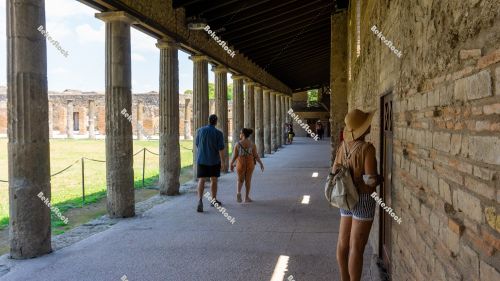
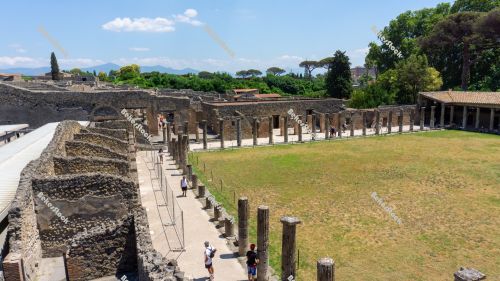
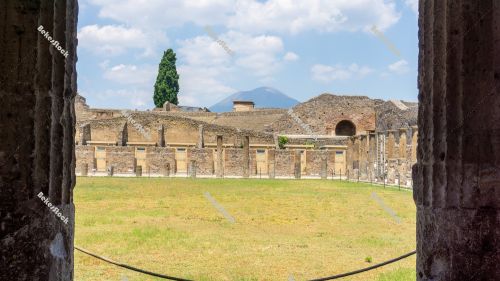

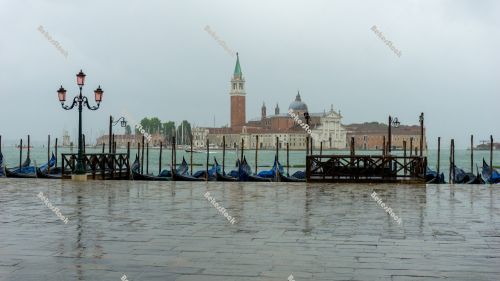
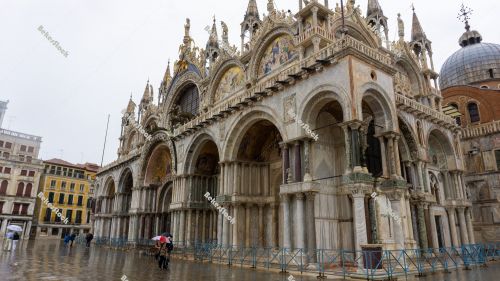
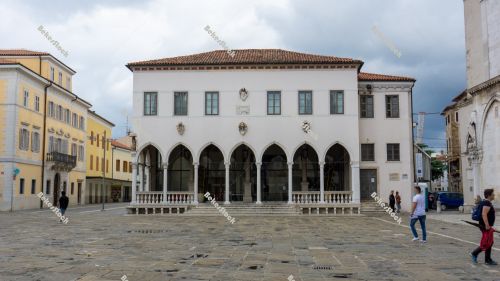

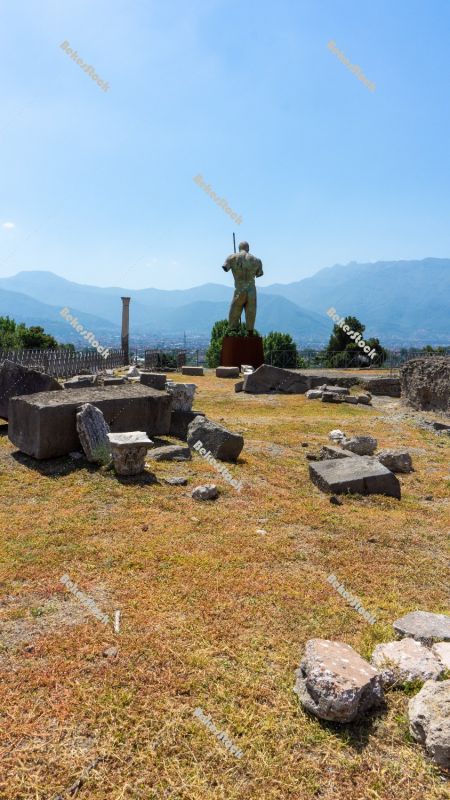
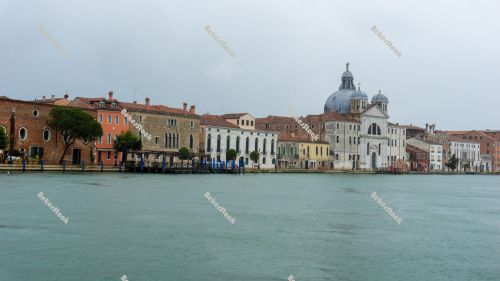
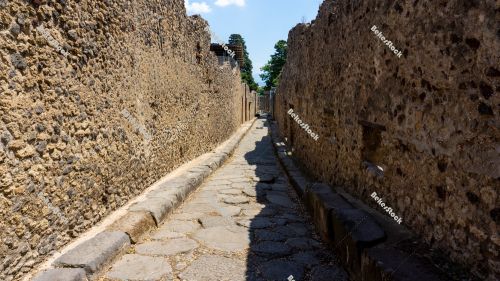
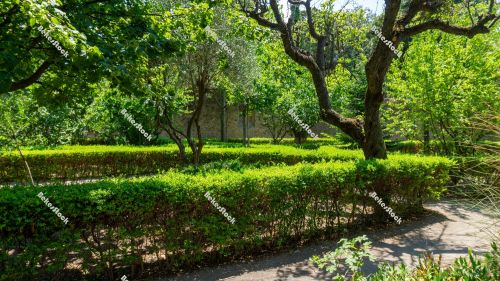
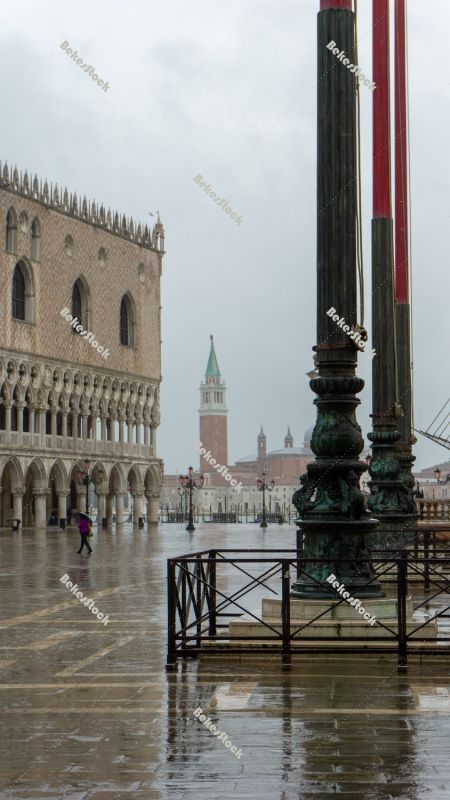
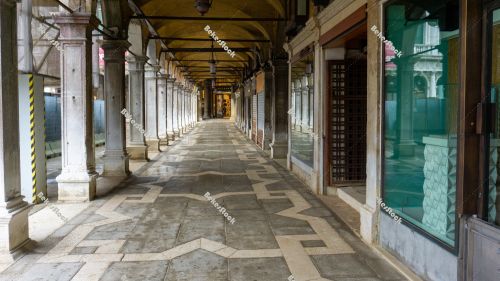
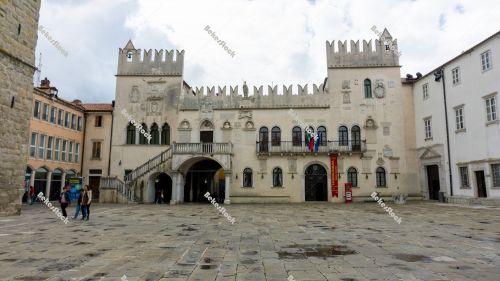
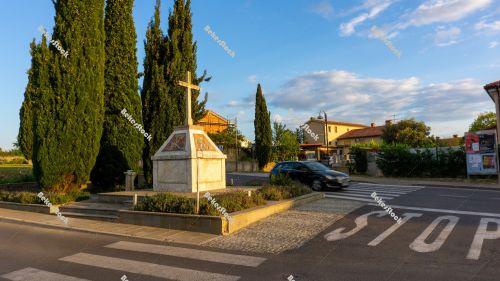
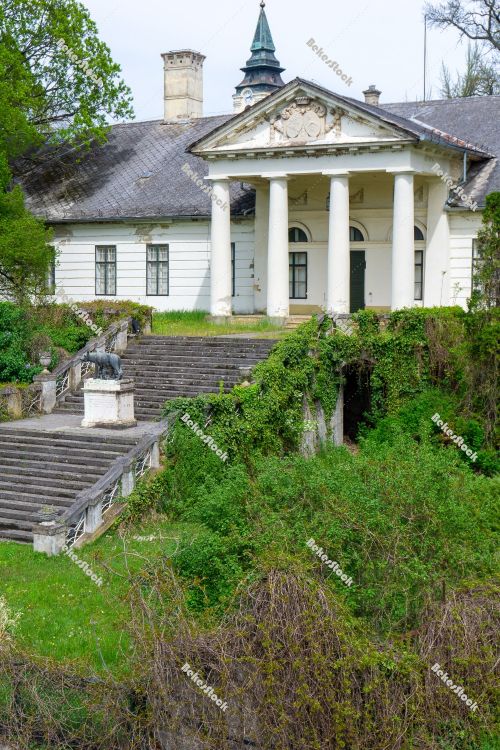
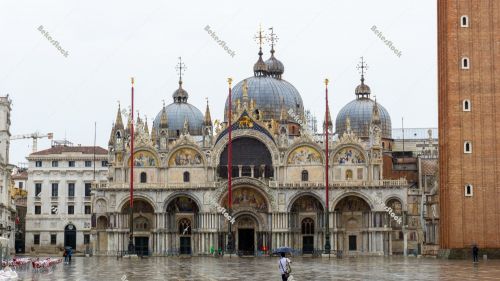
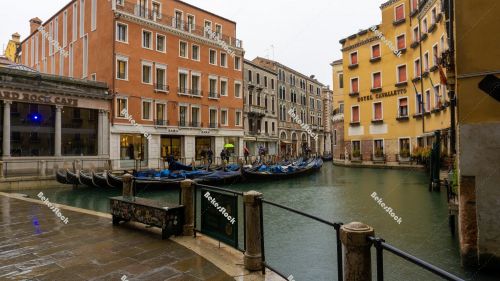
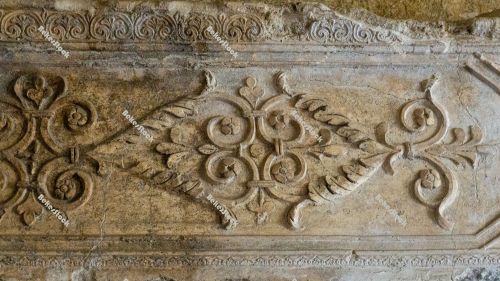


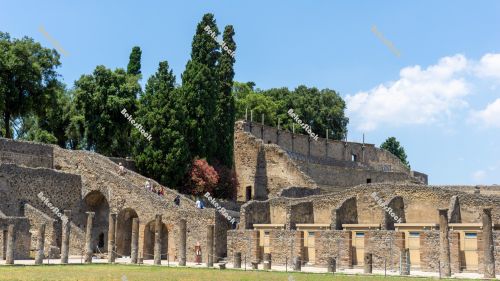
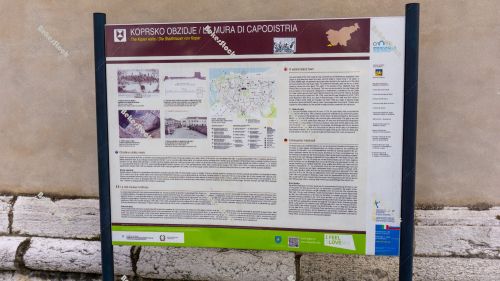
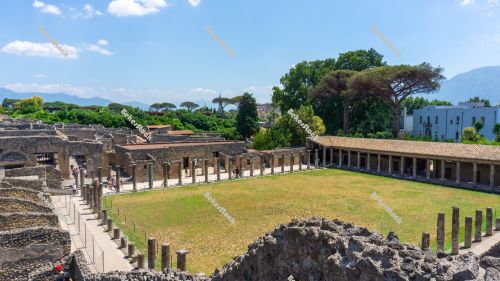

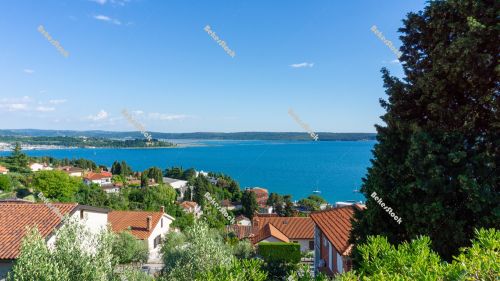
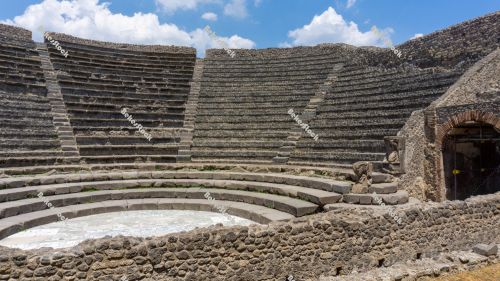


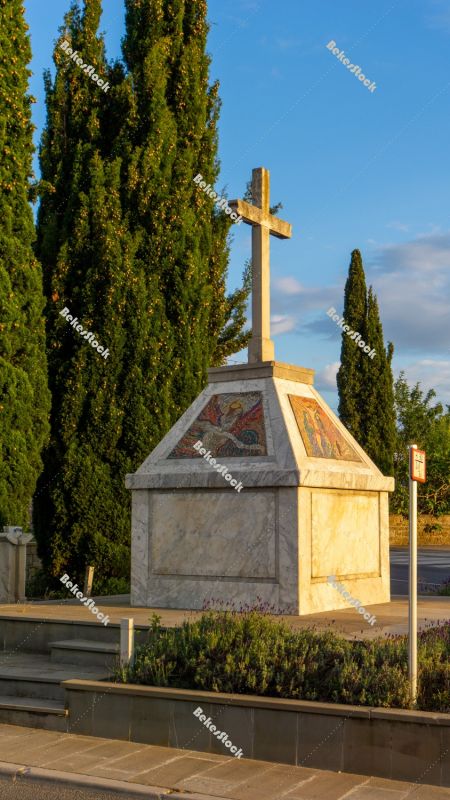
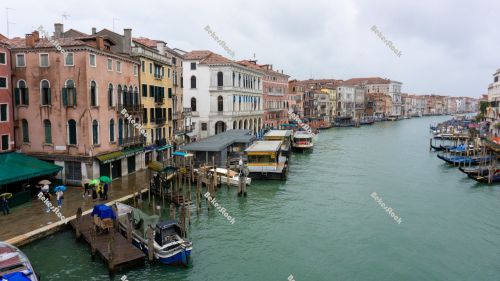

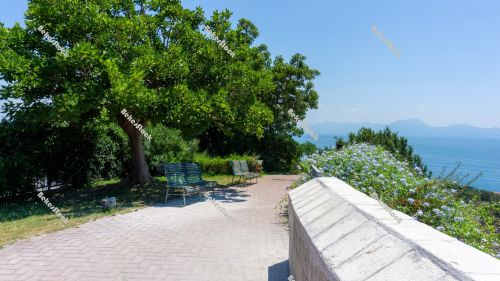
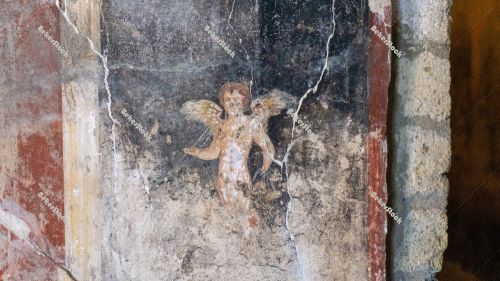

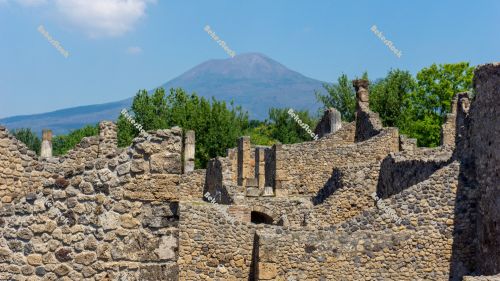
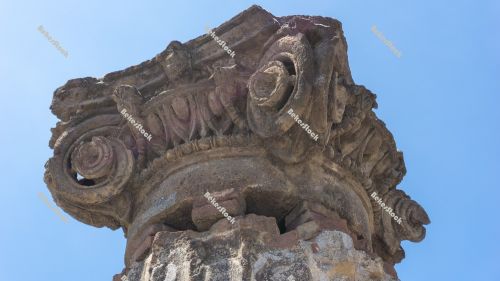

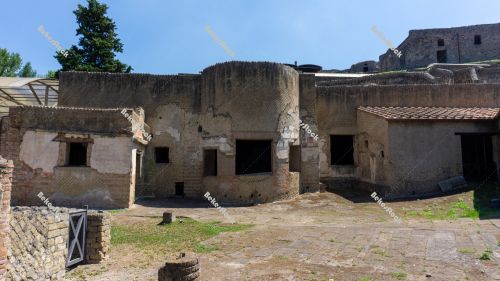
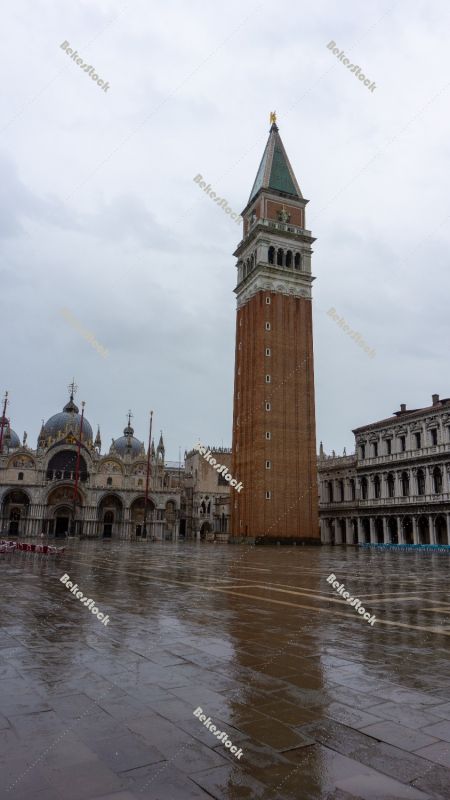
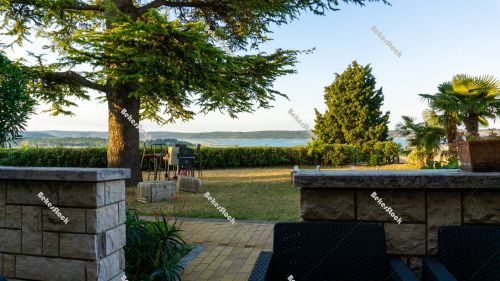

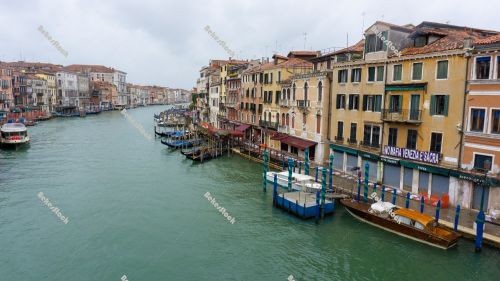
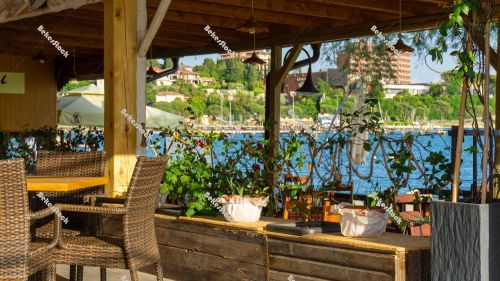

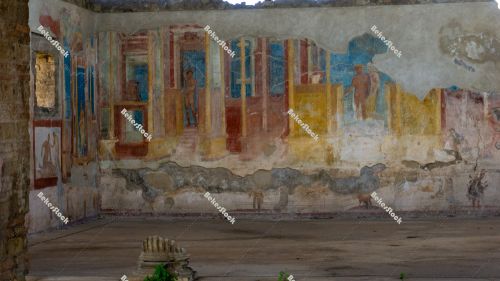

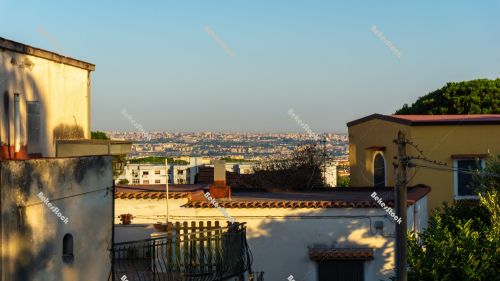
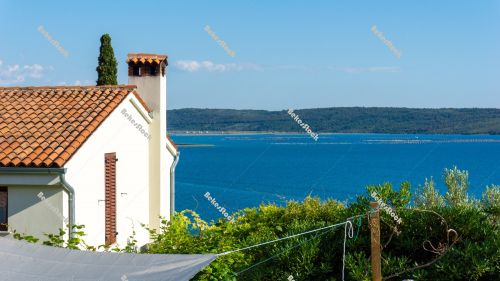
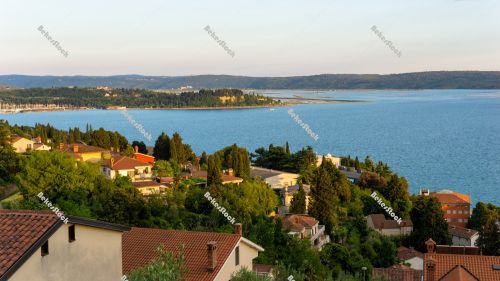
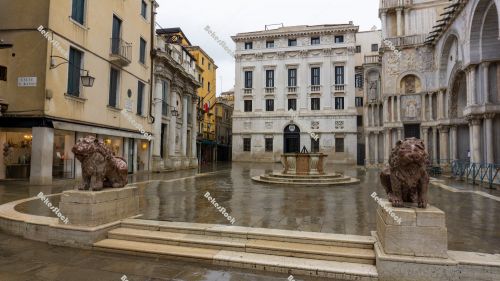
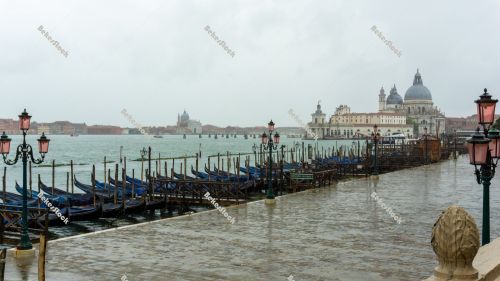


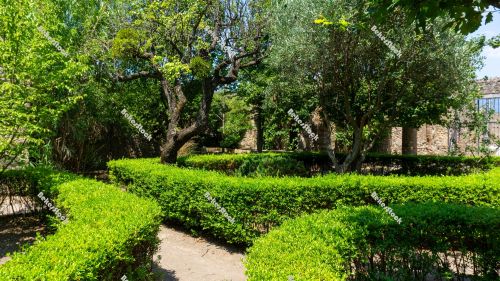

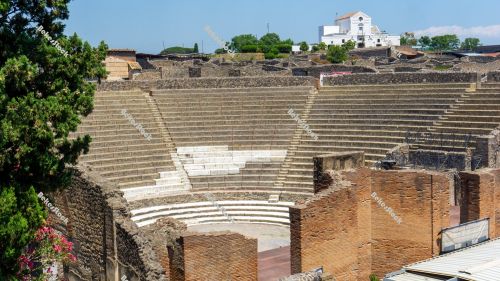



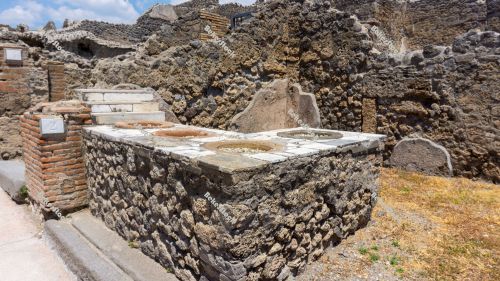
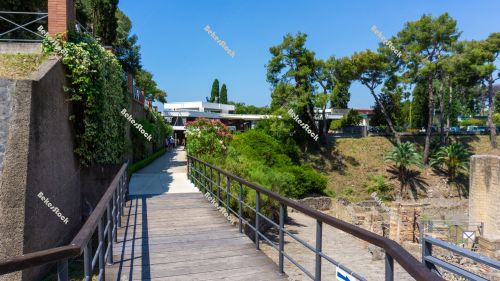
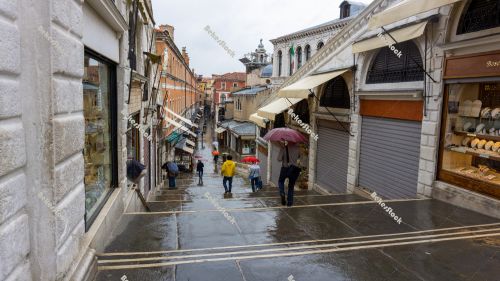
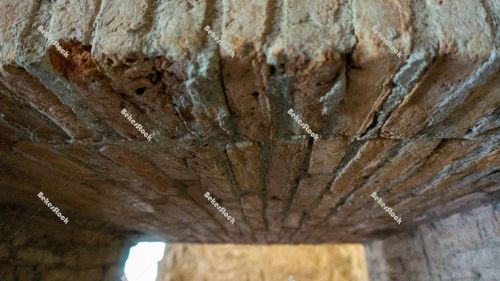
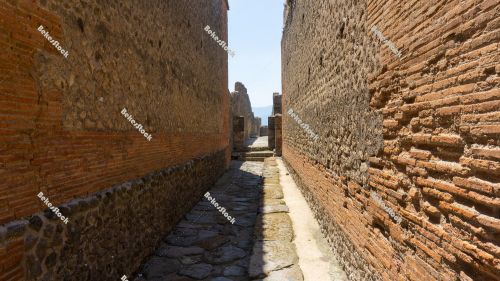
-
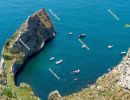 View of Capo di Posillipo from Parco Virgiliano (Virgilian Park)
View of Capo di Posillipo from Parco Virgiliano (Virgilian Park) -
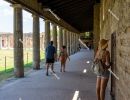 Cloister - QUADRIPORTICUS OF THE THEATRES OR GLADIATORS BARRACKS
Cloister - QUADRIPORTICUS OF THE THEATRES OR GLADIATORS BARRACKS -
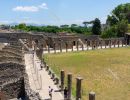 QUADRIPORTICUS OF THE THEATRES OR GLADIATORS BARRACKS in Pompeii
QUADRIPORTICUS OF THE THEATRES OR GLADIATORS BARRACKS in Pompeii -
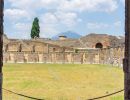 The view of Vesuvius from the Gladiators' Barracks. Pompei, Camp
The view of Vesuvius from the Gladiators' Barracks. Pompei, Camp -
 Bolza Castle (`Bolza-kastély`). Szarvas, Bekes County, Hungary
Bolza Castle (`Bolza-kastély`). Szarvas, Bekes County, Hungary -
 Empty gondolas moored, without tourists in Venice during the cor
Empty gondolas moored, without tourists in Venice during the cor -
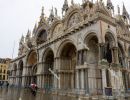 Deserted, rainy St. Mark's Square in Venice during the coronavirus
Deserted, rainy St. Mark's Square in Venice during the coronavirus -
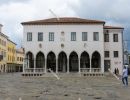 Loggia Palace (Slovenian: `Loža`, Italian: `palazzo della Loggi
Loggia Palace (Slovenian: `Loža`, Italian: `palazzo della Loggi -
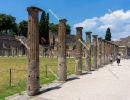 Cloister - QUADRIPORTICUS OF THE THEATRES OR GLADIATORS BARRACKS
Cloister - QUADRIPORTICUS OF THE THEATRES OR GLADIATORS BARRACKS -
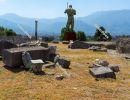 Sanctuary of Venus with bronze statue of Daedalus (`Dedalo`) in
Sanctuary of Venus with bronze statue of Daedalus (`Dedalo`) in -
 Giudecca photographed from the sea. Without tourists during the
Giudecca photographed from the sea. Without tourists during the -
 Street (`via`) in Pompeii. The narrow street is lined with stone
Street (`via`) in Pompeii. The narrow street is lined with stone -
 Botanical Garden (`Orto Botanico`) in Pompeii. Pompei, Campania,
Botanical Garden (`Orto Botanico`) in Pompeii. Pompei, Campania, -
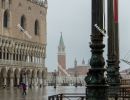 Deserted, rainy St. Mark's Square in Venice during the coronavir
Deserted, rainy St. Mark's Square in Venice during the coronavir -
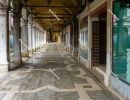 Deserted arcade on St. Mark's Square in Venice during the corona
Deserted arcade on St. Mark's Square in Venice during the corona -
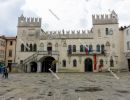 Praetorian Palace (Slovene: `Pretorska palača`, Italian: `palaz
Praetorian Palace (Slovene: `Pretorska palača`, Italian: `palaz -
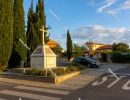 Column (cross) 'Beli Kriz' at sunset, Portoroz, Piran, Obalno-kr
Column (cross) 'Beli Kriz' at sunset, Portoroz, Piran, Obalno-kr -
 Bolza Castle (`Bolza-kastély`). Szarvas, Bekes County, Hungary
Bolza Castle (`Bolza-kastély`). Szarvas, Bekes County, Hungary -
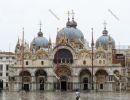 Deserted, rainy St. Mark's Square in Venice during the coronavir
Deserted, rainy St. Mark's Square in Venice during the coronavir -
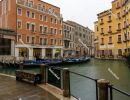 Deserted, rainy Bacino Orseolo in Venice during the coronavirus
Deserted, rainy Bacino Orseolo in Venice during the coronavirus -
 Wall decoration, stucco in the Suburban Baths in Pompeii. Pompei
Wall decoration, stucco in the Suburban Baths in Pompeii. Pompei -
 Old-fashioned, rusty lock and padlock on blue wooden door - Port
Old-fashioned, rusty lock and padlock on blue wooden door - Port -
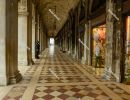 Deserted arcade on St. Mark's Square in Venice during the corona
Deserted arcade on St. Mark's Square in Venice during the corona -
 QUADRIPORTICUS OF THE THEATRES OR GLADIATORS BARRACKS in Pompeii
QUADRIPORTICUS OF THE THEATRES OR GLADIATORS BARRACKS in Pompeii -
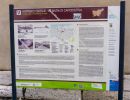 Information board - The Muda city gate (`Vrata Muda`). Koper, Sl
Information board - The Muda city gate (`Vrata Muda`). Koper, Sl -
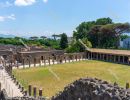 QUADRIPORTICUS OF THE THEATRES OR GLADIATORS BARRACKS in Pompeii
QUADRIPORTICUS OF THE THEATRES OR GLADIATORS BARRACKS in Pompeii -
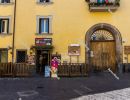 cuore nero CAFFÈ BAR - Caffetteria Scusate il Ritardo. Pollena
cuore nero CAFFÈ BAR - Caffetteria Scusate il Ritardo. Pollena -
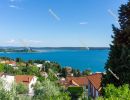 View from the balcony of Vila Toni, Portoroz, Piran, Obalno-kras
View from the balcony of Vila Toni, Portoroz, Piran, Obalno-kras -
 SMALL THEATRE – ODEON in Pompeii. Pompei, Campania, Italy, Jul
SMALL THEATRE – ODEON in Pompeii. Pompei, Campania, Italy, Jul -
 View from the terrace of Vila Toni at sunset, Portoroz, Piran, O
View from the terrace of Vila Toni at sunset, Portoroz, Piran, O -
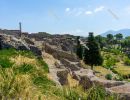 Bronze statue of Daedalus (`Dedalo`) on the terrace of the Sanct
Bronze statue of Daedalus (`Dedalo`) on the terrace of the Sanct -
 Column (cross) 'Beli Kriz' at sunset, Portoroz, Piran, Obalno-kr
Column (cross) 'Beli Kriz' at sunset, Portoroz, Piran, Obalno-kr -
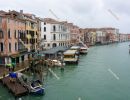 Grand Canal during the coronavirus crisis, Venice, Veneto, Italy
Grand Canal during the coronavirus crisis, Venice, Veneto, Italy -
 Ancient Roman column capital (head) with blue sky in the backgro
Ancient Roman column capital (head) with blue sky in the backgro -
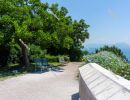 Parco Virgiliano (Virgilian Park) - Park with panoramic views. P
Parco Virgiliano (Virgilian Park) - Park with panoramic views. P -
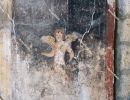 Detail of a fresco in the Suburban Baths in Pompeii. Pompei, Cam
Detail of a fresco in the Suburban Baths in Pompeii. Pompei, Cam -
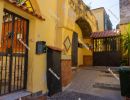 Typical country houses and house gates in Campania. Pollena Troc
Typical country houses and house gates in Campania. Pollena Troc -
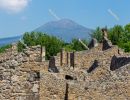 Ancient ruins of Pompeii, with Mount Vesuvius (`Vesuvio`) in the
Ancient ruins of Pompeii, with Mount Vesuvius (`Vesuvio`) in the -
 Ancient Roman column capital (head) with blue sky in the backgro
Ancient Roman column capital (head) with blue sky in the backgro -
 Mosaic decoration in the Suburban Baths in Pompeii. Pompei, Camp
Mosaic decoration in the Suburban Baths in Pompeii. Pompei, Camp -
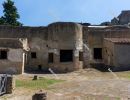 The Suburban Baths in Pompeii. Pompei, Campania, Italy, July 202
The Suburban Baths in Pompeii. Pompei, Campania, Italy, July 202 -
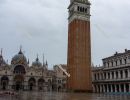 Deserted, rainy St. Mark's Square in Venice during the coronavir
Deserted, rainy St. Mark's Square in Venice during the coronavir -
 Dawn on the terrace of 'Vila Toni', Portoroz, Piran, Obalno-kras
Dawn on the terrace of 'Vila Toni', Portoroz, Piran, Obalno-kras -
 Detail of a graffiti in Pompeii. Pompei, Campania, Italy, July 2
Detail of a graffiti in Pompeii. Pompei, Campania, Italy, July 2 -
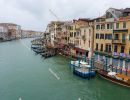 Grand Canal during the coronavirus crisis, Venice, Veneto, Italy
Grand Canal during the coronavirus crisis, Venice, Veneto, Italy -
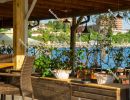 Bar terrace in Portoroz on the Adriatic coast, 'Cafe Bar Pri Pom
Bar terrace in Portoroz on the Adriatic coast, 'Cafe Bar Pri Pom -
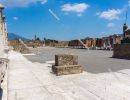 Civil Forum in Pompeii. The blue sky and Mount Vesuvius provide
Civil Forum in Pompeii. The blue sky and Mount Vesuvius provide -
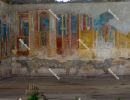 GYMNASIUM OF THE IUVENES. The entrance of the Gymnasium is locat
GYMNASIUM OF THE IUVENES. The entrance of the Gymnasium is locat -
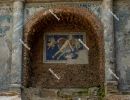 Fake cave, adorned with a mosaic in the Suburban Baths in Pompei
Fake cave, adorned with a mosaic in the Suburban Baths in Pompei -
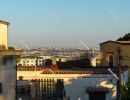 Pollena Trocchia, view of Naples. Pollena Trocchia, Naples (`Nap
Pollena Trocchia, view of Naples. Pollena Trocchia, Naples (`Nap -
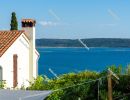 View from the mountain to the Adriatic Sea, Portoroz, Piran, Oba
View from the mountain to the Adriatic Sea, Portoroz, Piran, Oba -
![View from the terrace of Vila Toni at sunset, Portoroz, Piran, O View from the terrace of Vila Toni at sunset, Portoroz, Piran, O]() View from the terrace of Vila Toni at sunset, Portoroz, Piran, O
View from the terrace of Vila Toni at sunset, Portoroz, Piran, O -
![Deserted rainy street in Venice during the coronavirus crisis, V Deserted rainy street in Venice during the coronavirus crisis, V]() Deserted rainy street in Venice during the coronavirus crisis, V
Deserted rainy street in Venice during the coronavirus crisis, V -
![Empty gondolas moored, without tourists in Venice during the cor Empty gondolas moored, without tourists in Venice during the cor]() Empty gondolas moored, without tourists in Venice during the cor
Empty gondolas moored, without tourists in Venice during the cor -
![GYMNASIUM OF THE IUVENES. The entrance of the Gymnasium is locat GYMNASIUM OF THE IUVENES. The entrance of the Gymnasium is locat]() GYMNASIUM OF THE IUVENES. The entrance of the Gymnasium is locat
GYMNASIUM OF THE IUVENES. The entrance of the Gymnasium is locat -
![Grand Canal during the coronavirus crisis, Venice, Veneto, Italy Grand Canal during the coronavirus crisis, Venice, Veneto, Italy]() Grand Canal during the coronavirus crisis, Venice, Veneto, Italy
Grand Canal during the coronavirus crisis, Venice, Veneto, Italy -
![Botanical Garden (`Orto Botanico`) in Pompeii. Pompei, Campania, Botanical Garden (`Orto Botanico`) in Pompeii. Pompei, Campania,]() Botanical Garden (`Orto Botanico`) in Pompeii. Pompei, Campania,
Botanical Garden (`Orto Botanico`) in Pompeii. Pompei, Campania, -
![Woman in green patterned medical mask on the water bus. Venice, Woman in green patterned medical mask on the water bus. Venice,]() Woman in green patterned medical mask on the water bus. Venice,
Woman in green patterned medical mask on the water bus. Venice, -
![Large Theatre (`Teatro Grande`) in Pompeii. Pompei, Campania, It Large Theatre (`Teatro Grande`) in Pompeii. Pompei, Campania, It]() Large Theatre (`Teatro Grande`) in Pompeii. Pompei, Campania, It
Large Theatre (`Teatro Grande`) in Pompeii. Pompei, Campania, It -
![Courtyard of a building in Pompeii, with Lenader and the blue sk Courtyard of a building in Pompeii, with Lenader and the blue sk]() Courtyard of a building in Pompeii, with Lenader and the blue sk
Courtyard of a building in Pompeii, with Lenader and the blue sk -
![Old style lock and padlock on the blue wooden door - Portoroz, P Old style lock and padlock on the blue wooden door - Portoroz, P]() Old style lock and padlock on the blue wooden door - Portoroz, P
Old style lock and padlock on the blue wooden door - Portoroz, P -
![Recycling, selective trash boxes, Portoroz, Piran, Obalno-kraska Recycling, selective trash boxes, Portoroz, Piran, Obalno-kraska]() Recycling, selective trash boxes, Portoroz, Piran, Obalno-kraska
Recycling, selective trash boxes, Portoroz, Piran, Obalno-kraska -
![Ancient tavern (Thermopolium) in Pompeii. Pompei, Campania, Ital Ancient tavern (Thermopolium) in Pompeii. Pompei, Campania, Ital]() Ancient tavern (Thermopolium) in Pompeii. Pompei, Campania, Ital
Ancient tavern (Thermopolium) in Pompeii. Pompei, Campania, Ital -
![Ticket office in the Archaeological Park of Pompeii, photographe Ticket office in the Archaeological Park of Pompeii, photographe]() Ticket office in the Archaeological Park of Pompeii, photographe
Ticket office in the Archaeological Park of Pompeii, photographe -
![Deserted rainy street in Venice during the coronavirus crisis, V Deserted rainy street in Venice during the coronavirus crisis, V]() Deserted rainy street in Venice during the coronavirus crisis, V
Deserted rainy street in Venice during the coronavirus crisis, V -
![The door is a brick ceiling in the Suburban Baths in Pompeii. Po The door is a brick ceiling in the Suburban Baths in Pompeii. Po]() The door is a brick ceiling in the Suburban Baths in Pompeii. Po
The door is a brick ceiling in the Suburban Baths in Pompeii. Po -
![Alley way (`vicolo`) in Pompeii. The narrow street is lined with Alley way (`vicolo`) in Pompeii. The narrow street is lined with]() Alley way (`vicolo`) in Pompeii. The narrow street is lined with
Alley way (`vicolo`) in Pompeii. The narrow street is lined with


